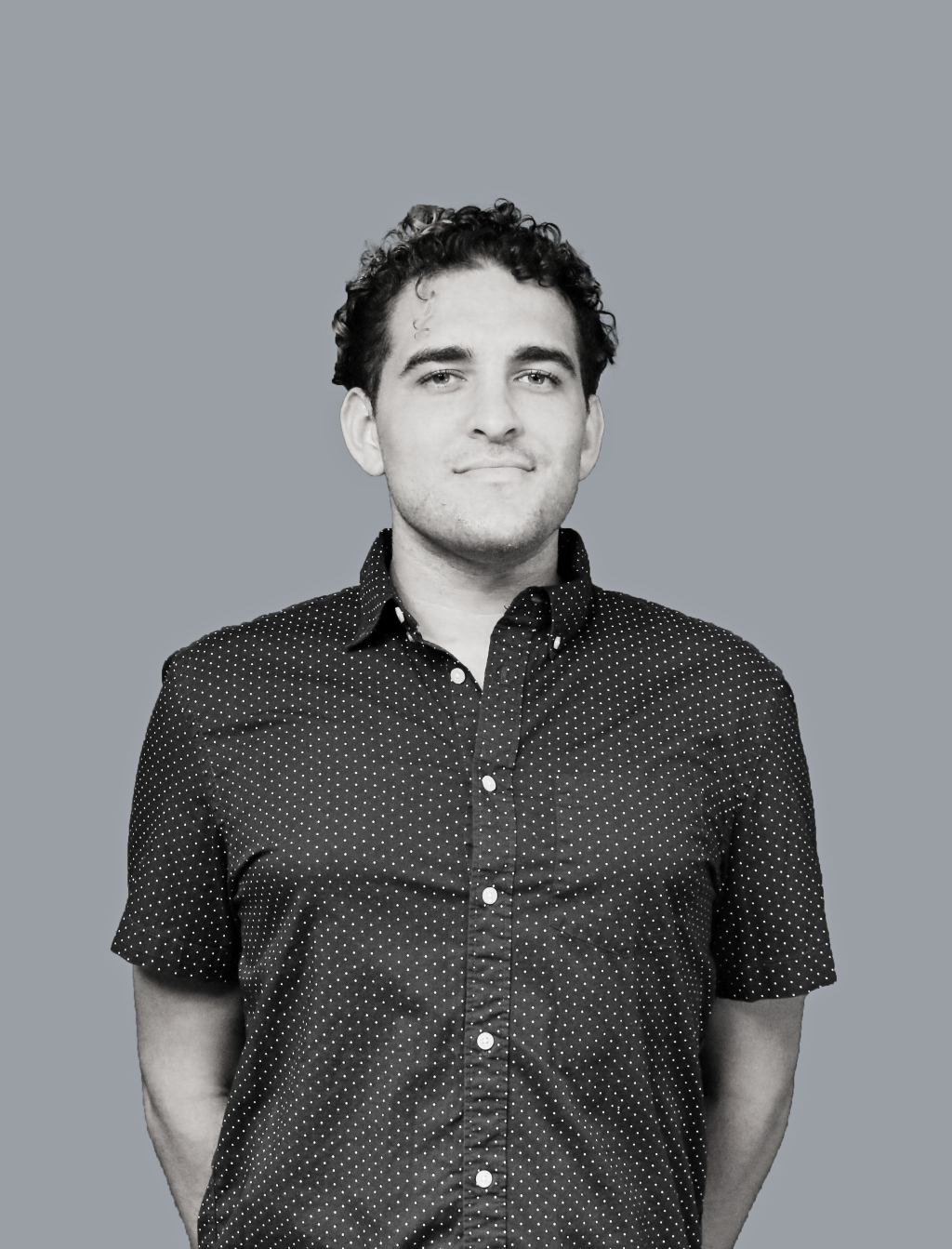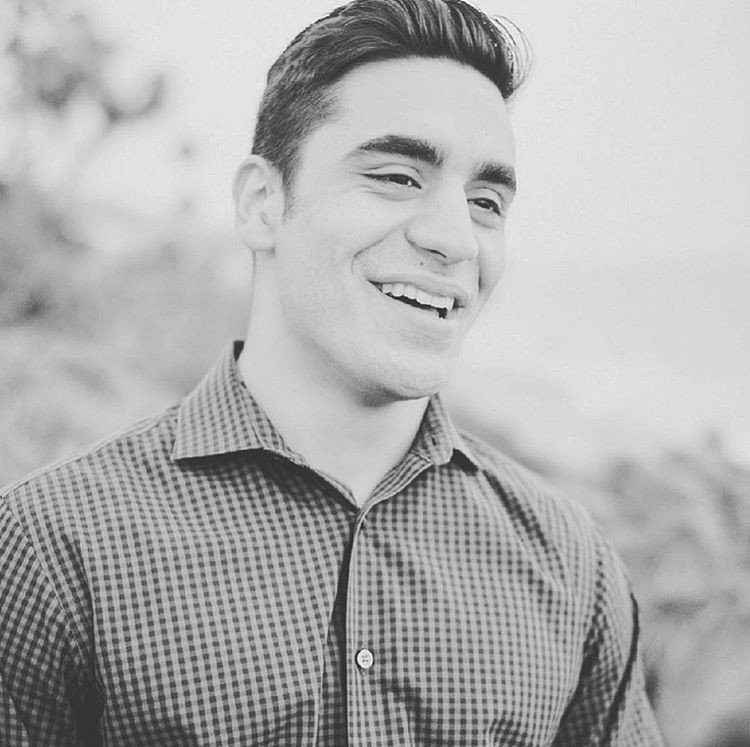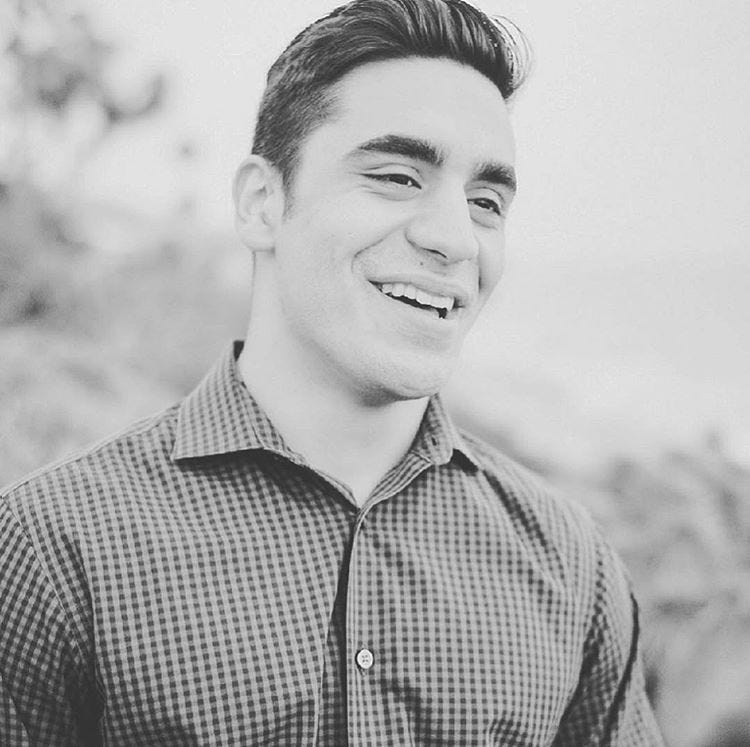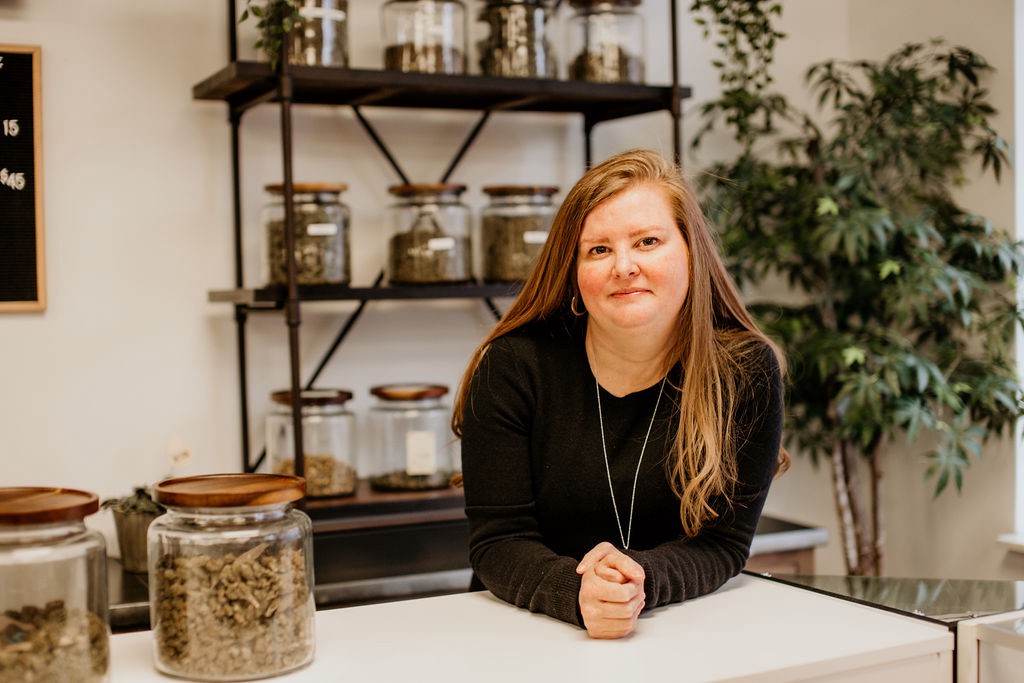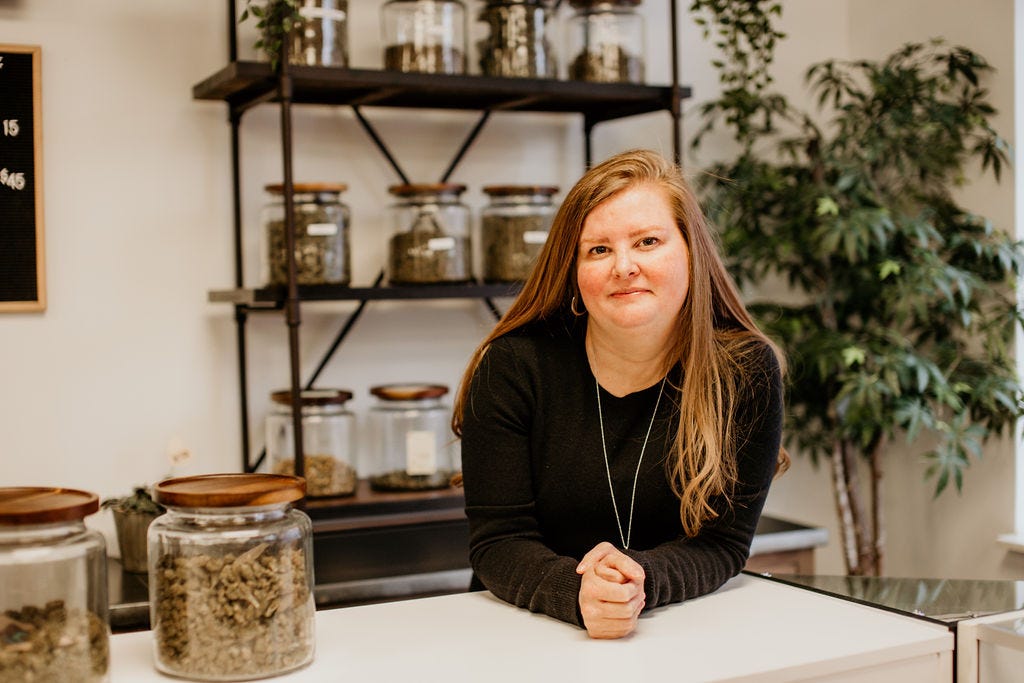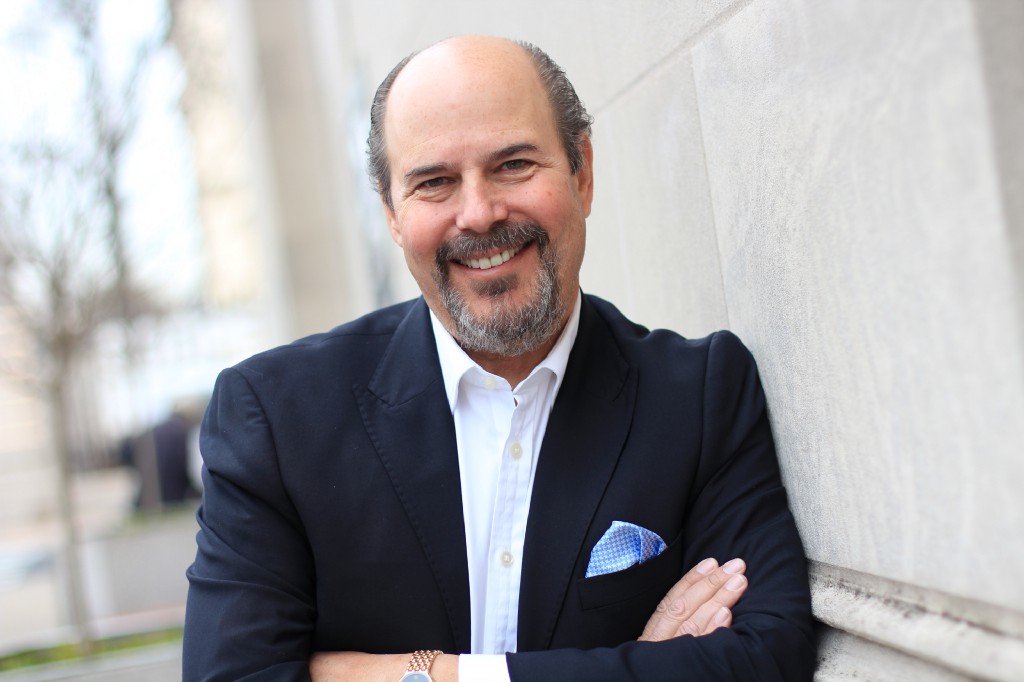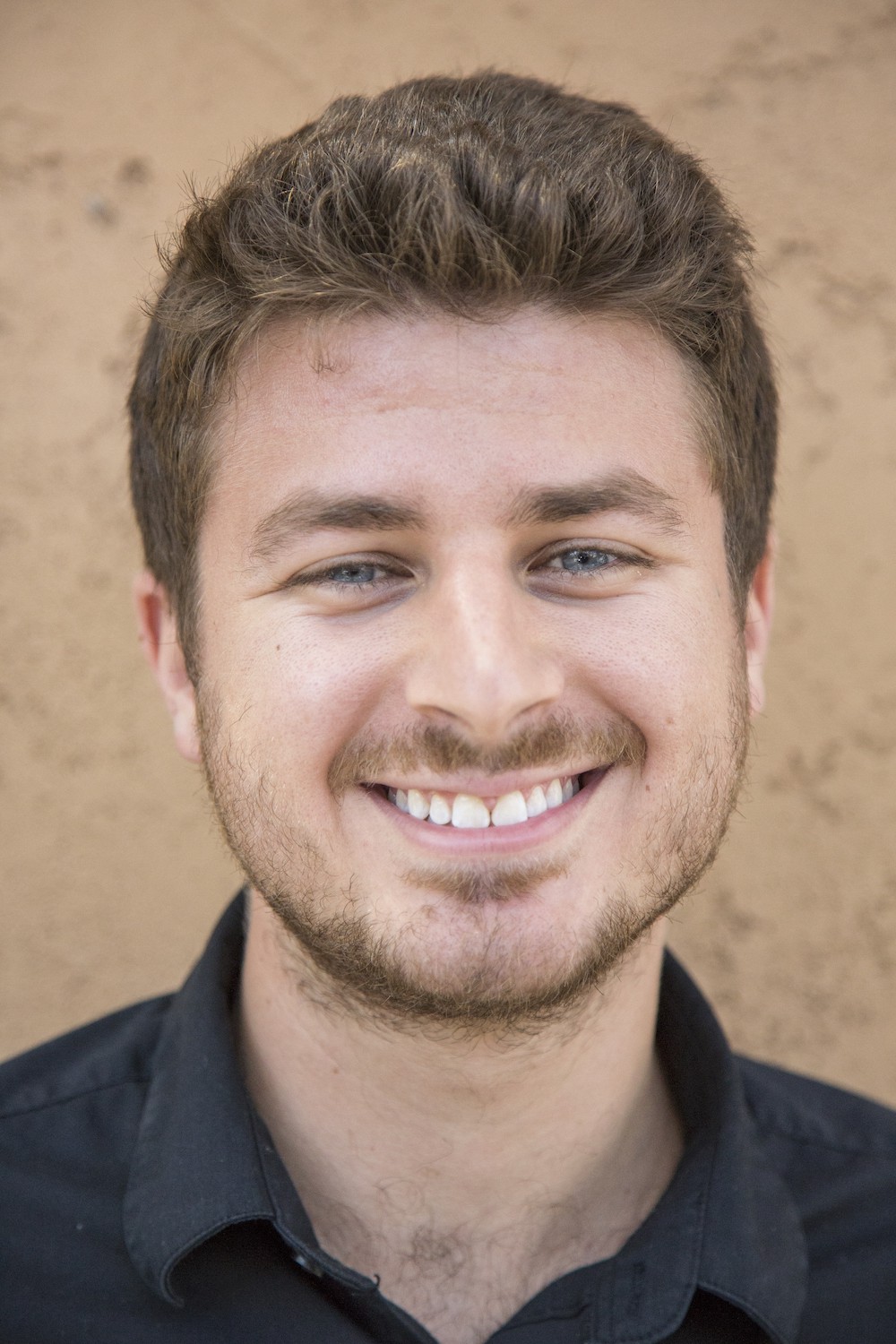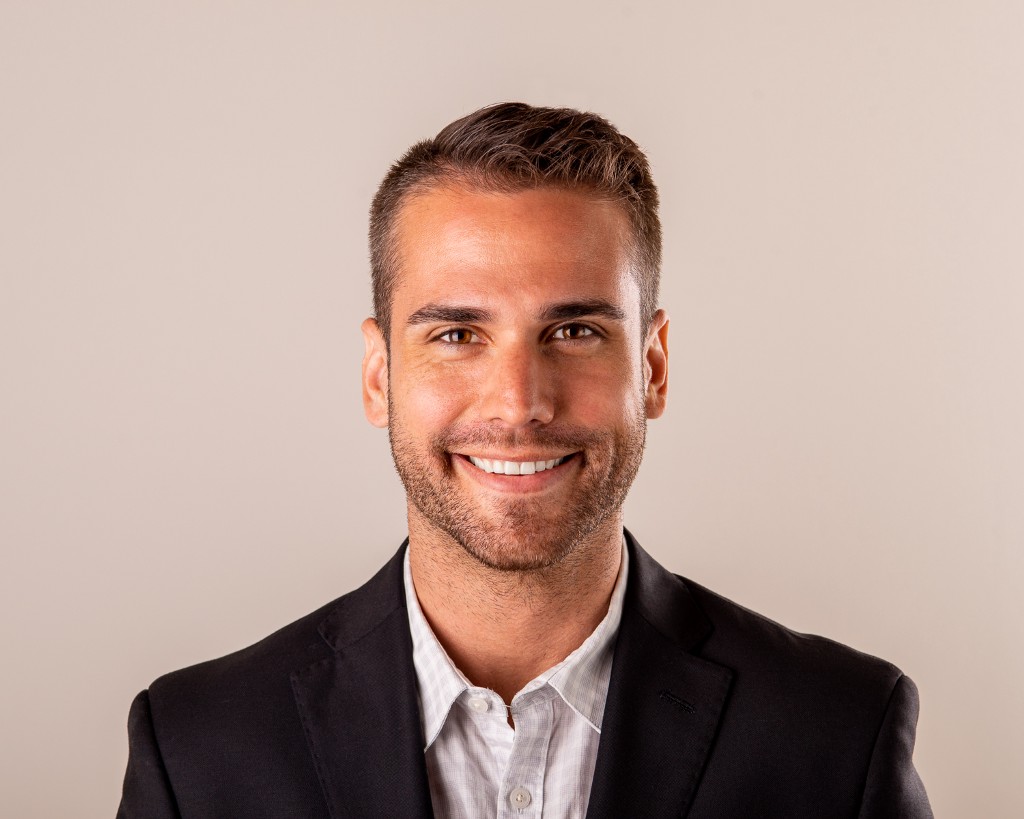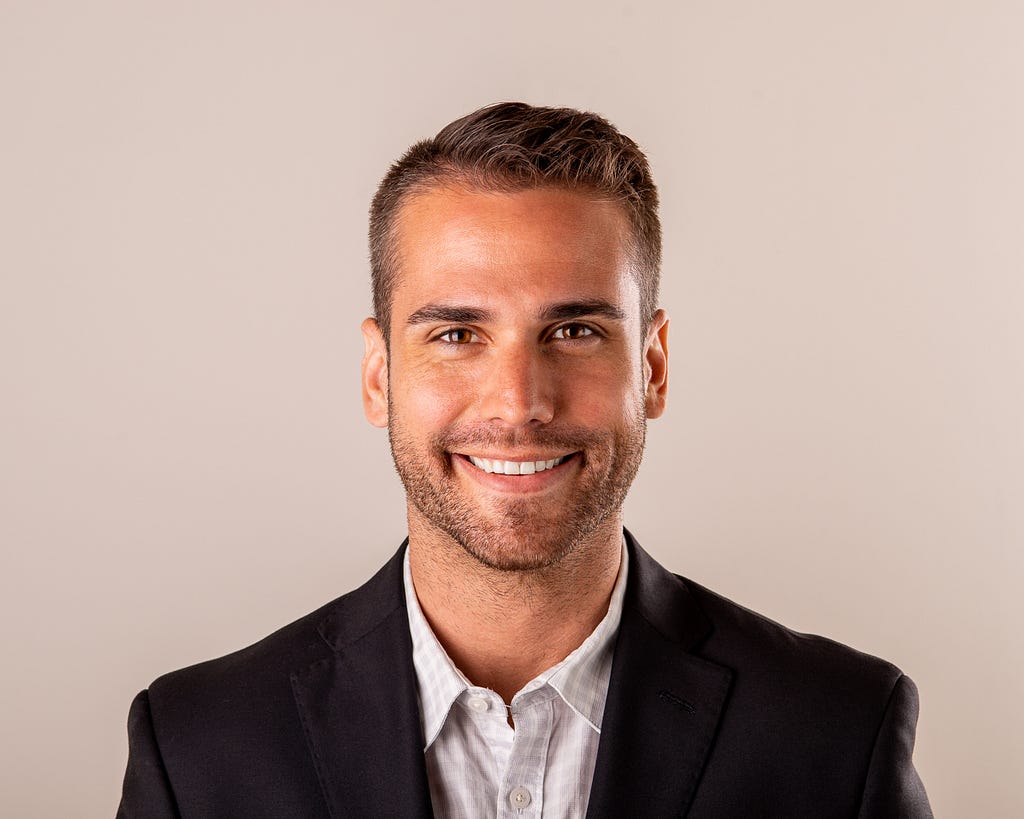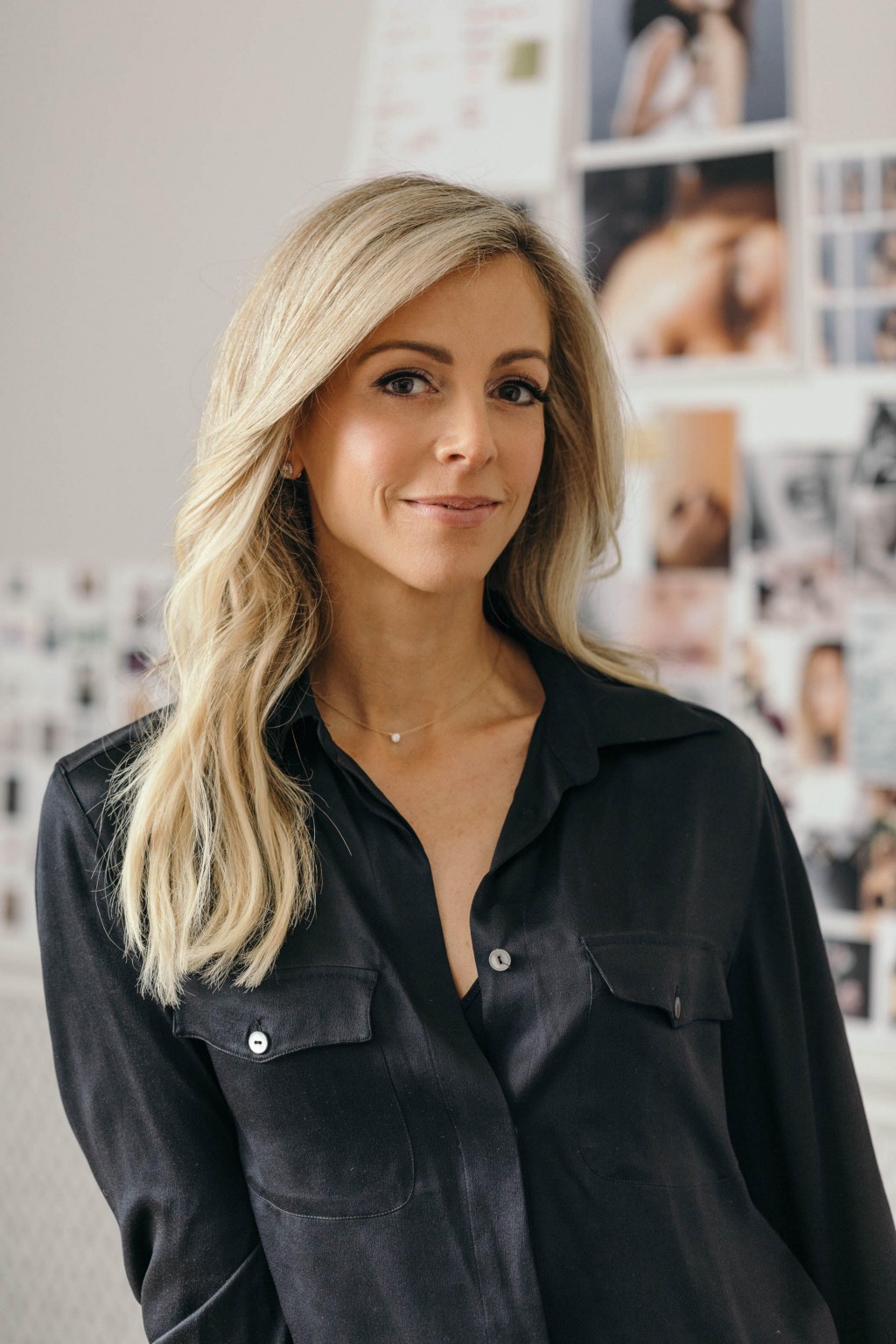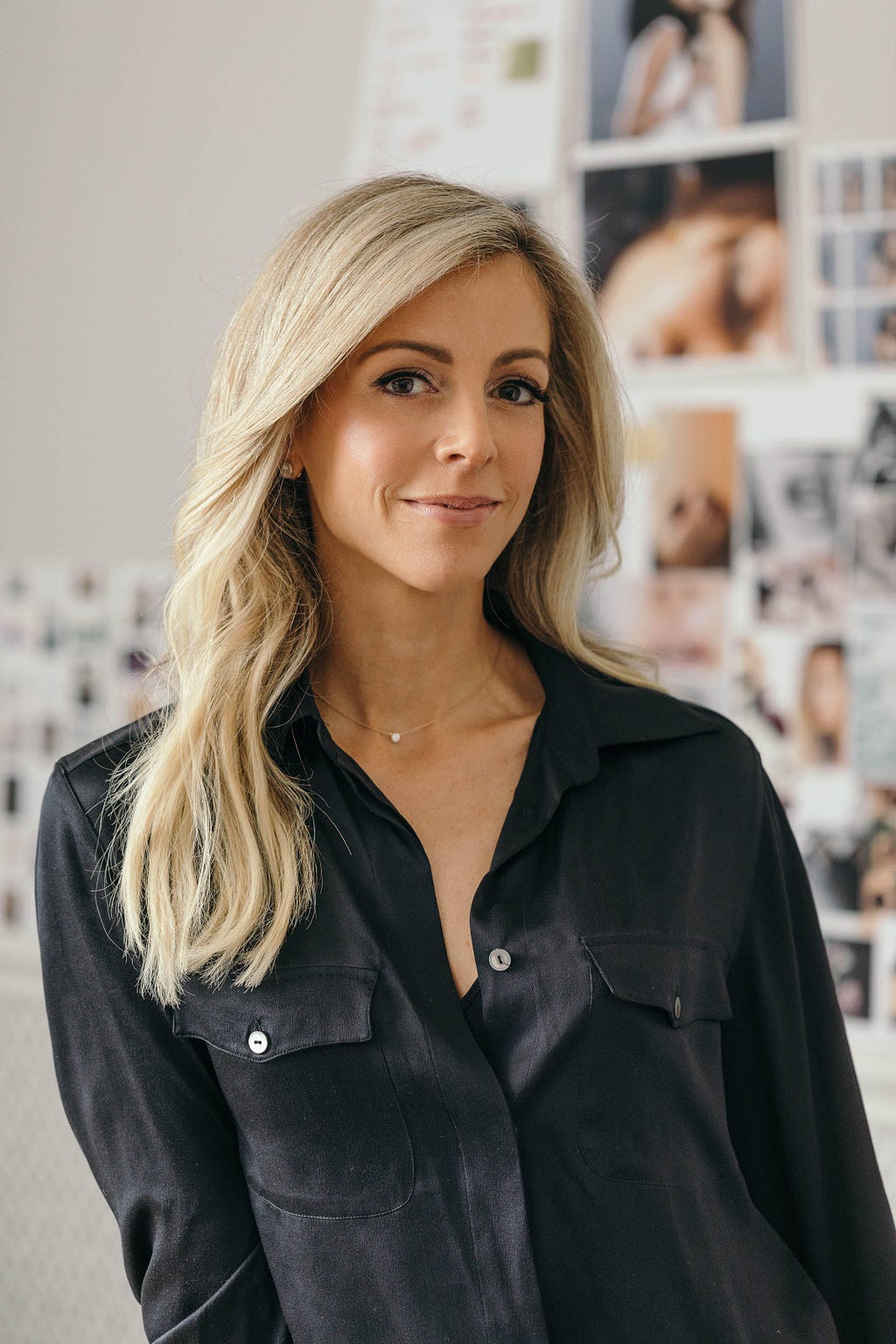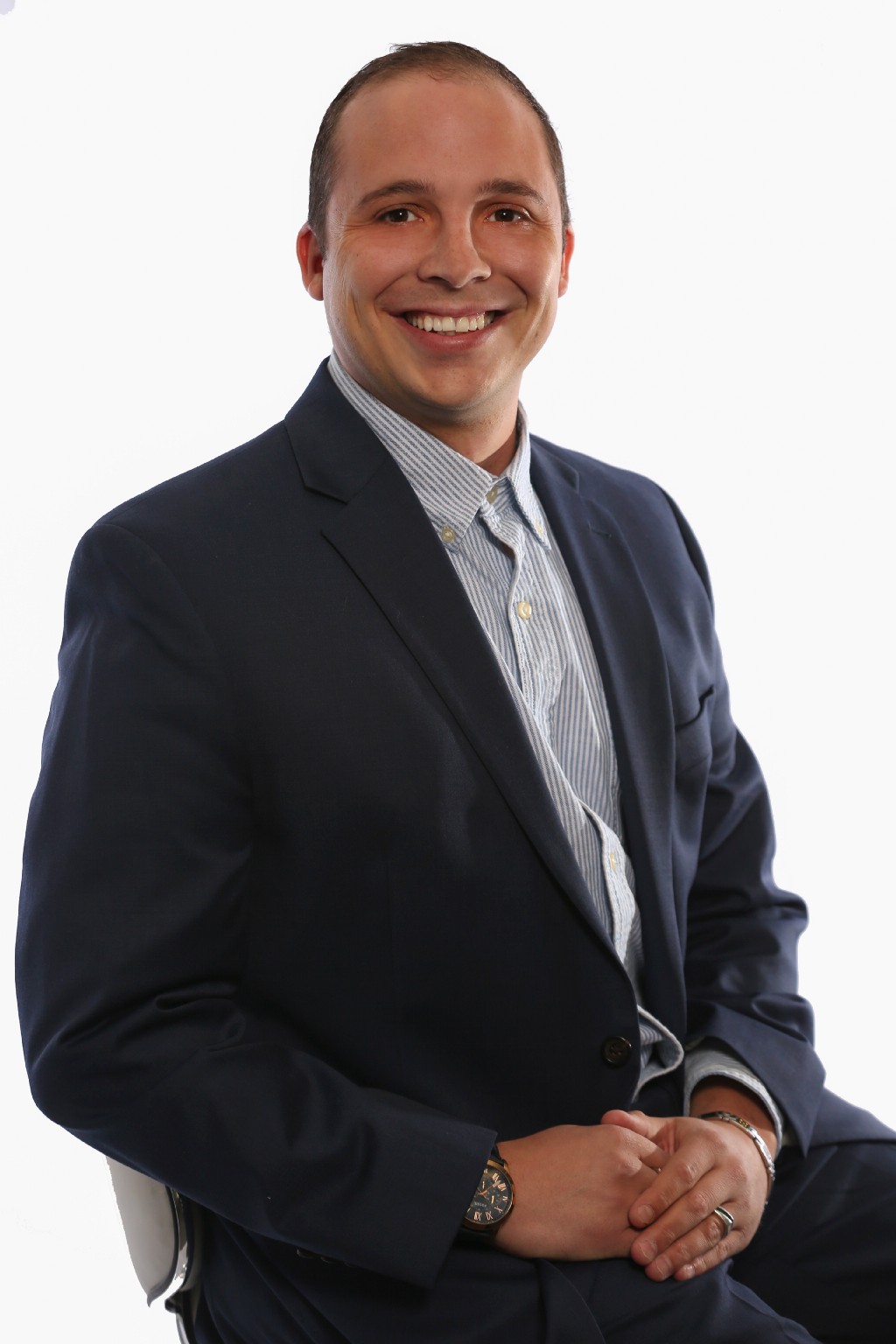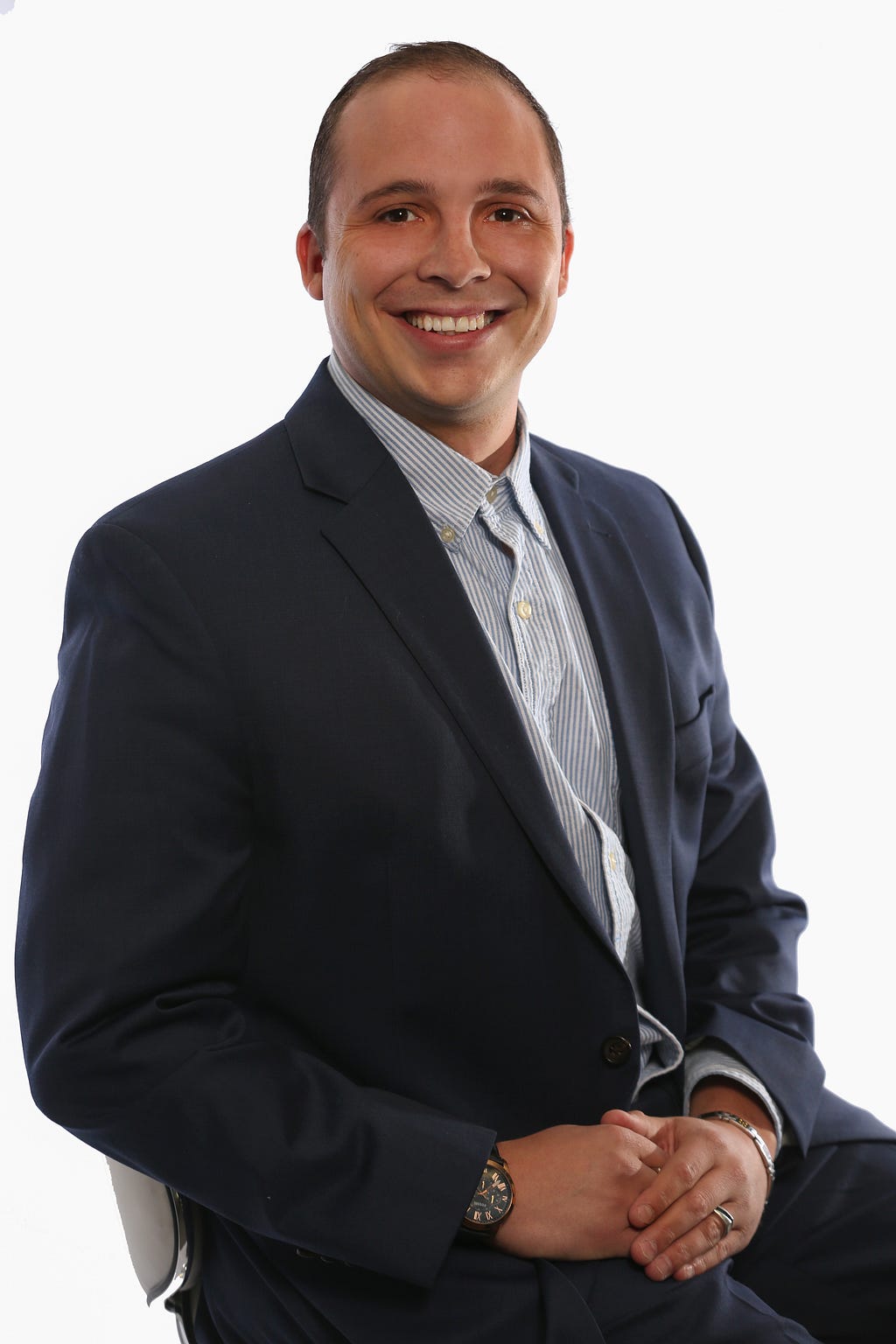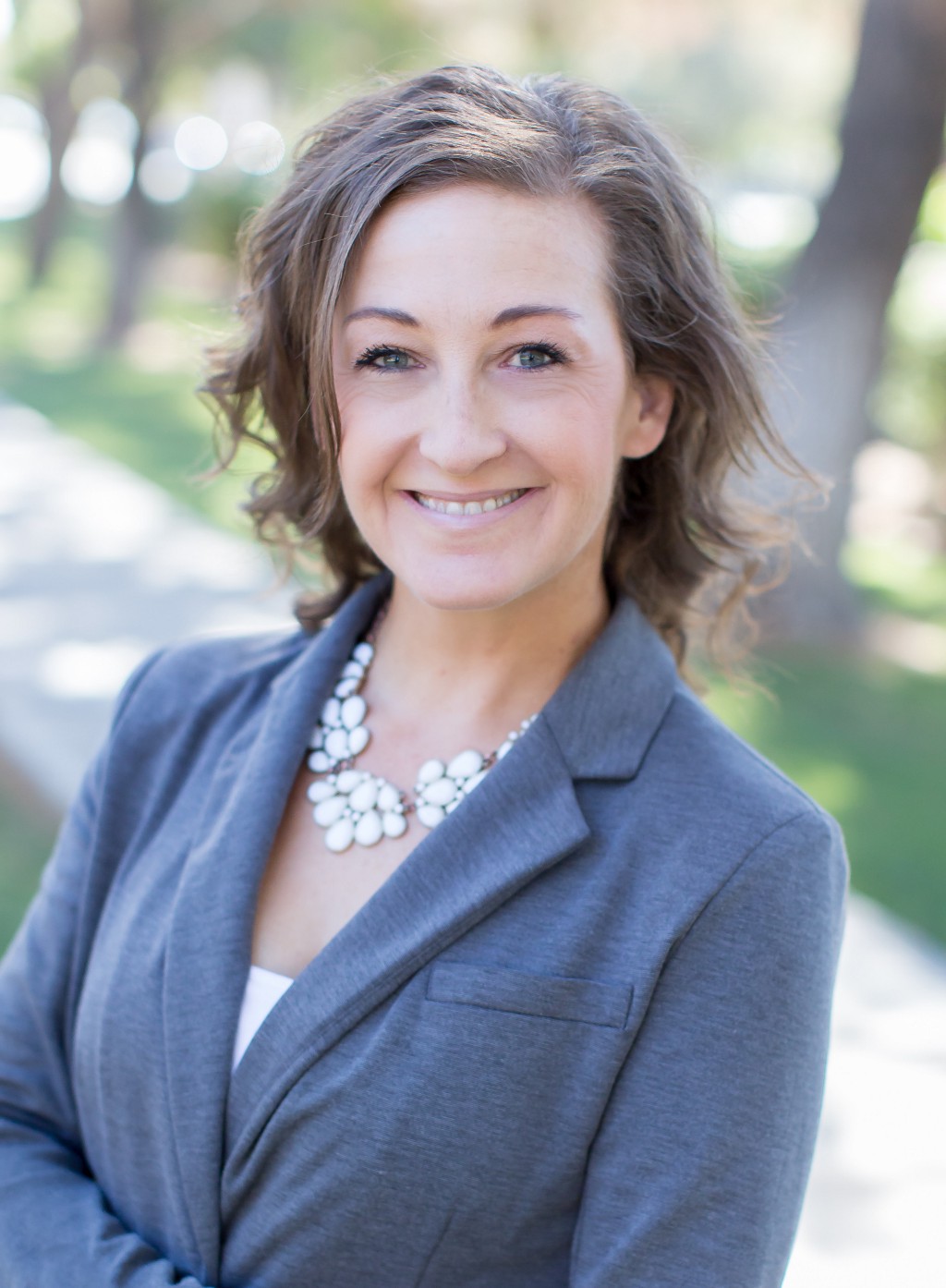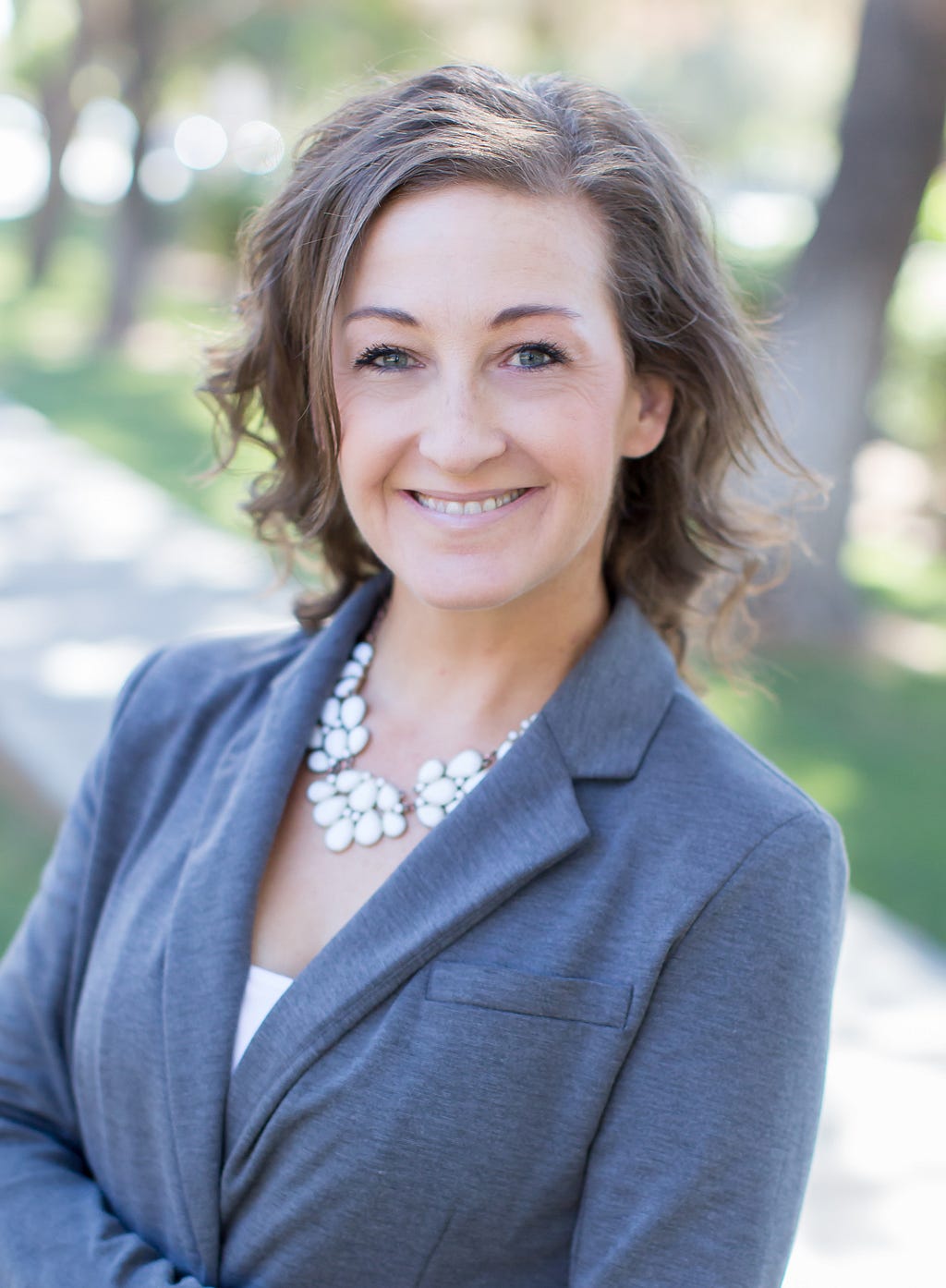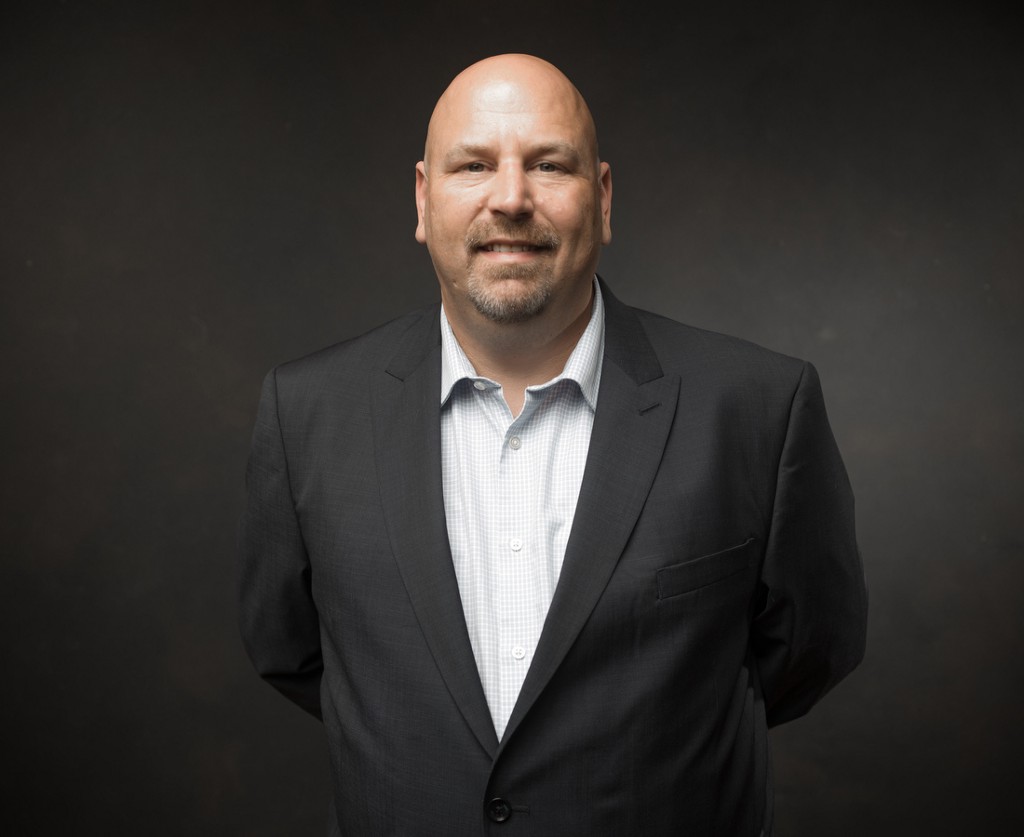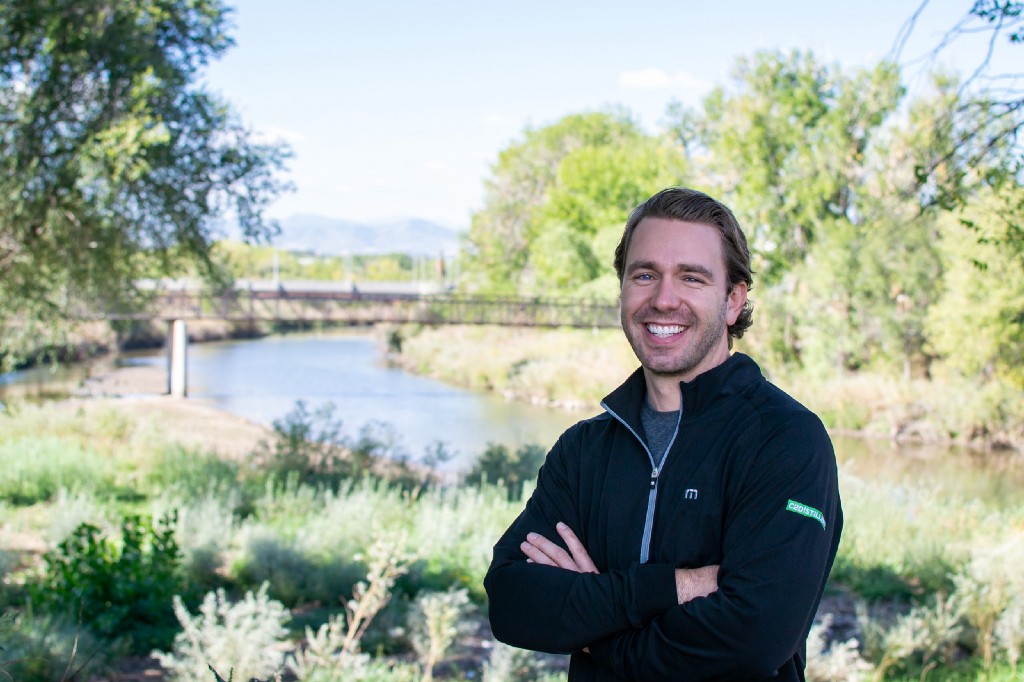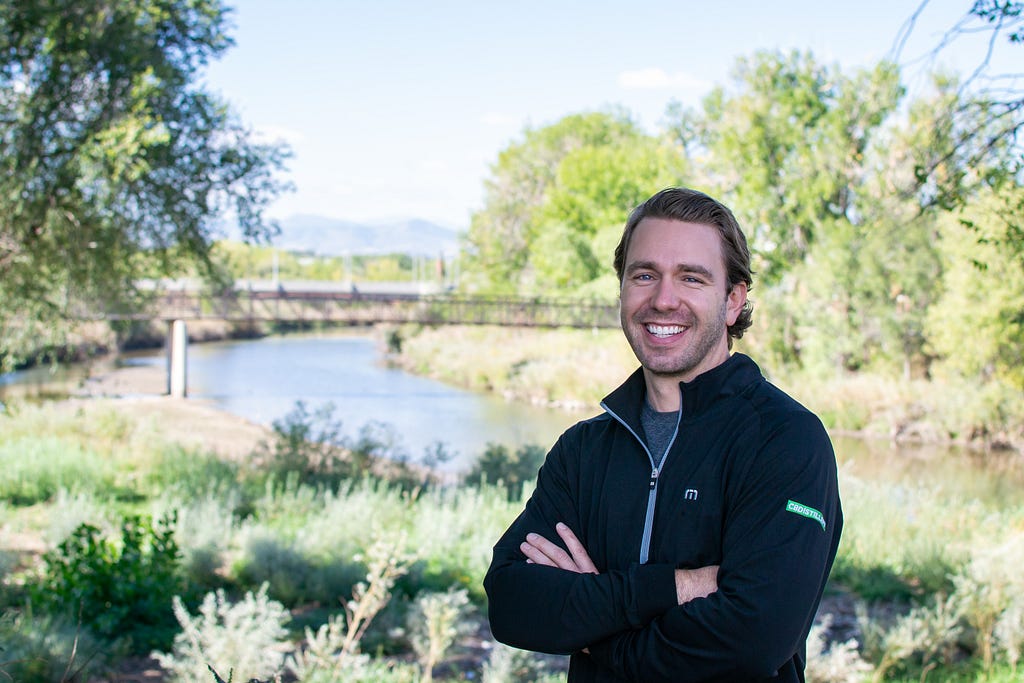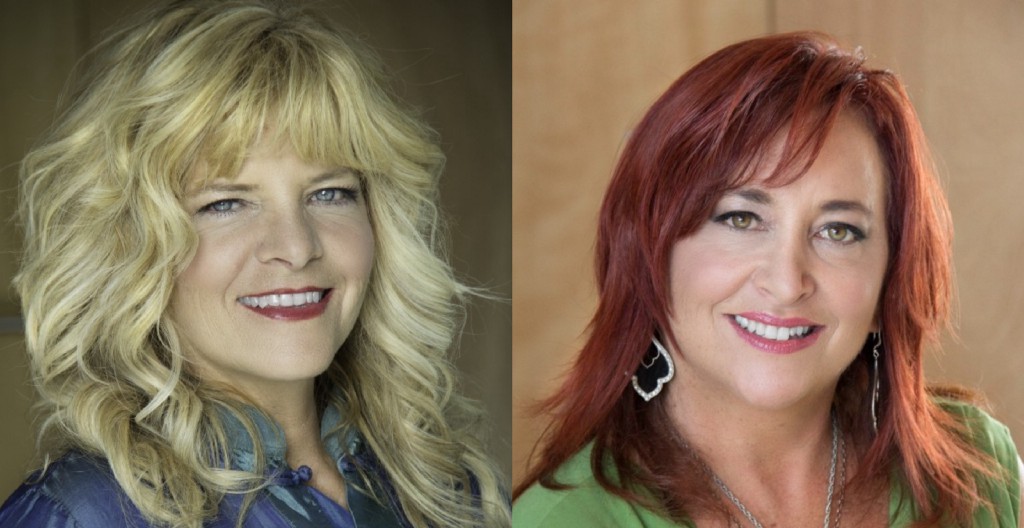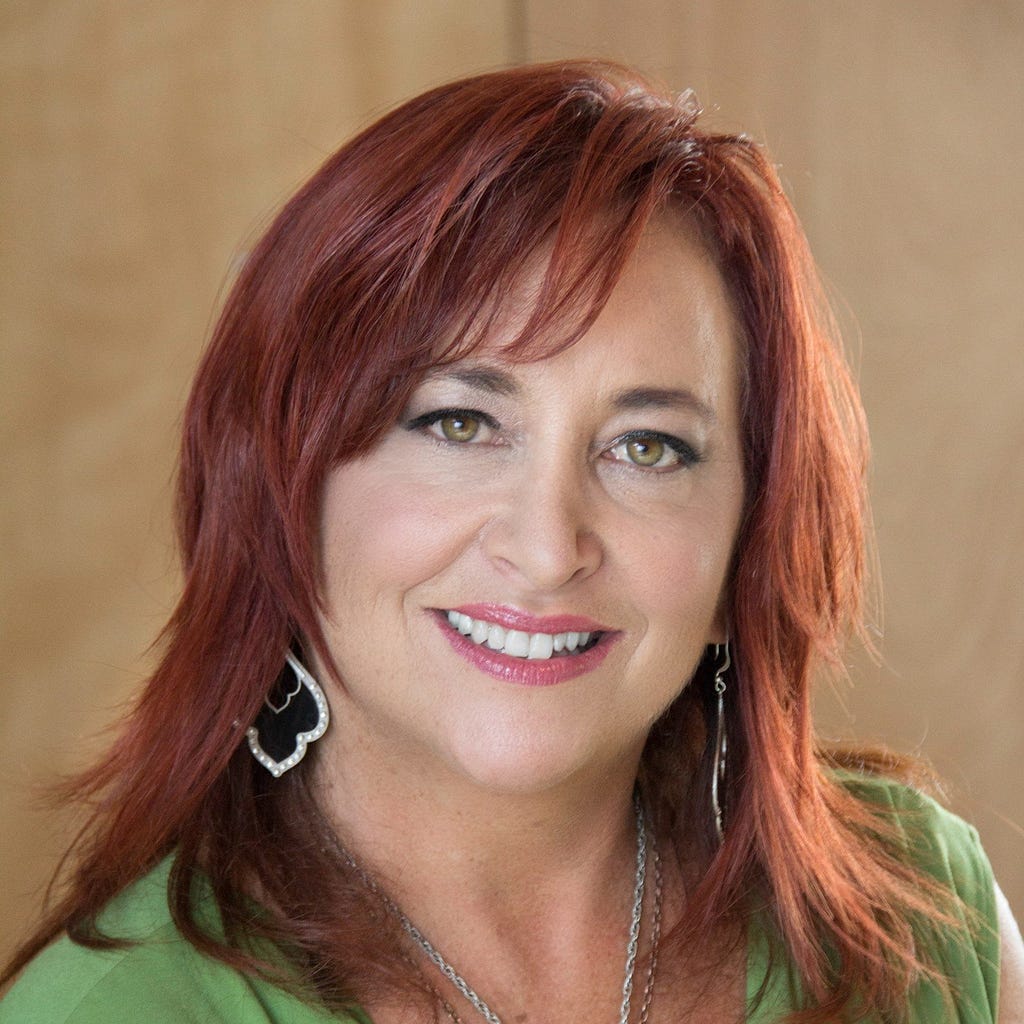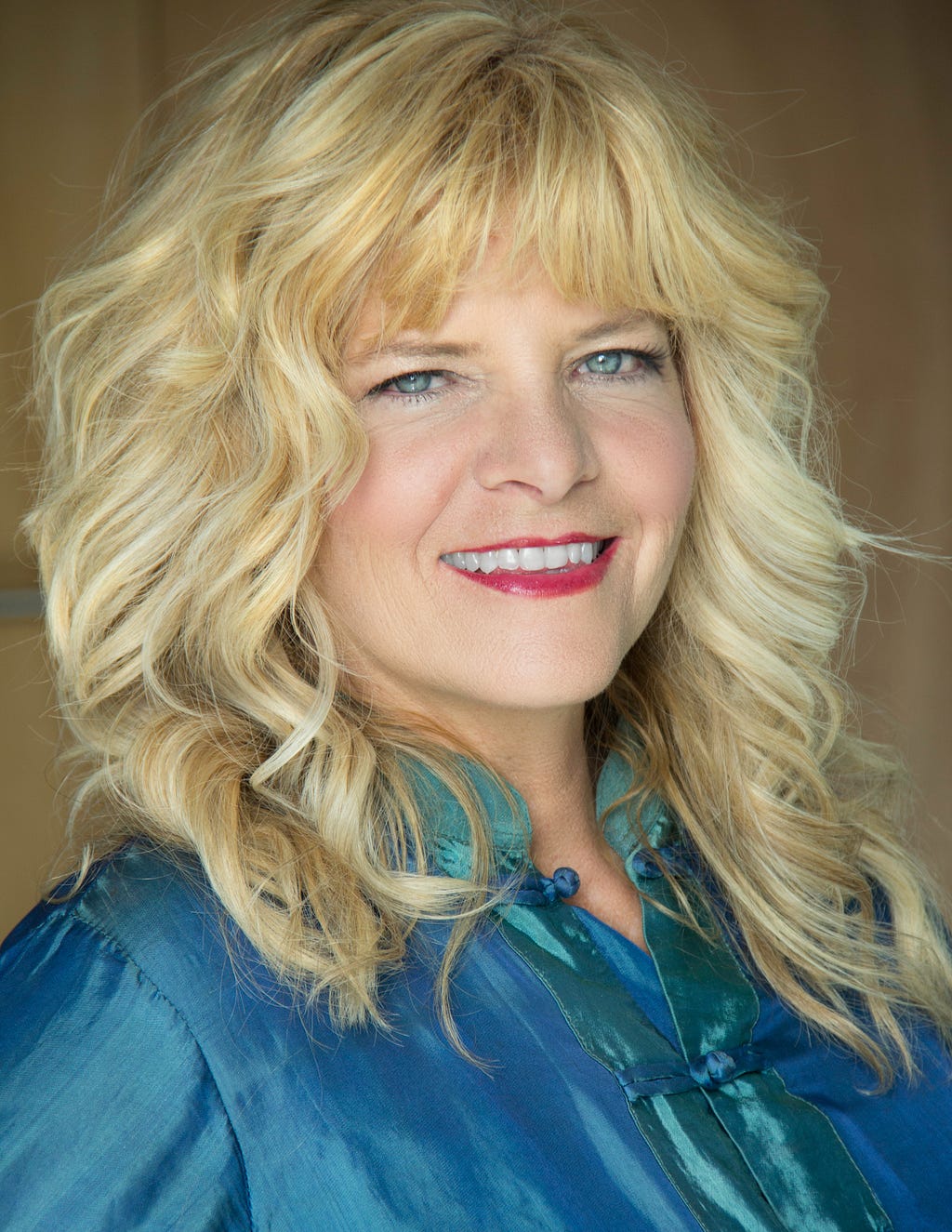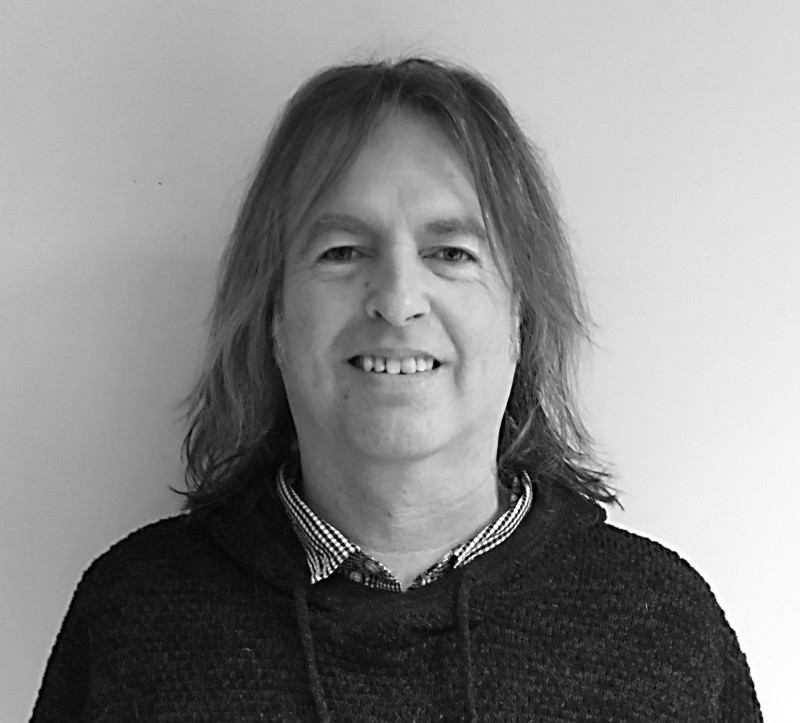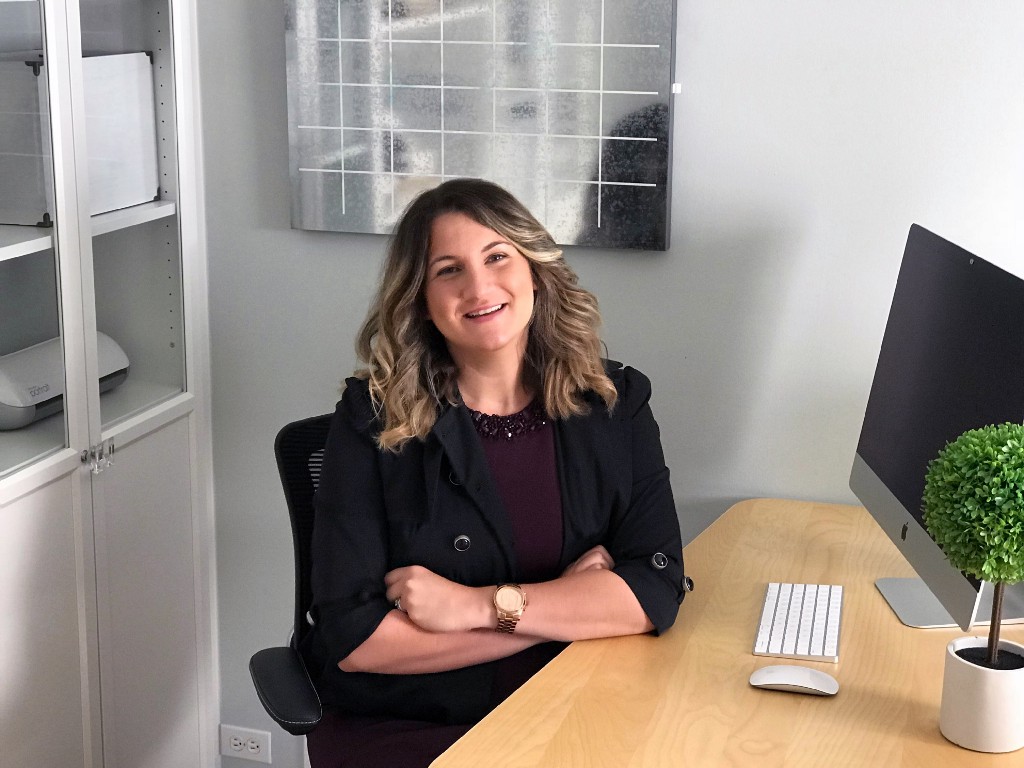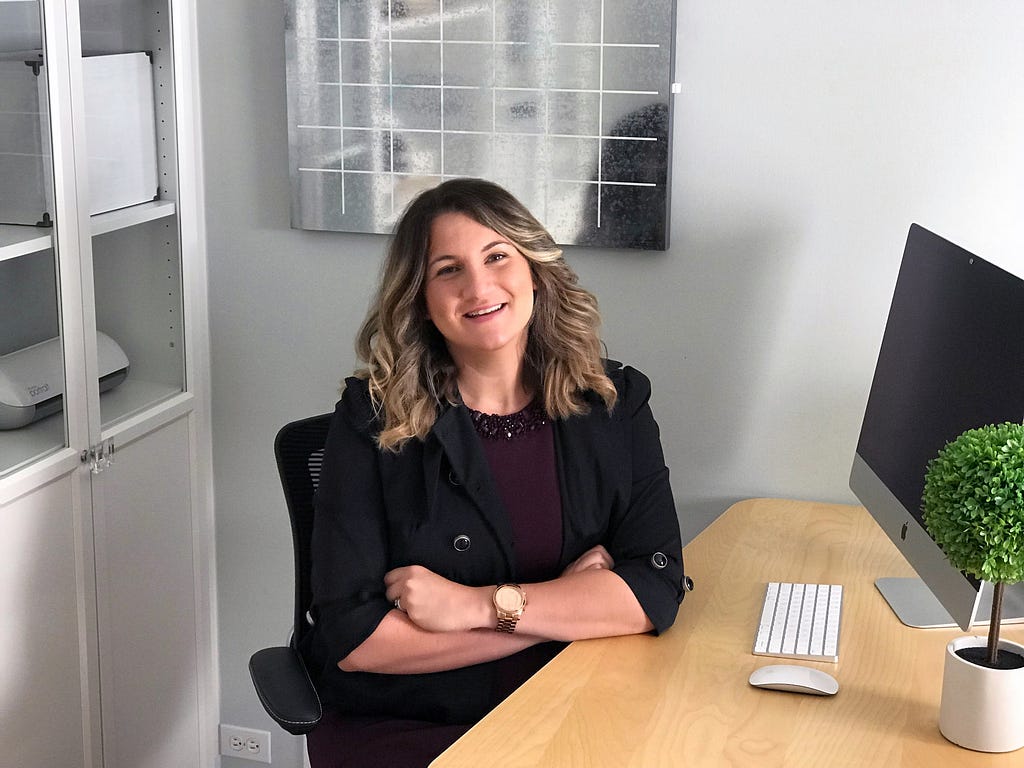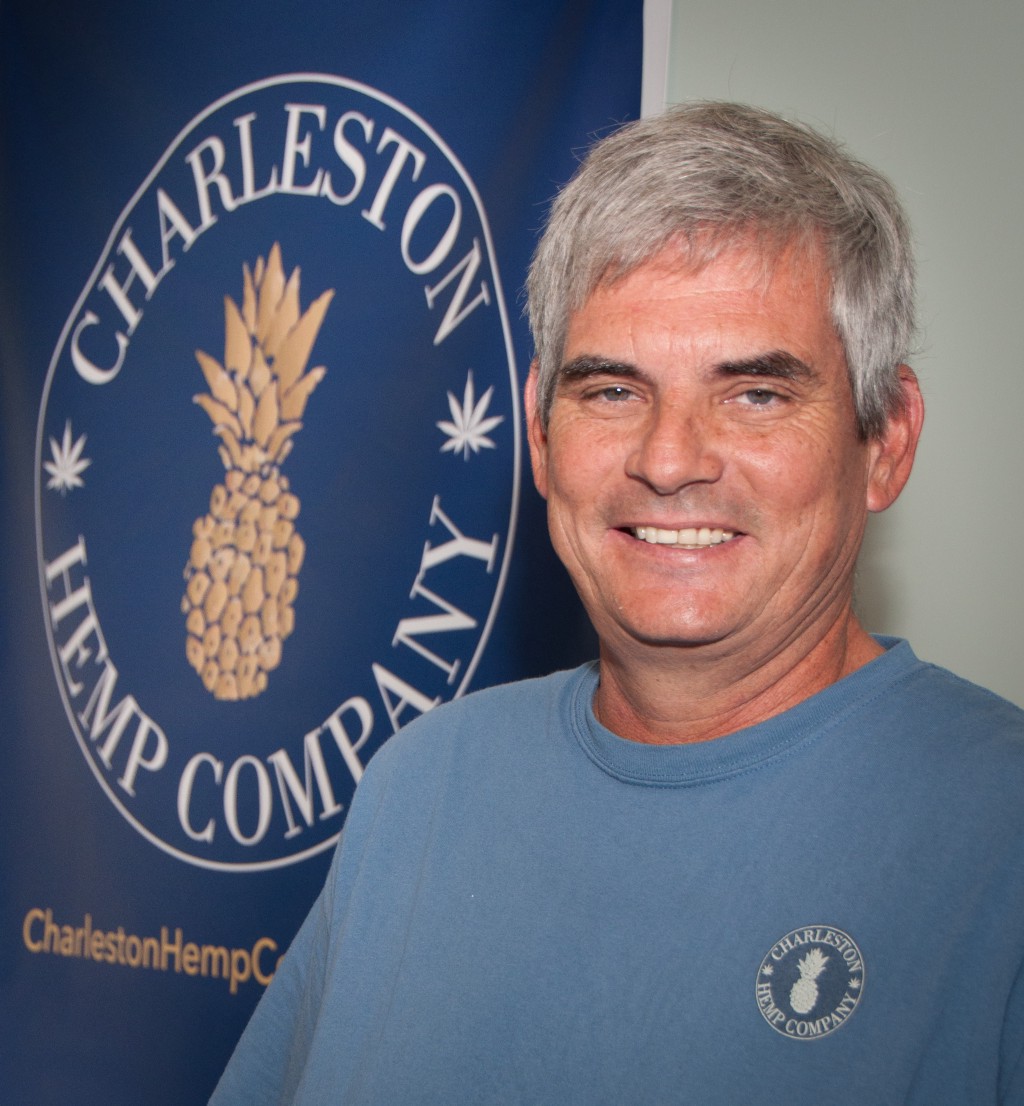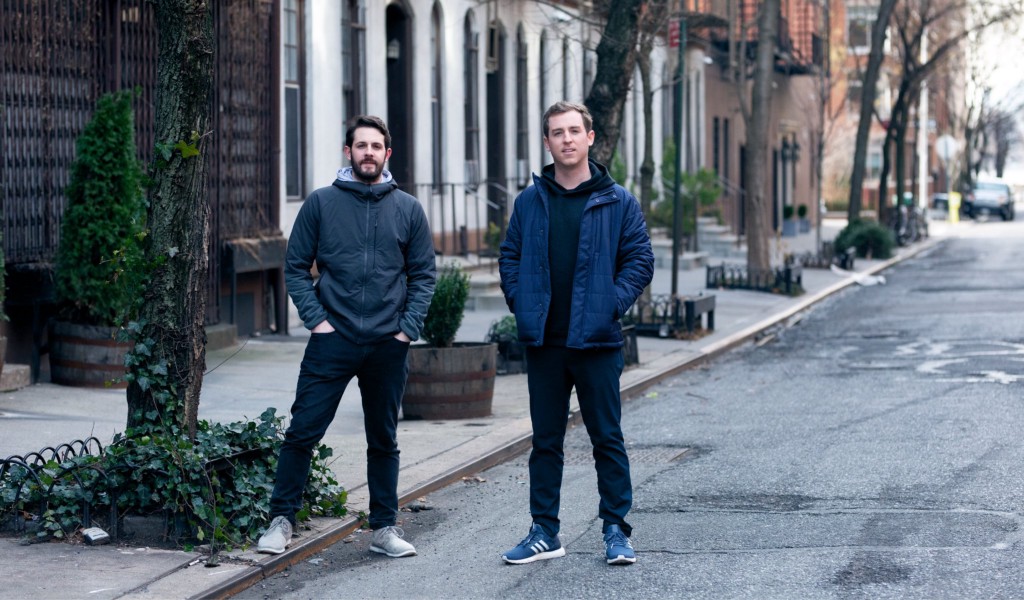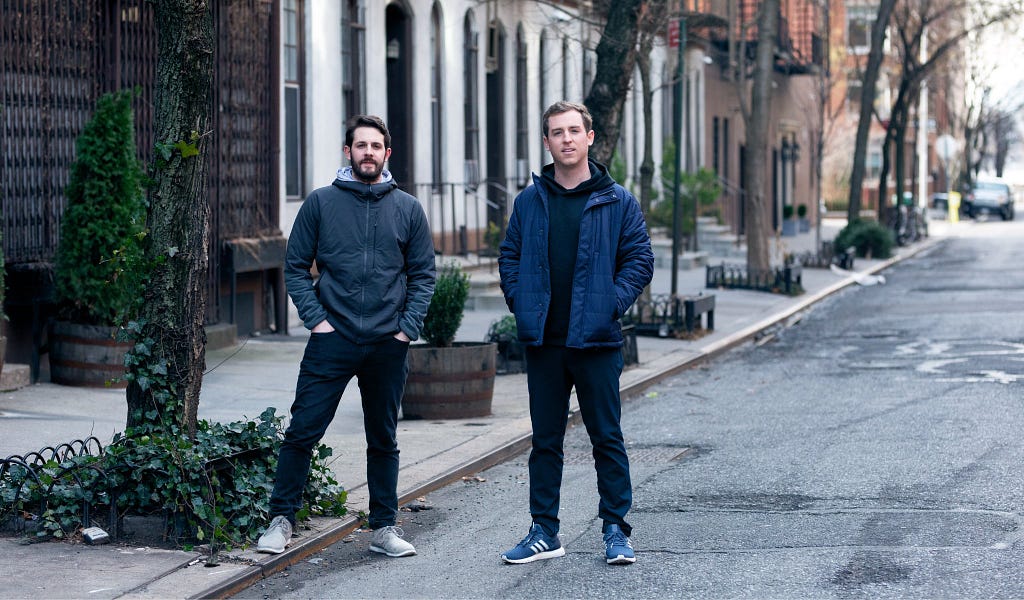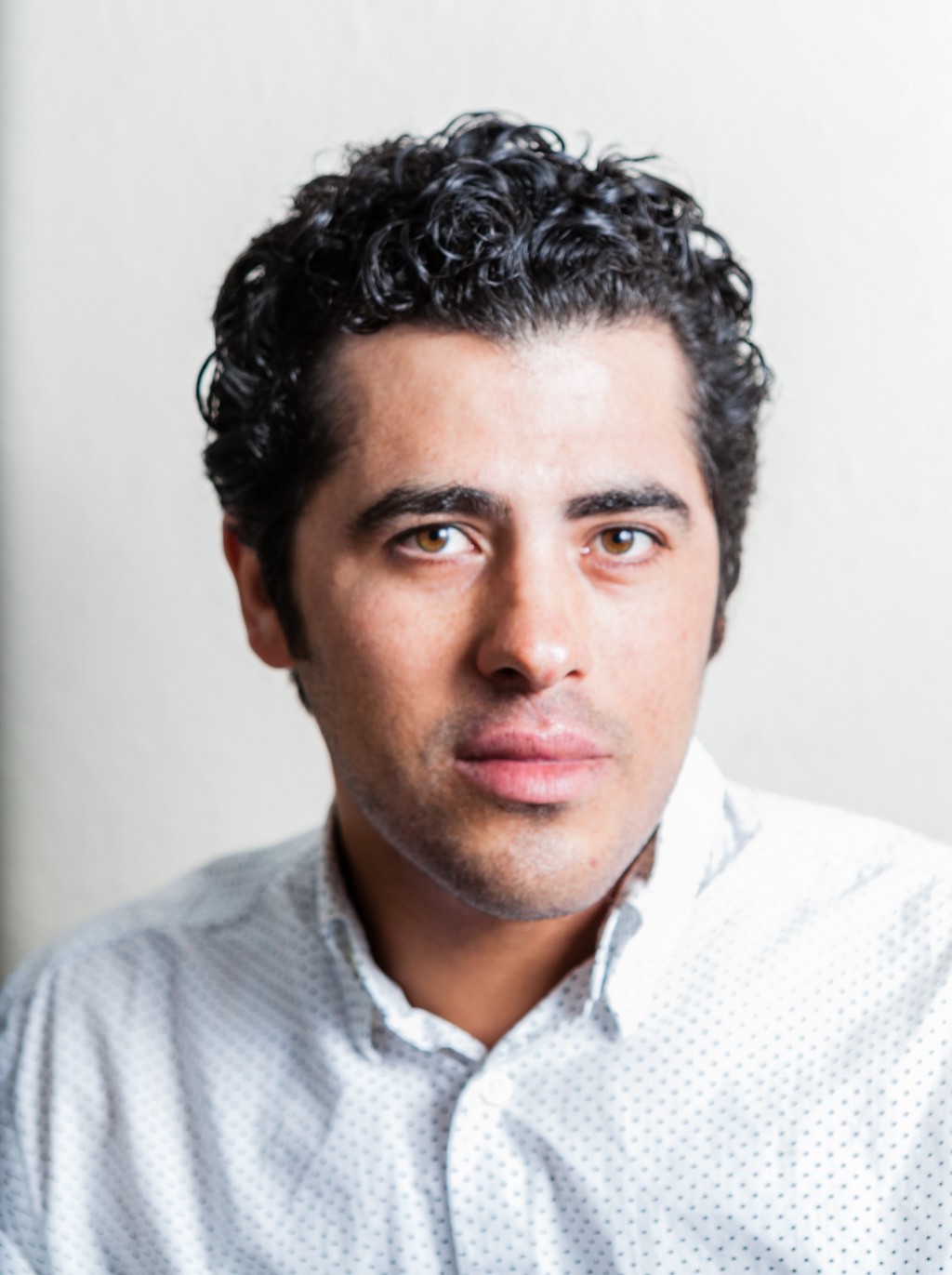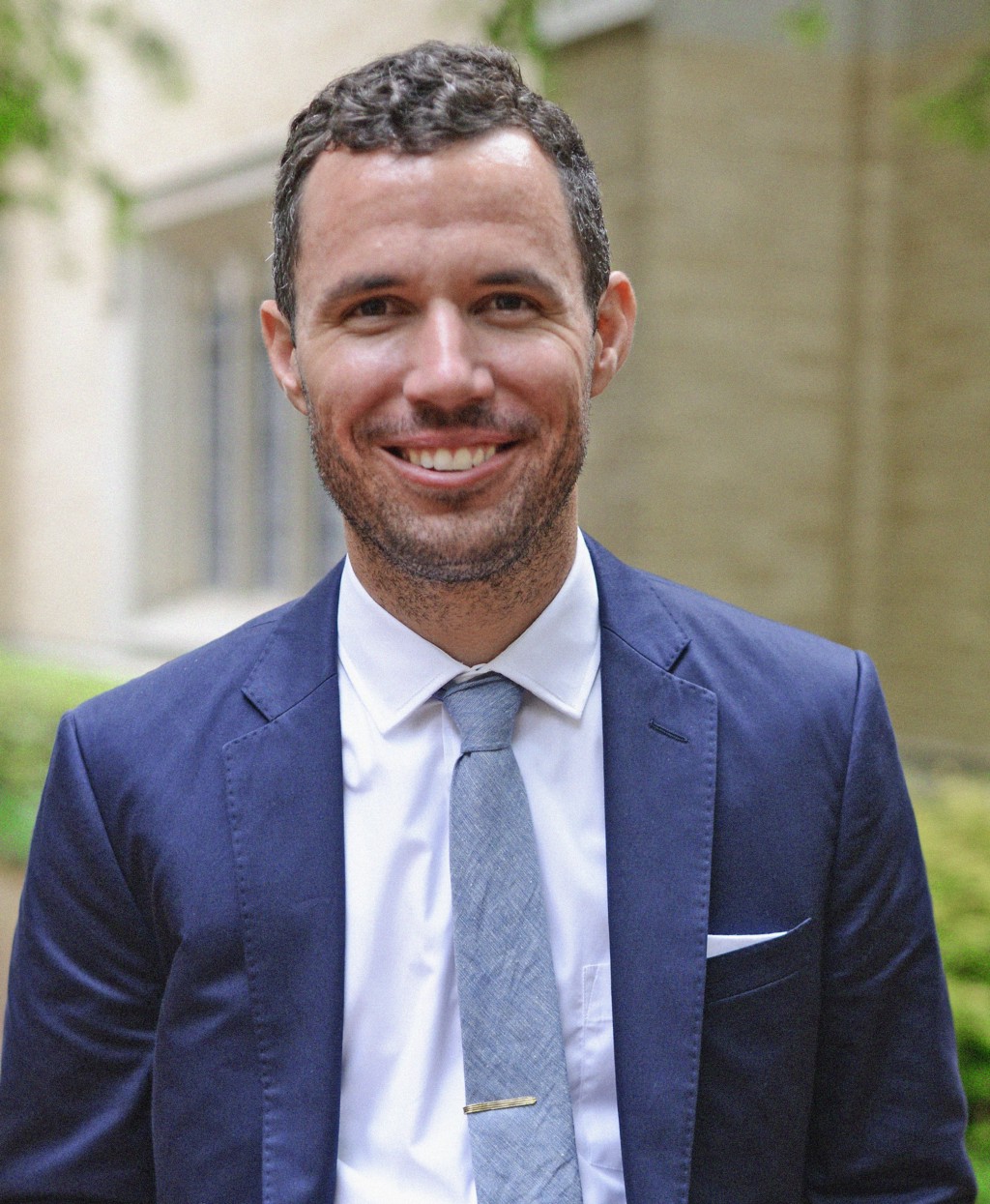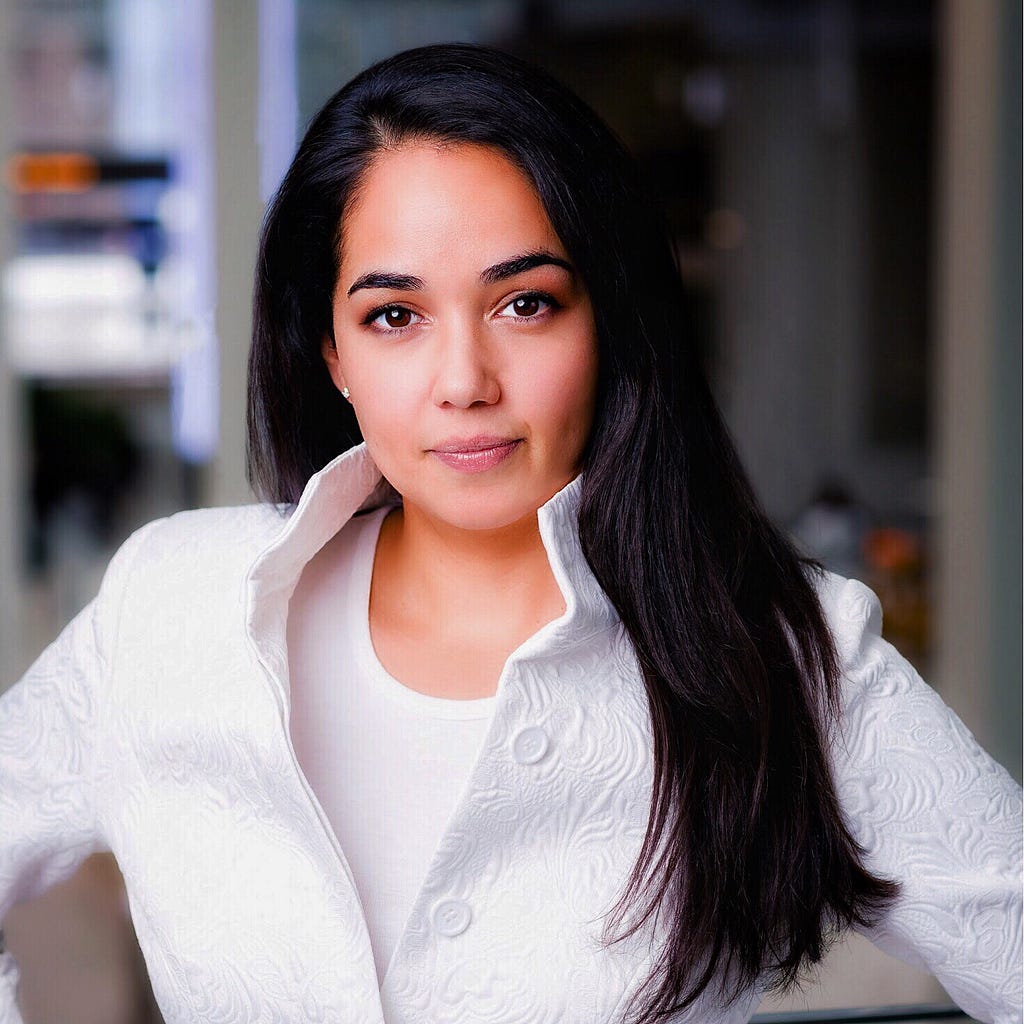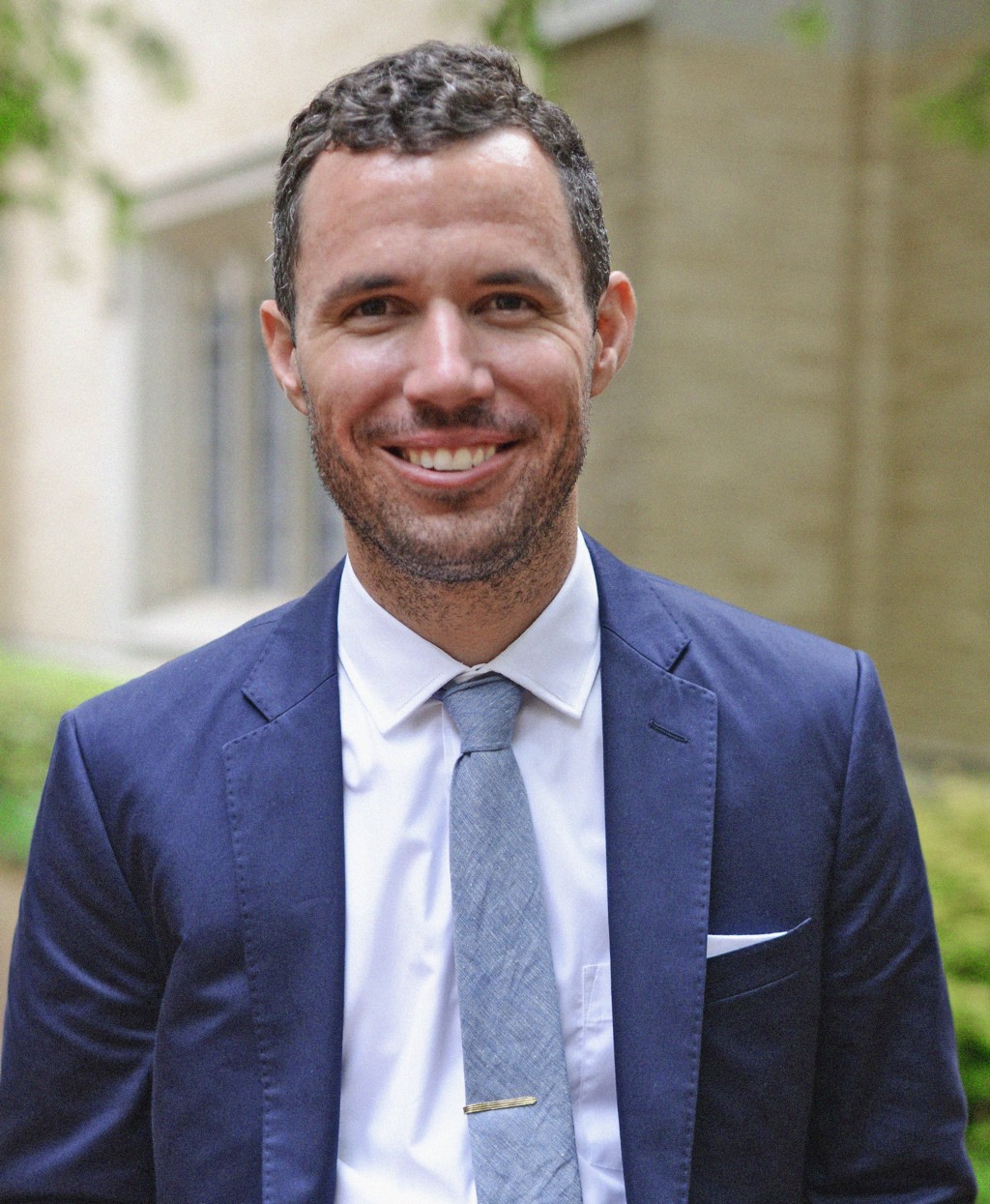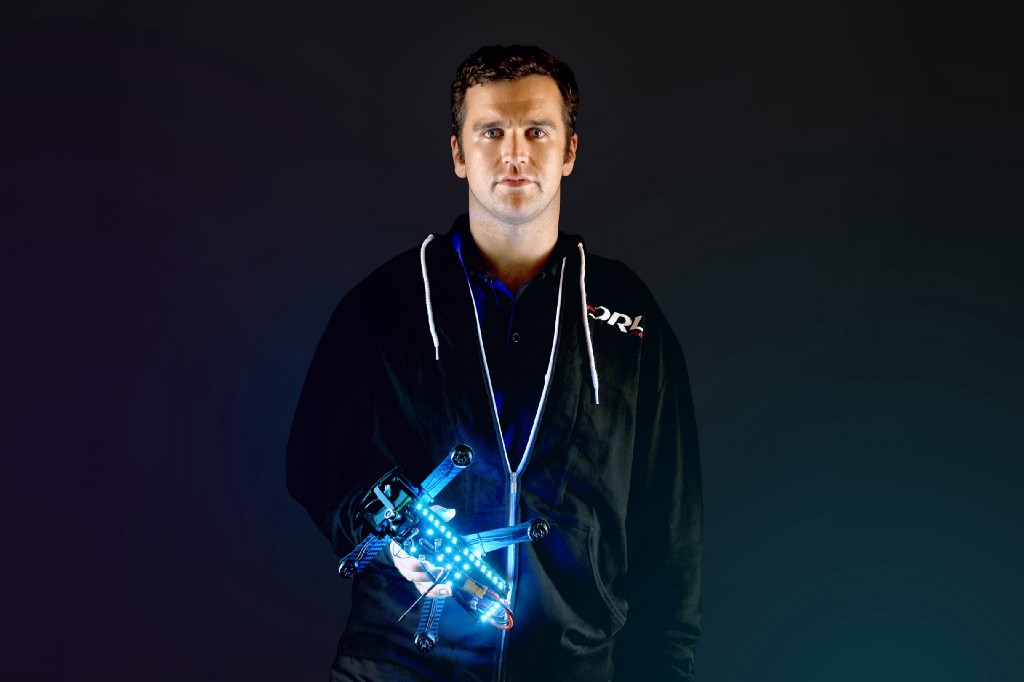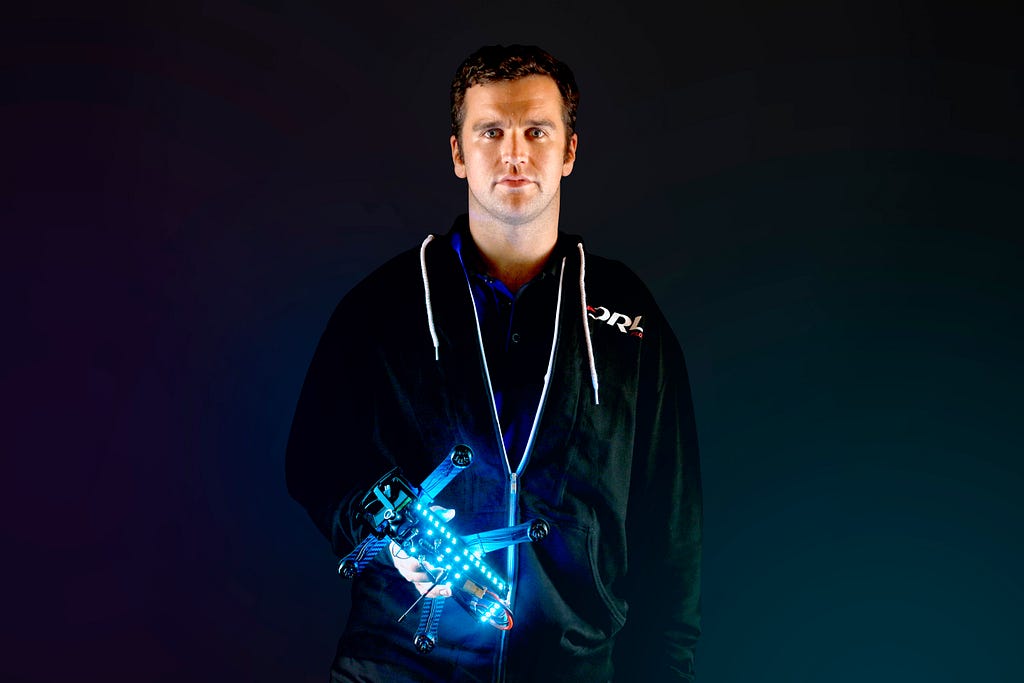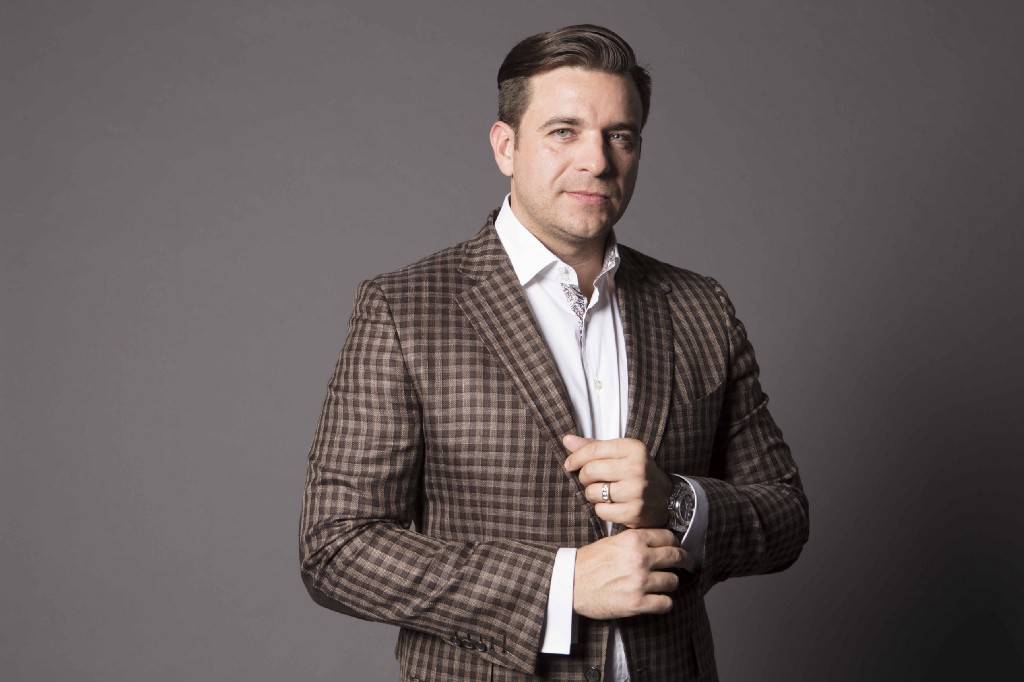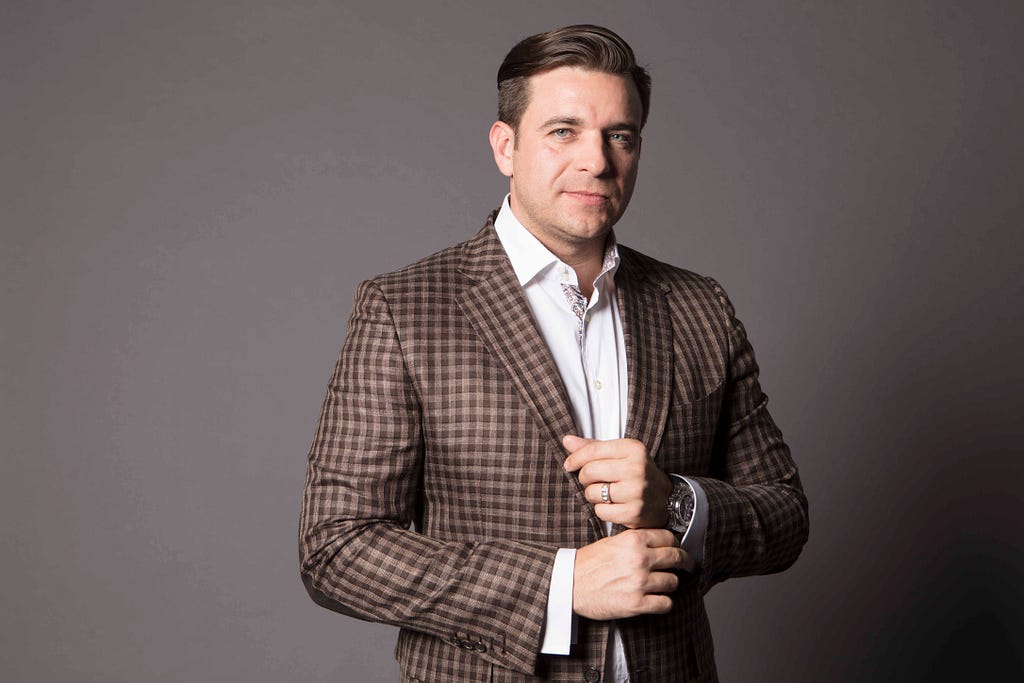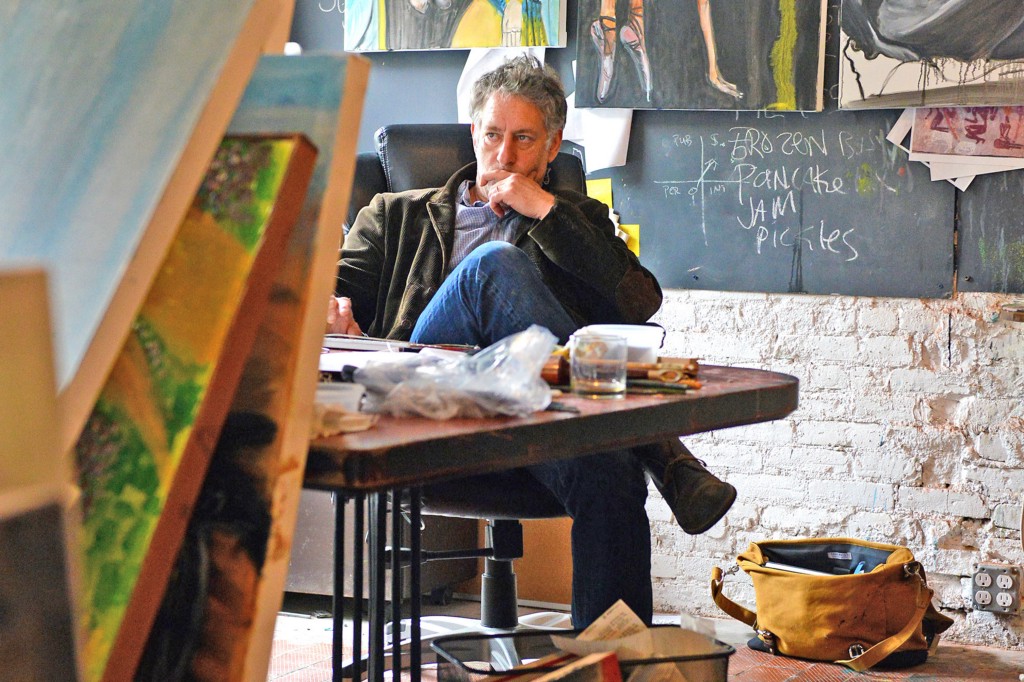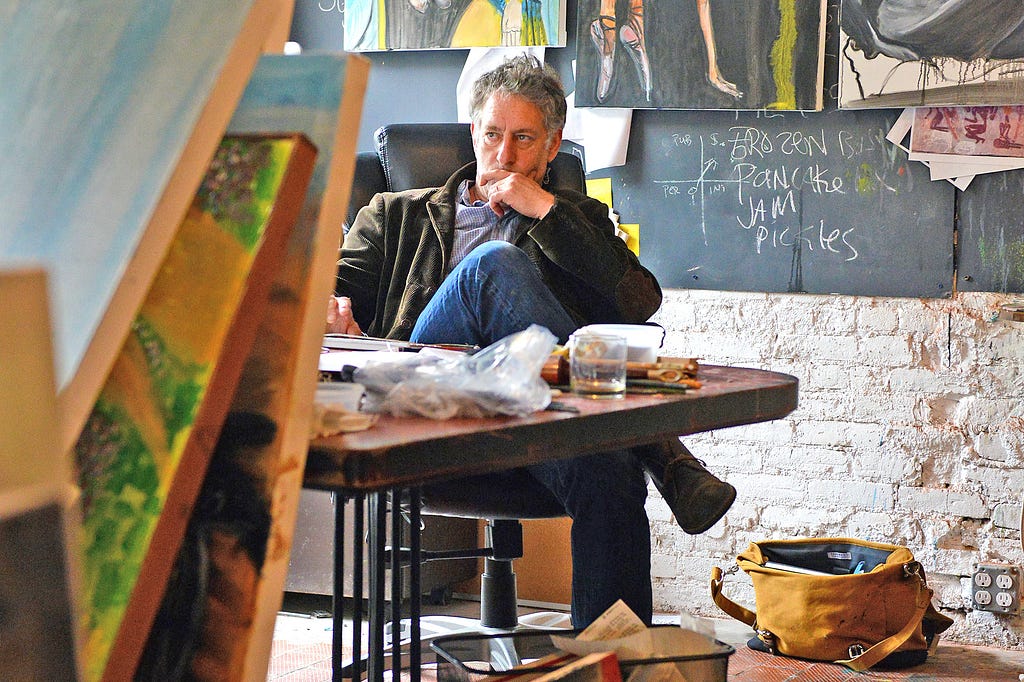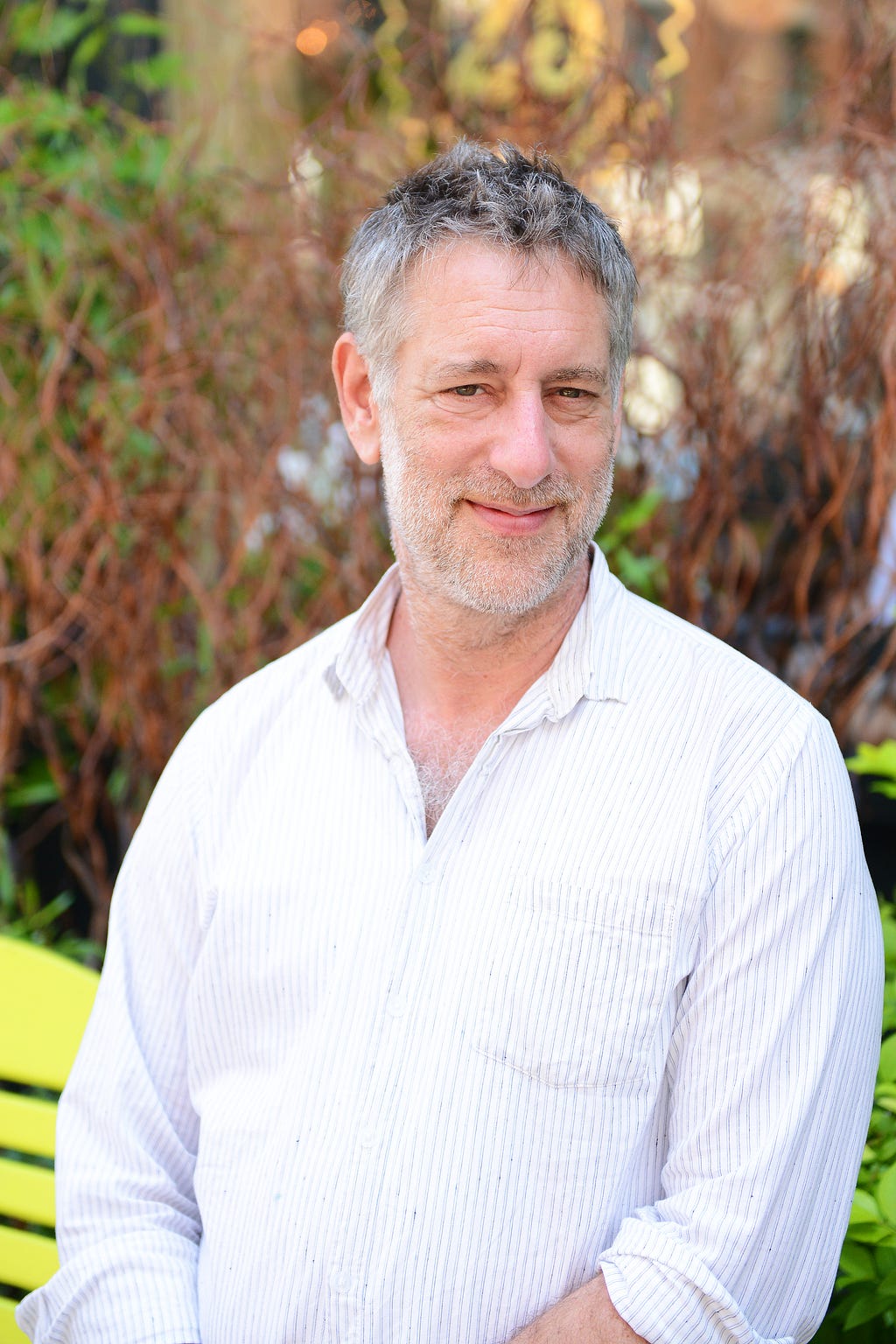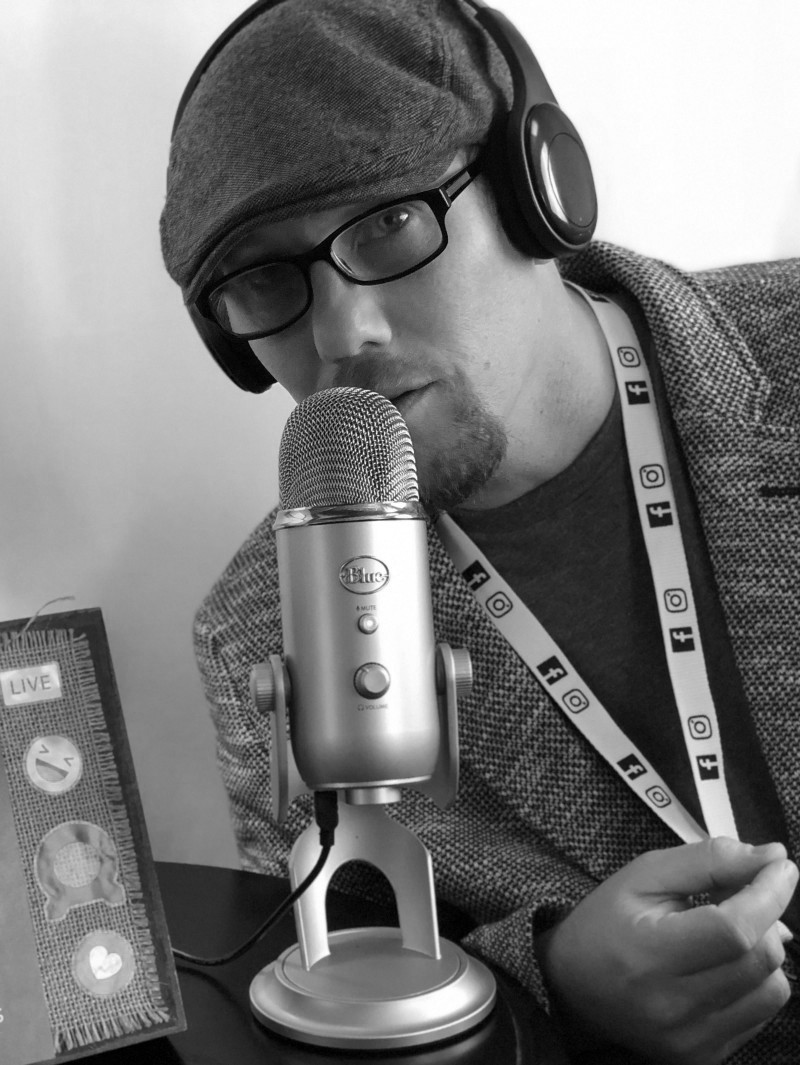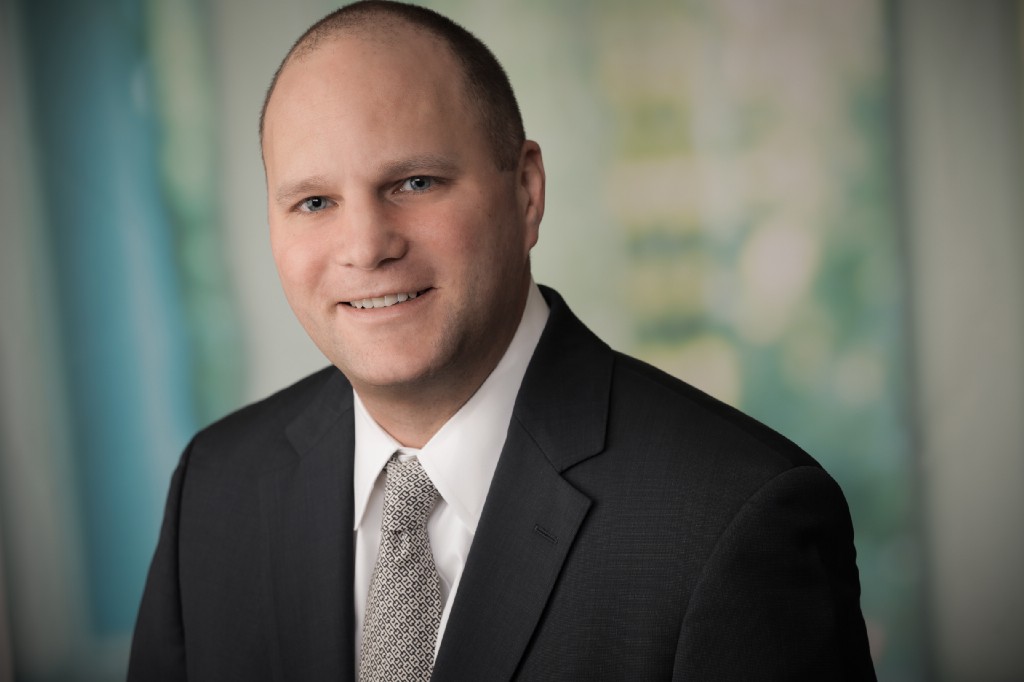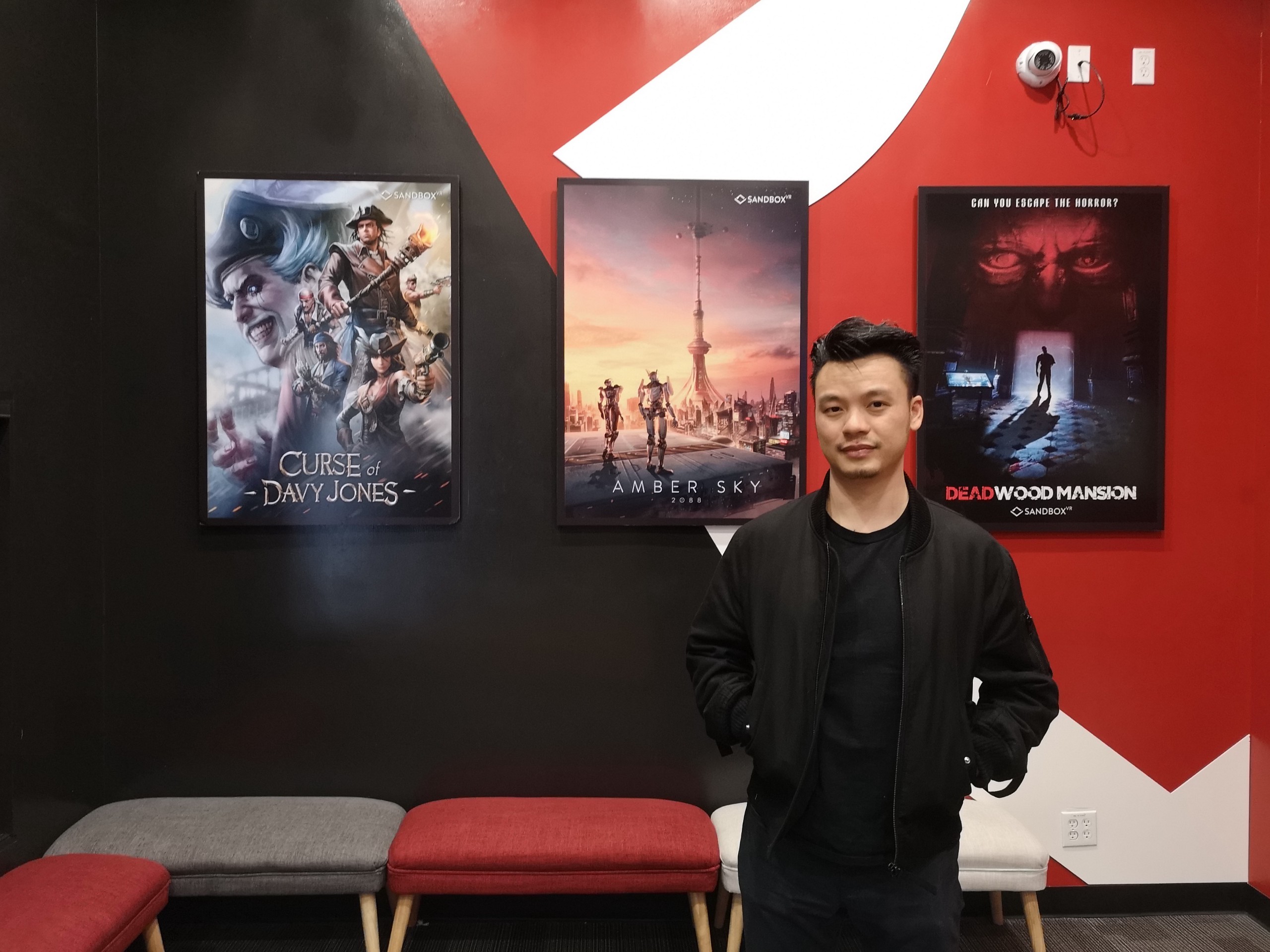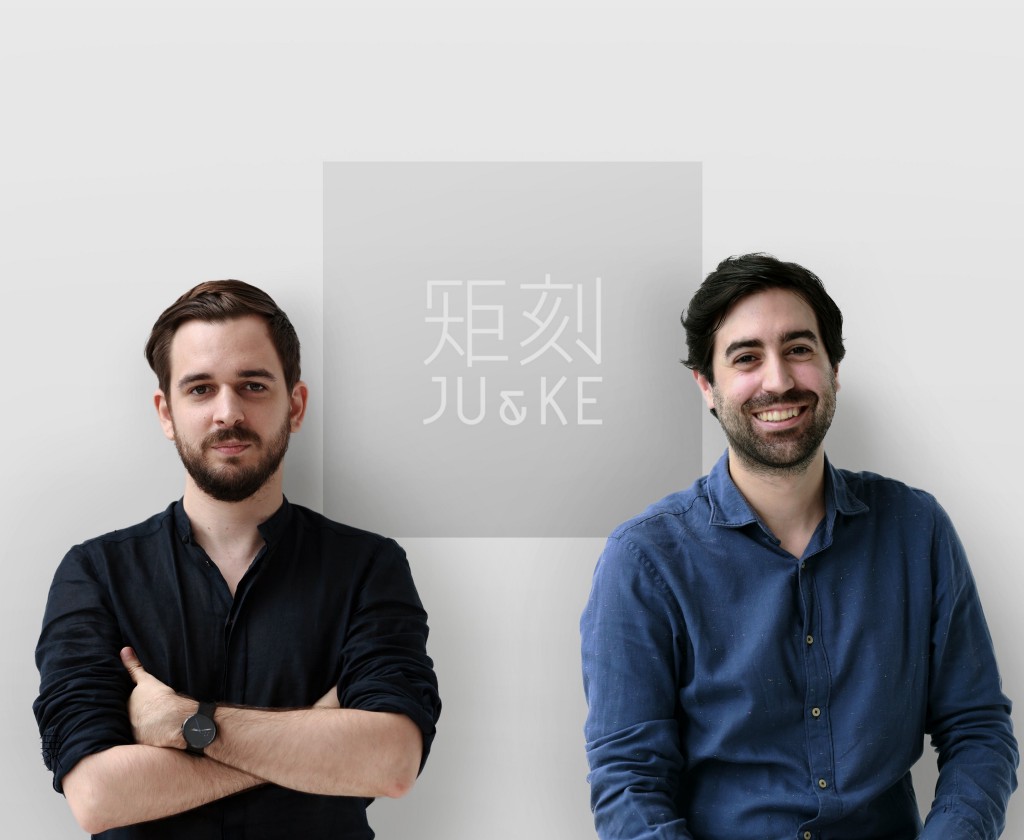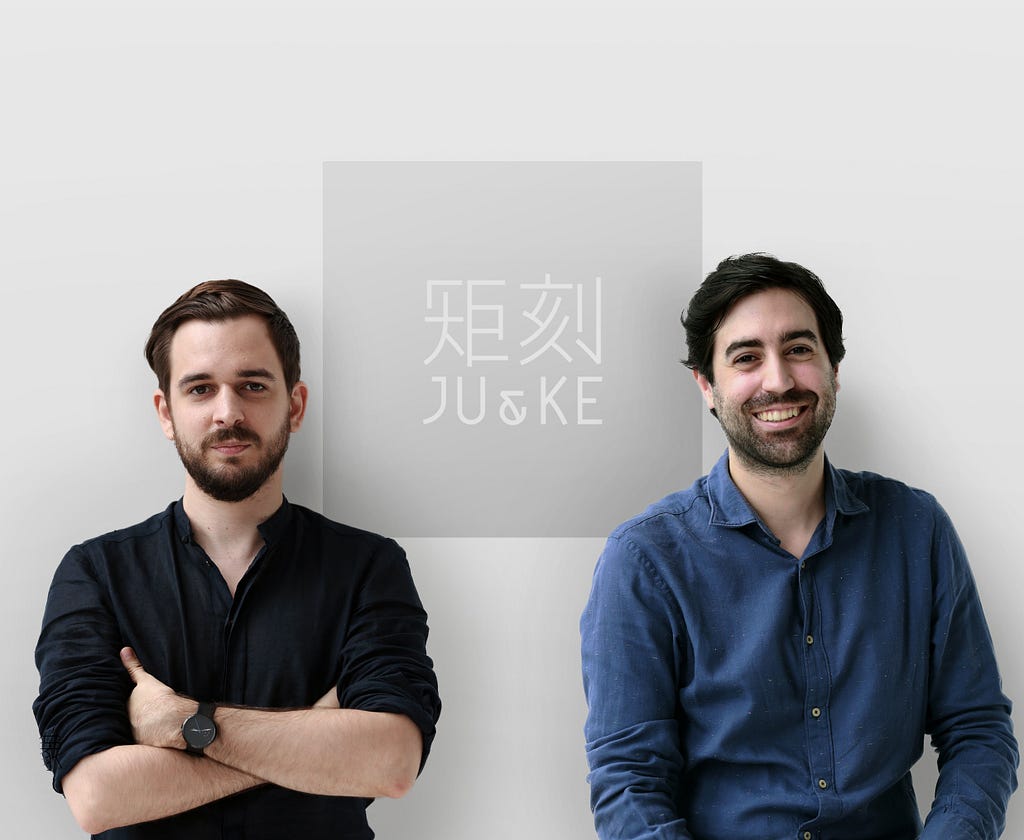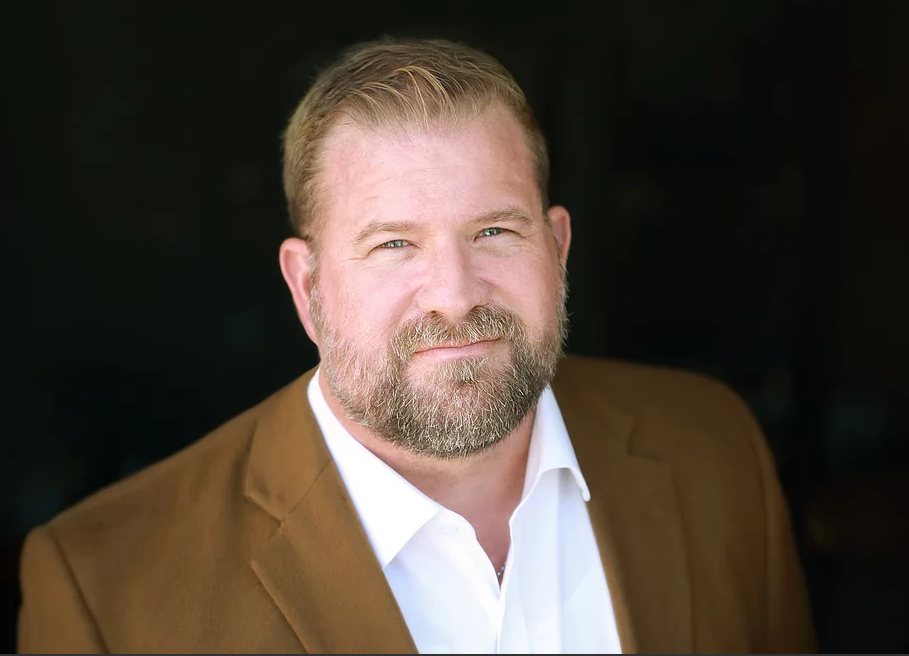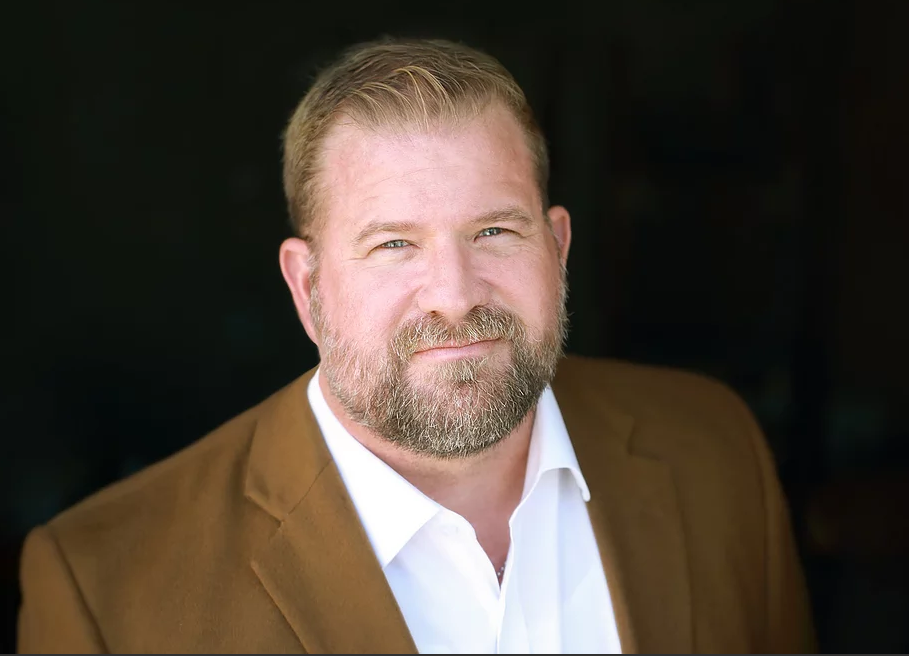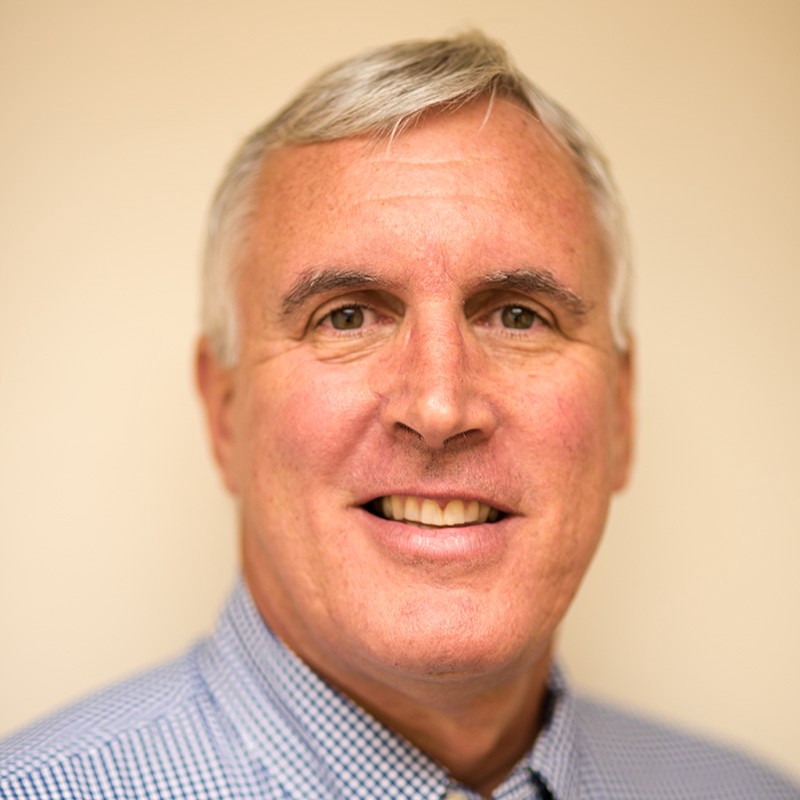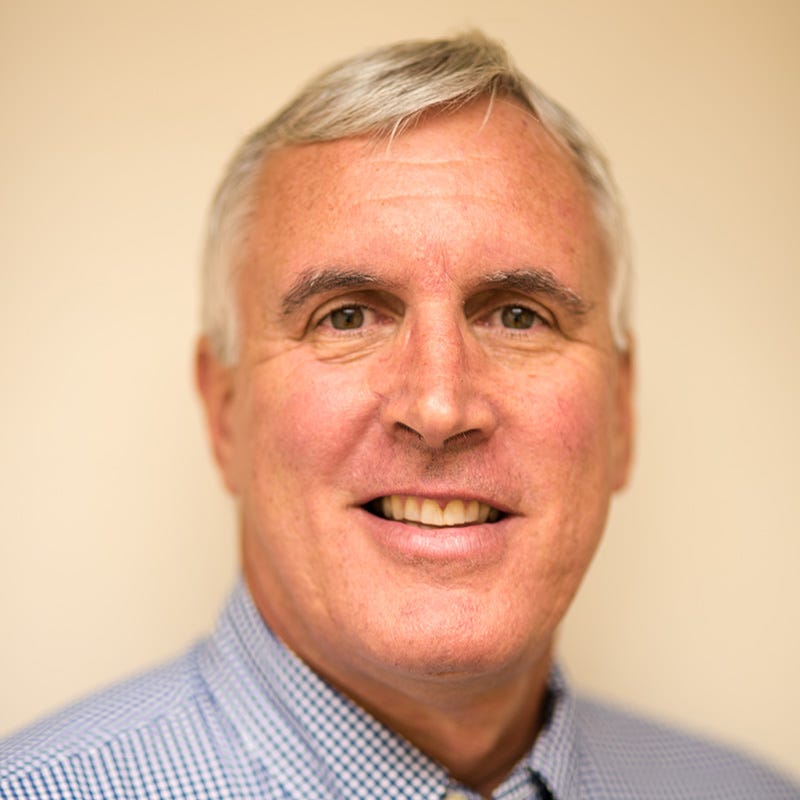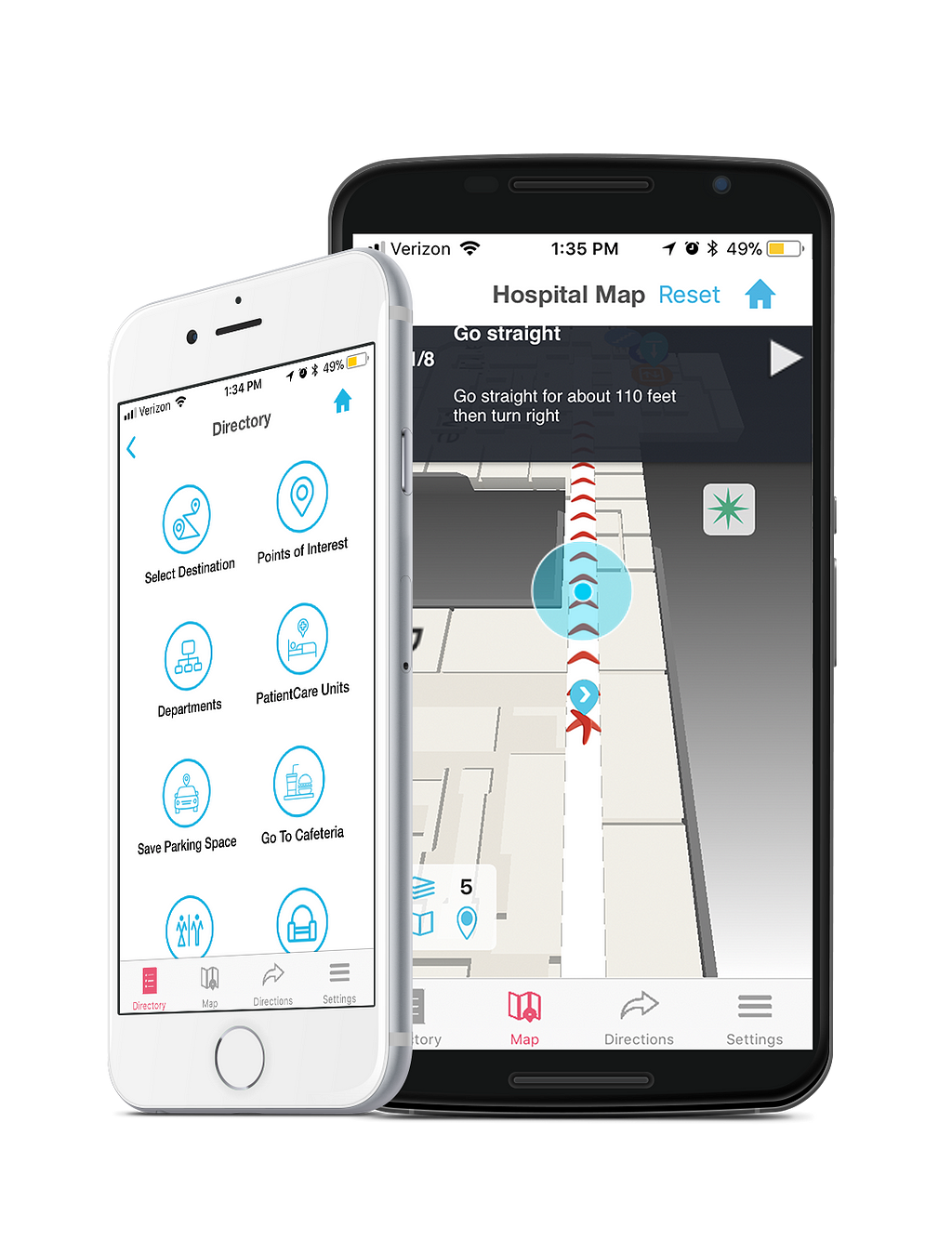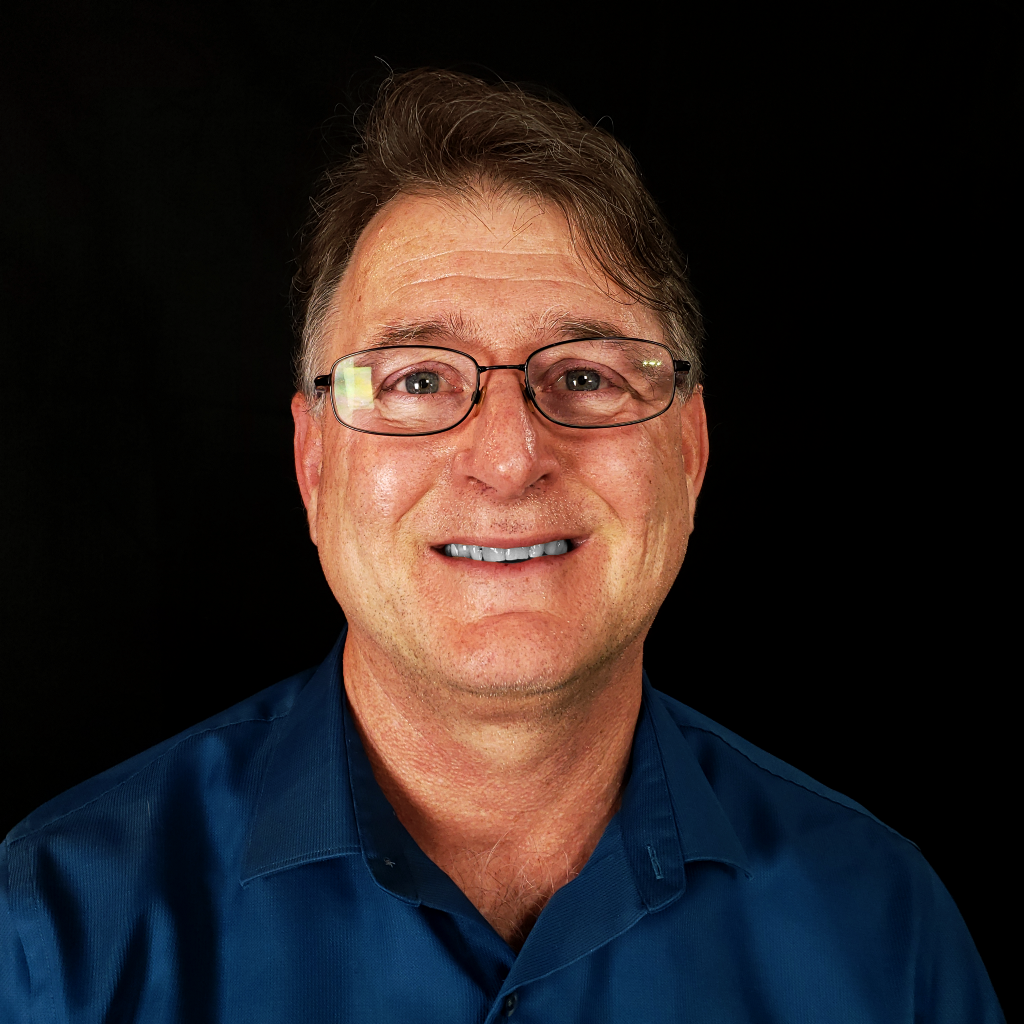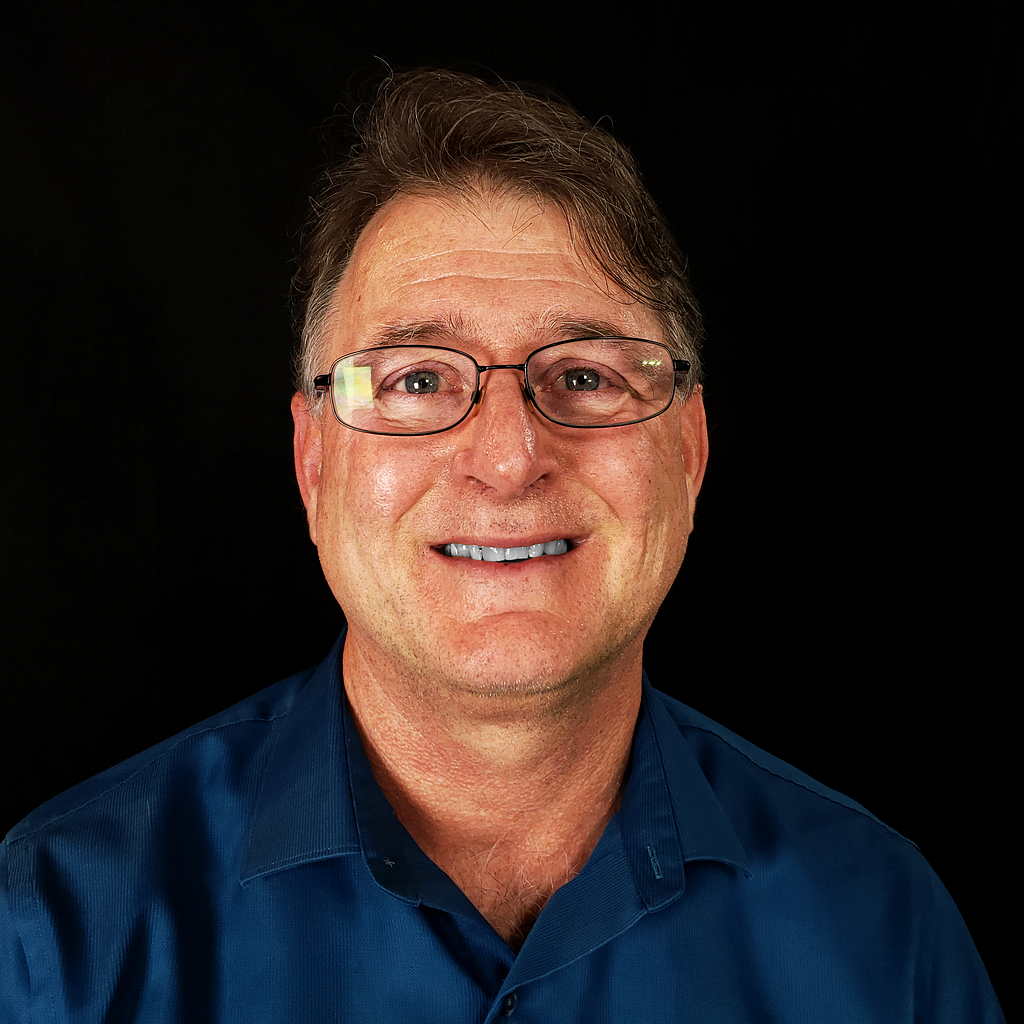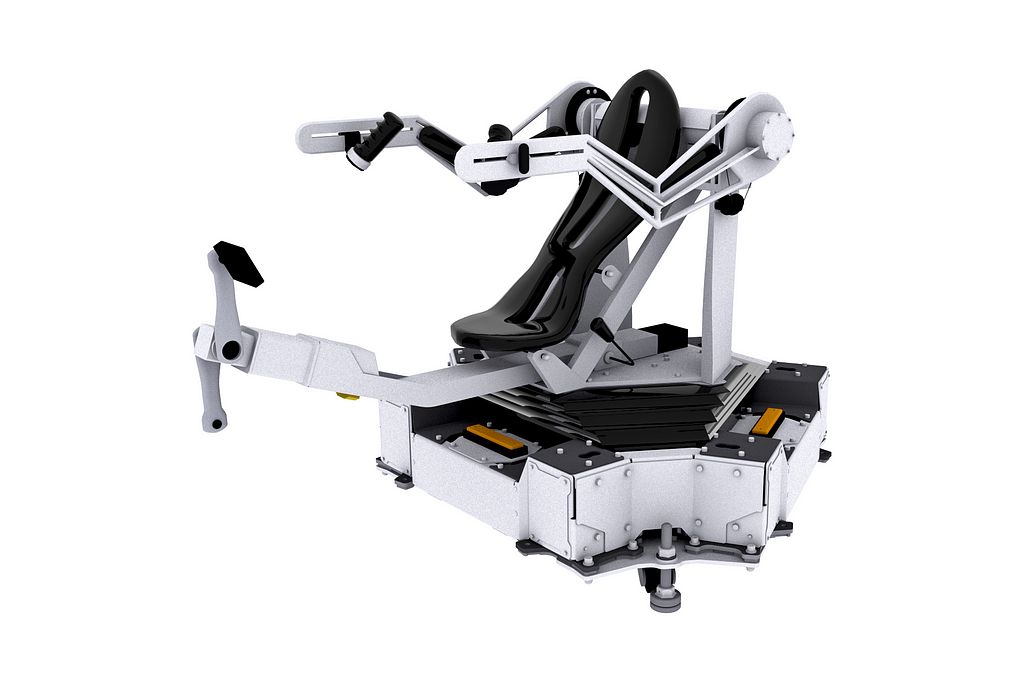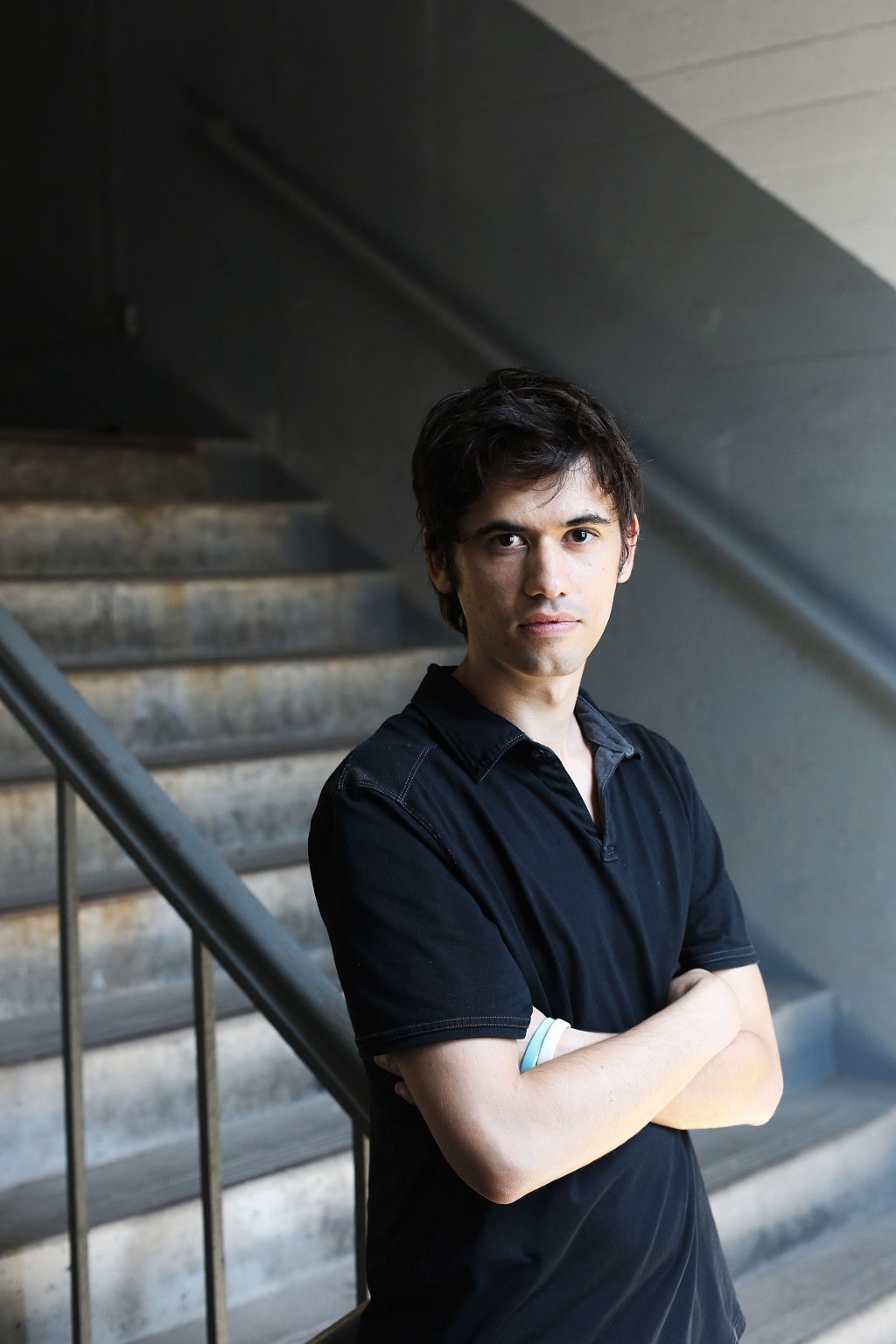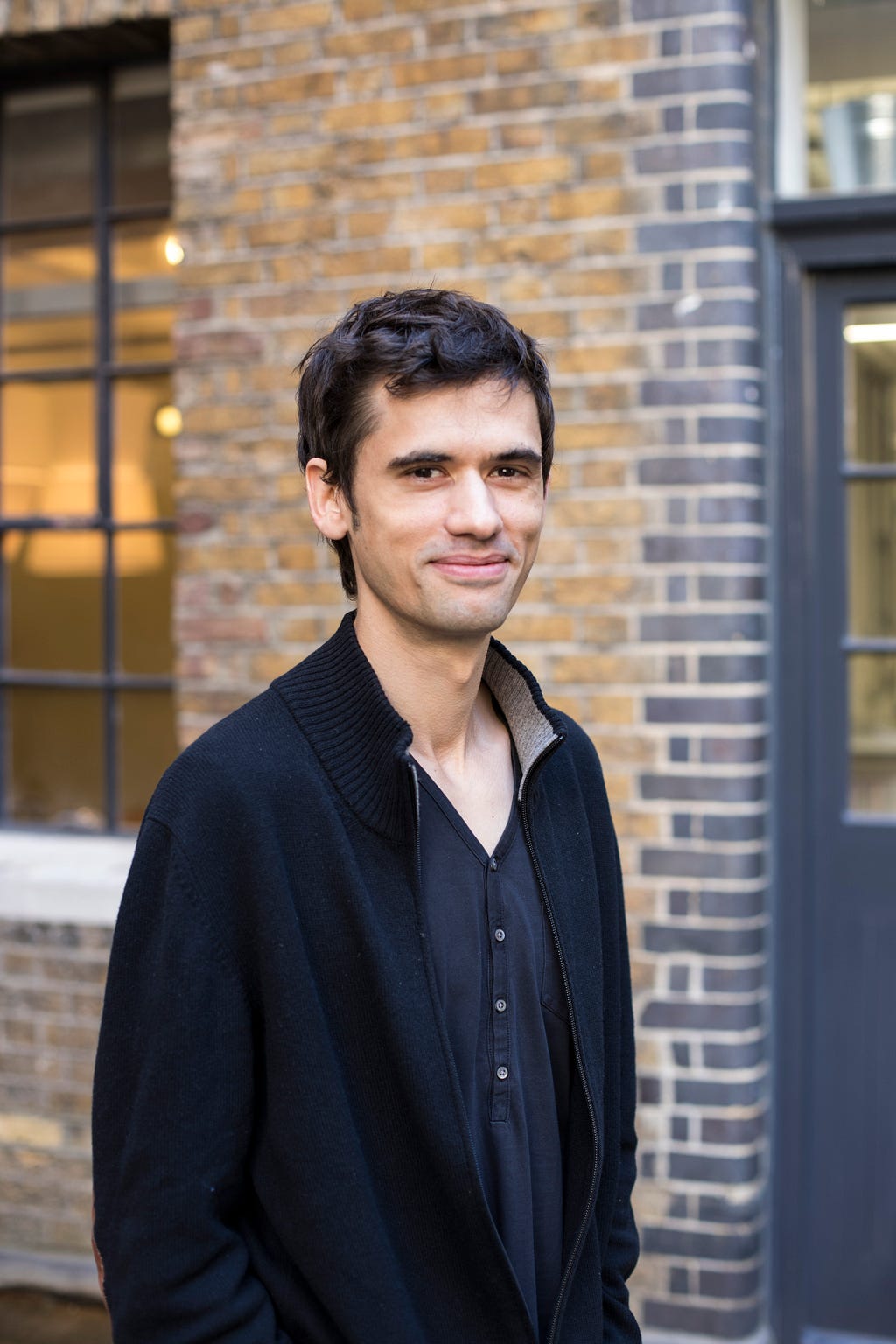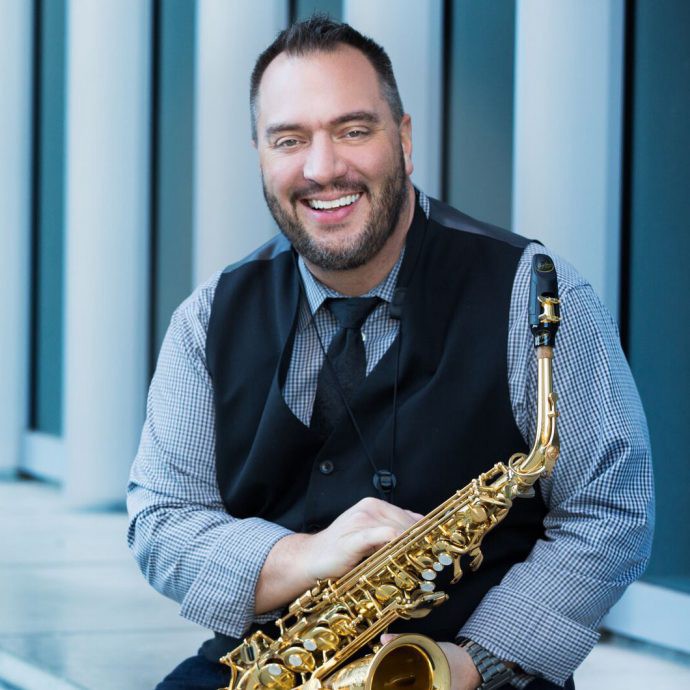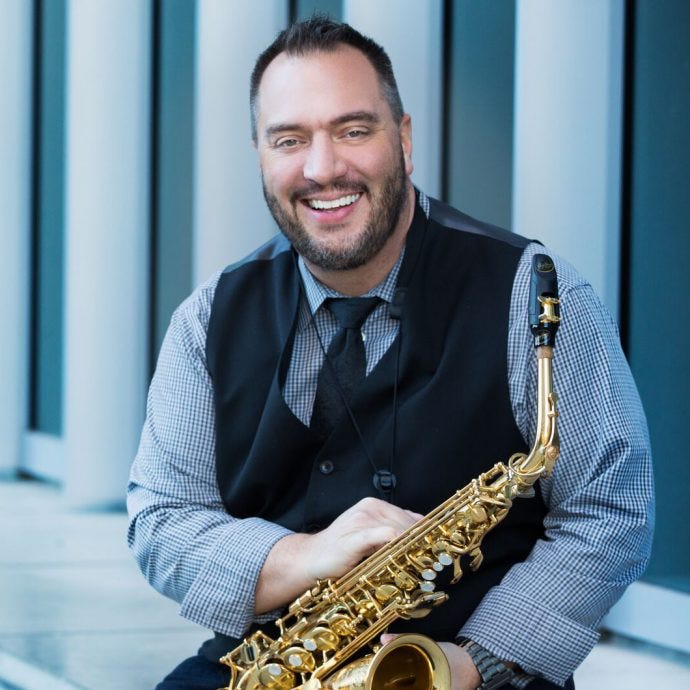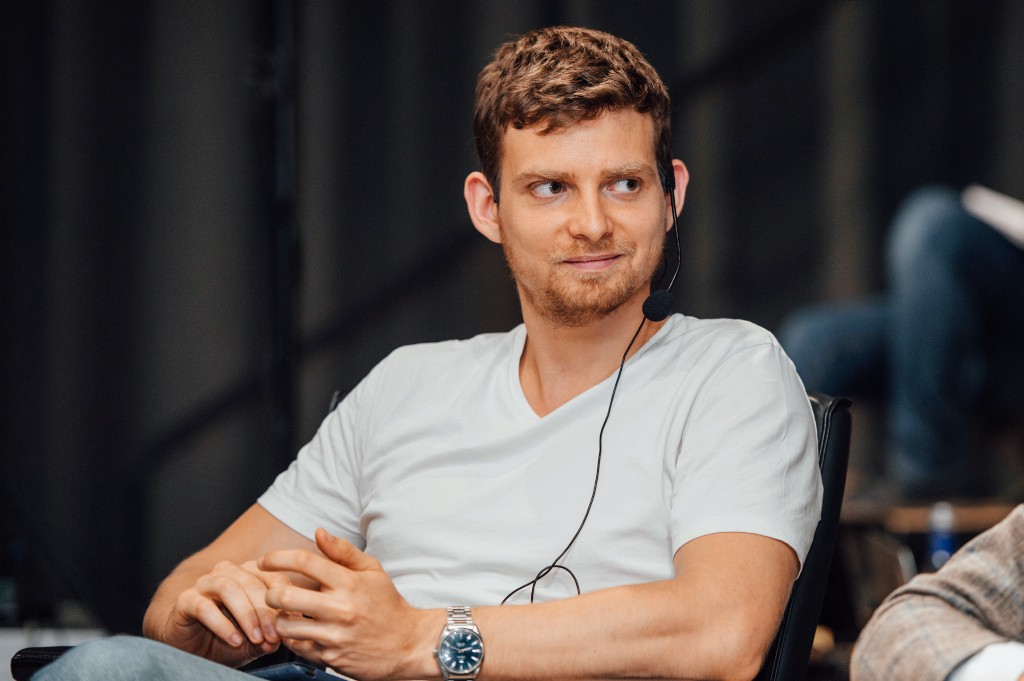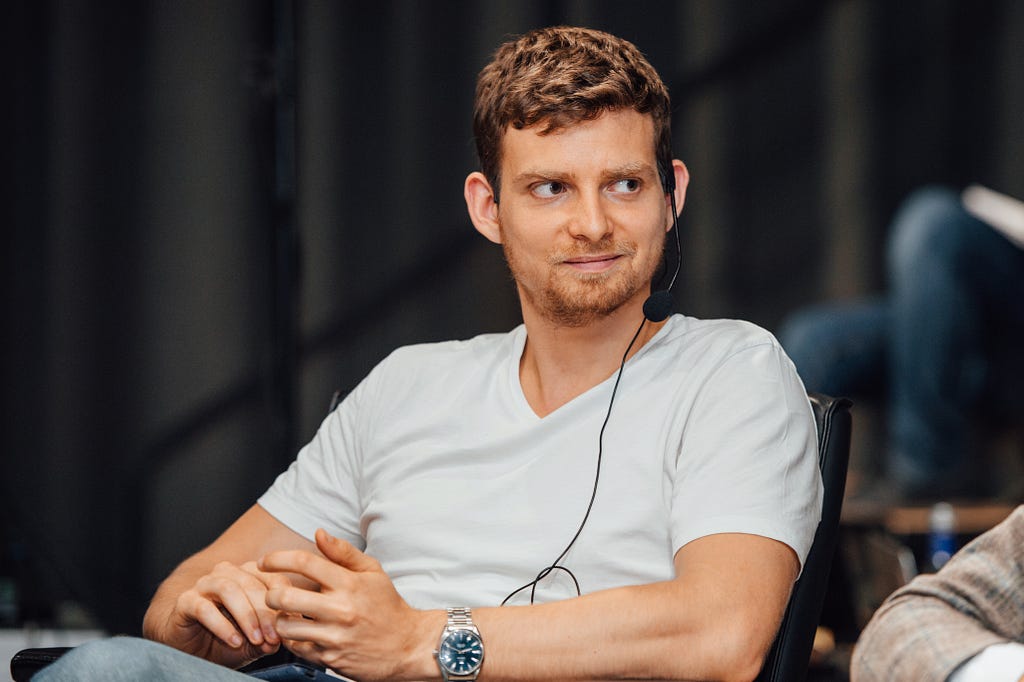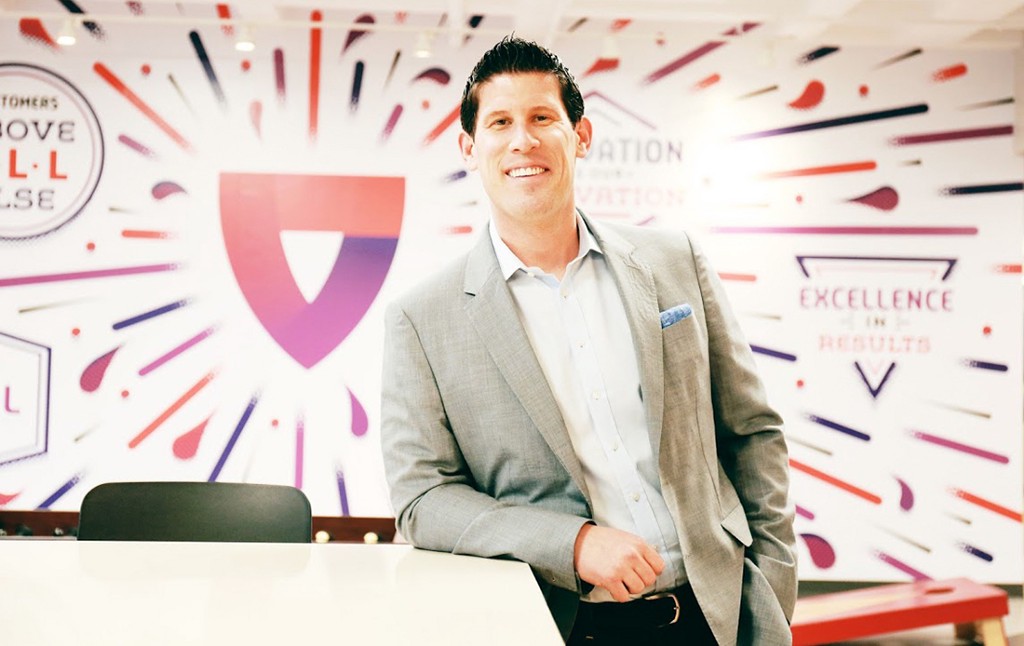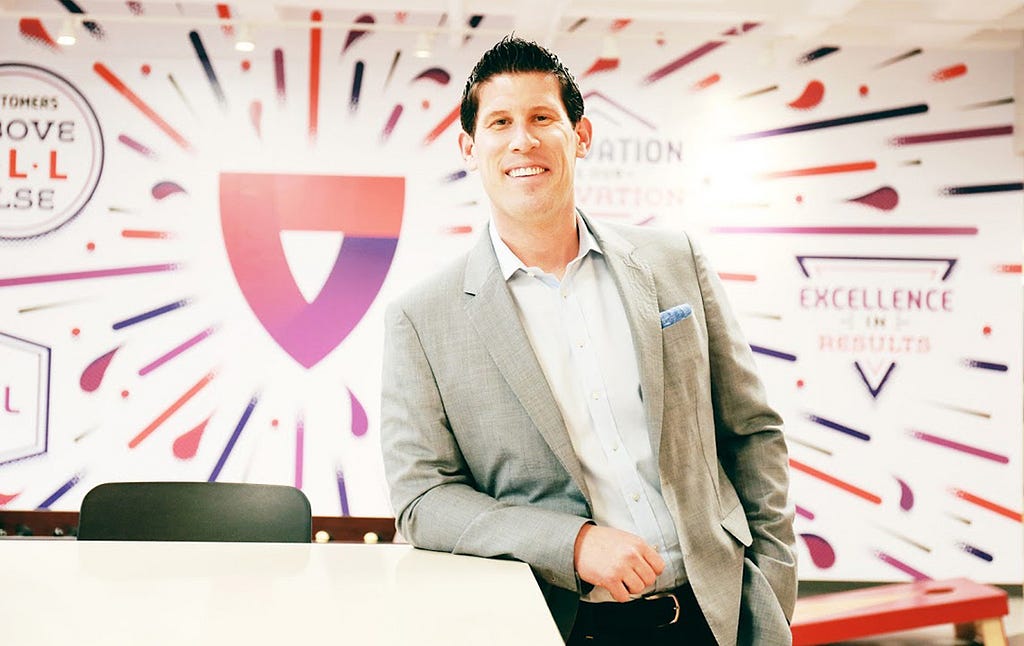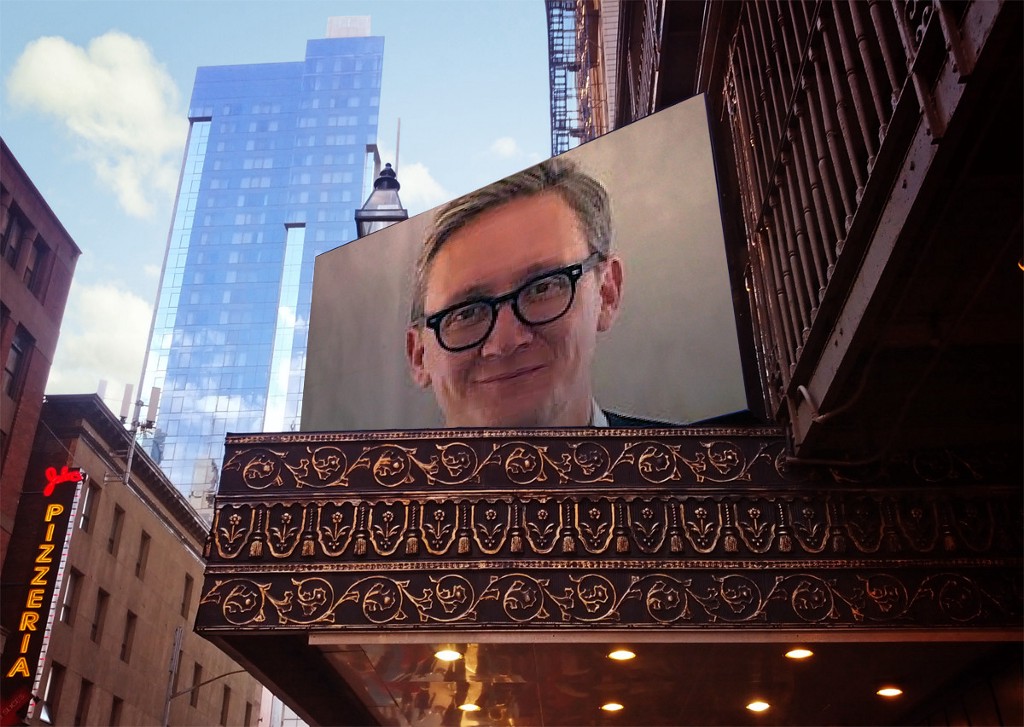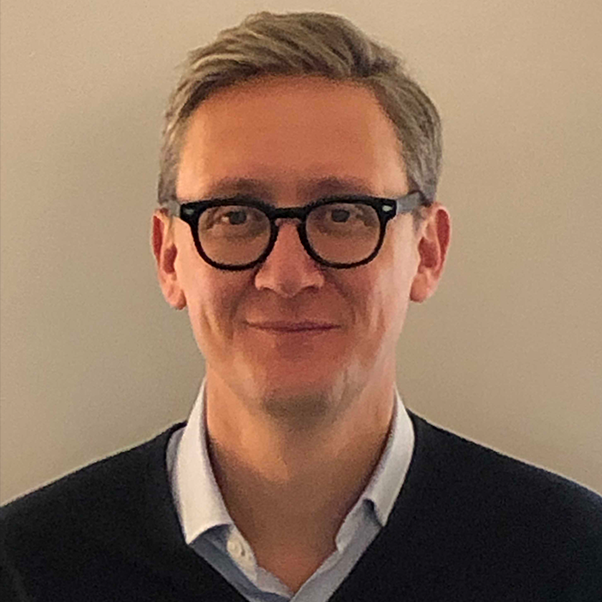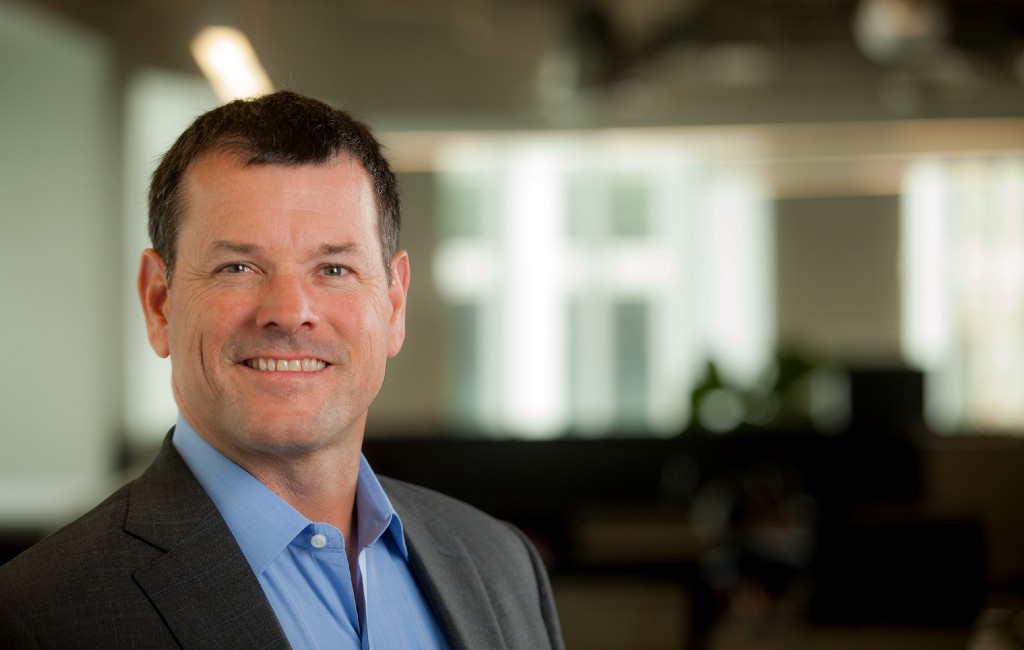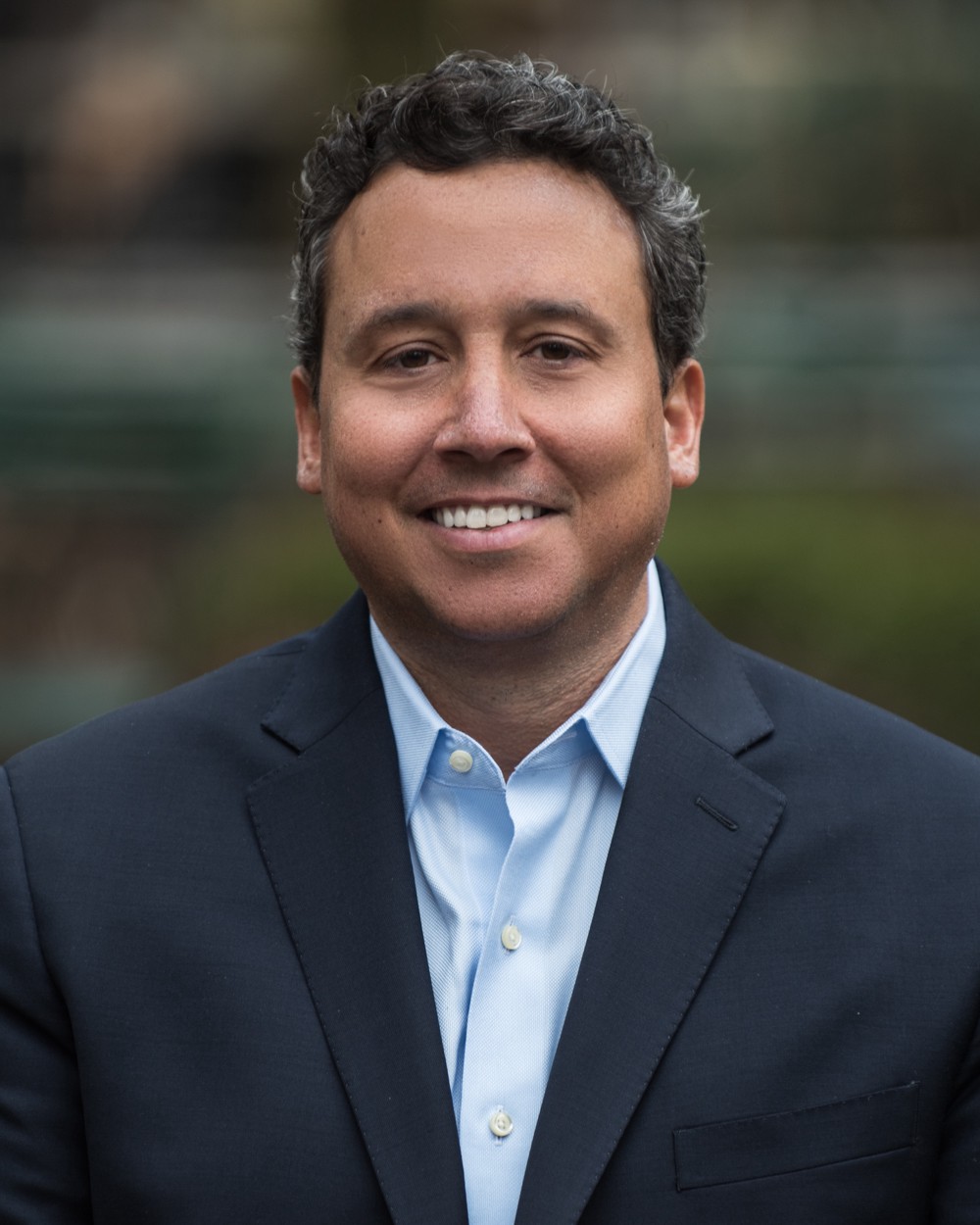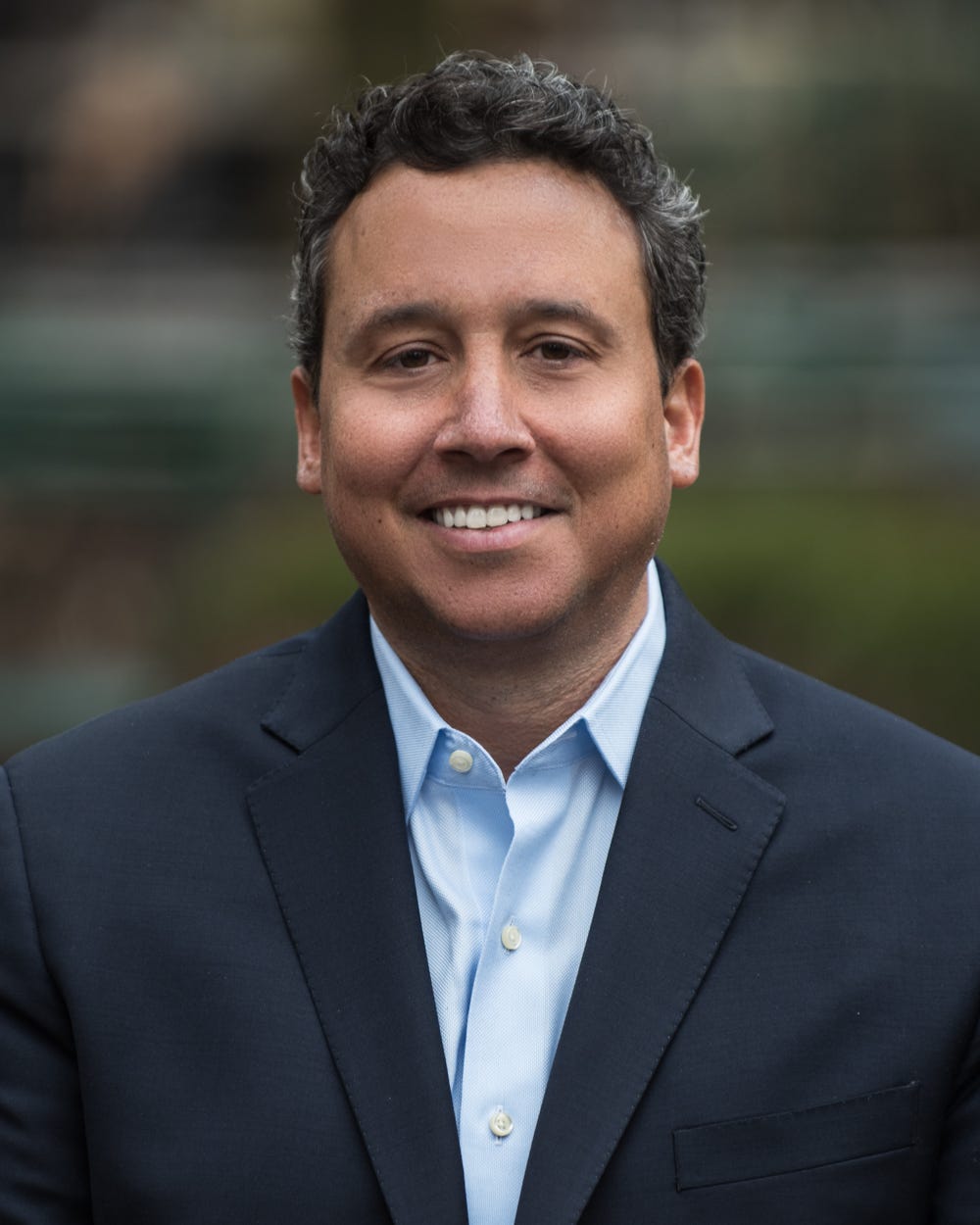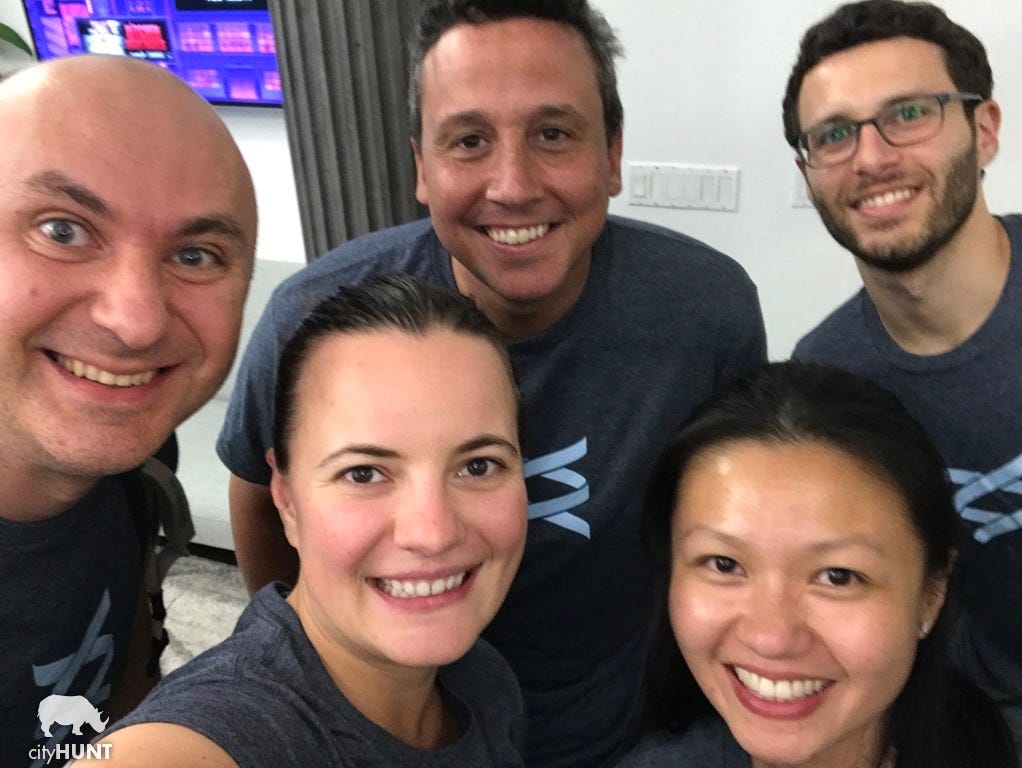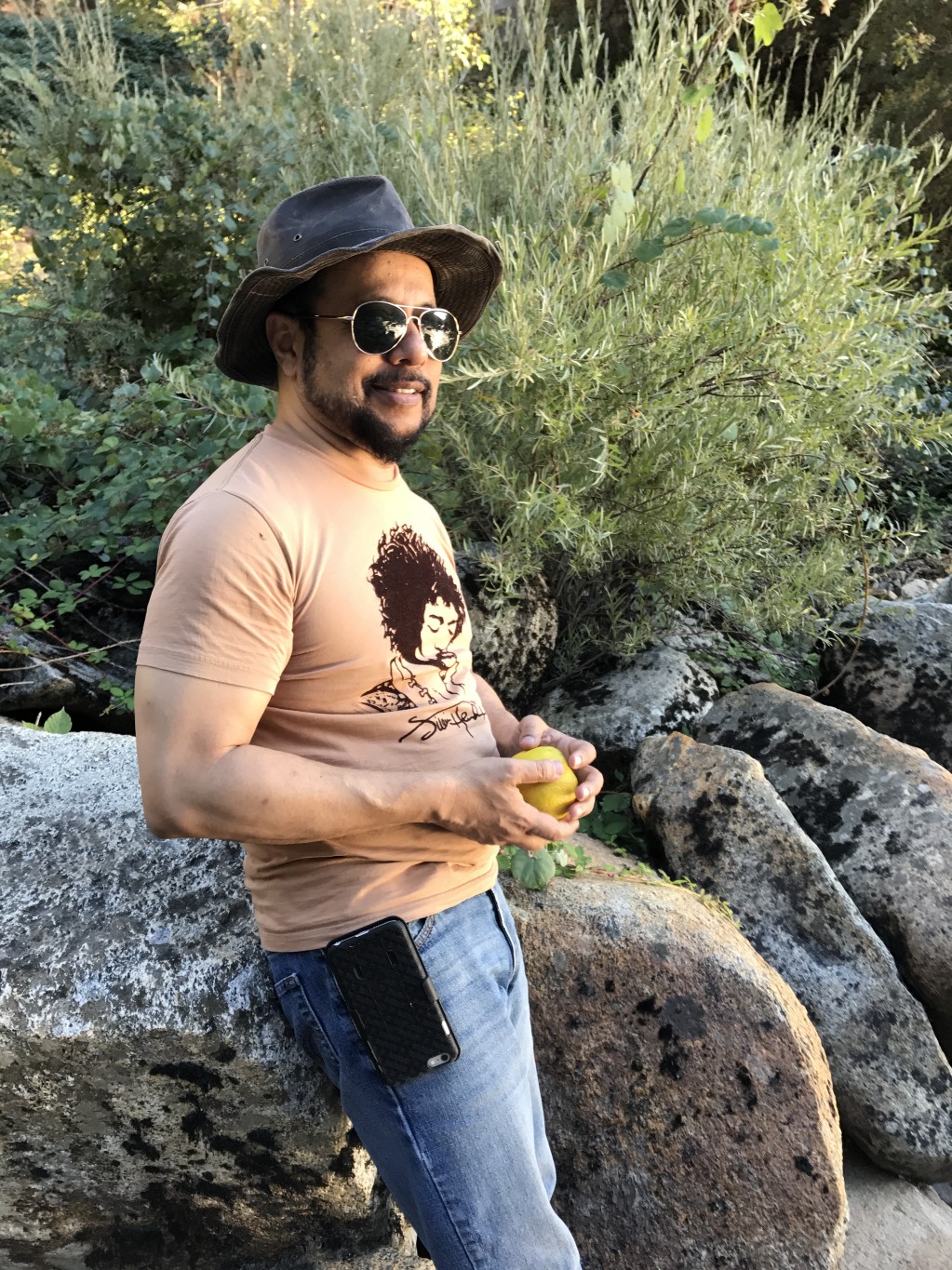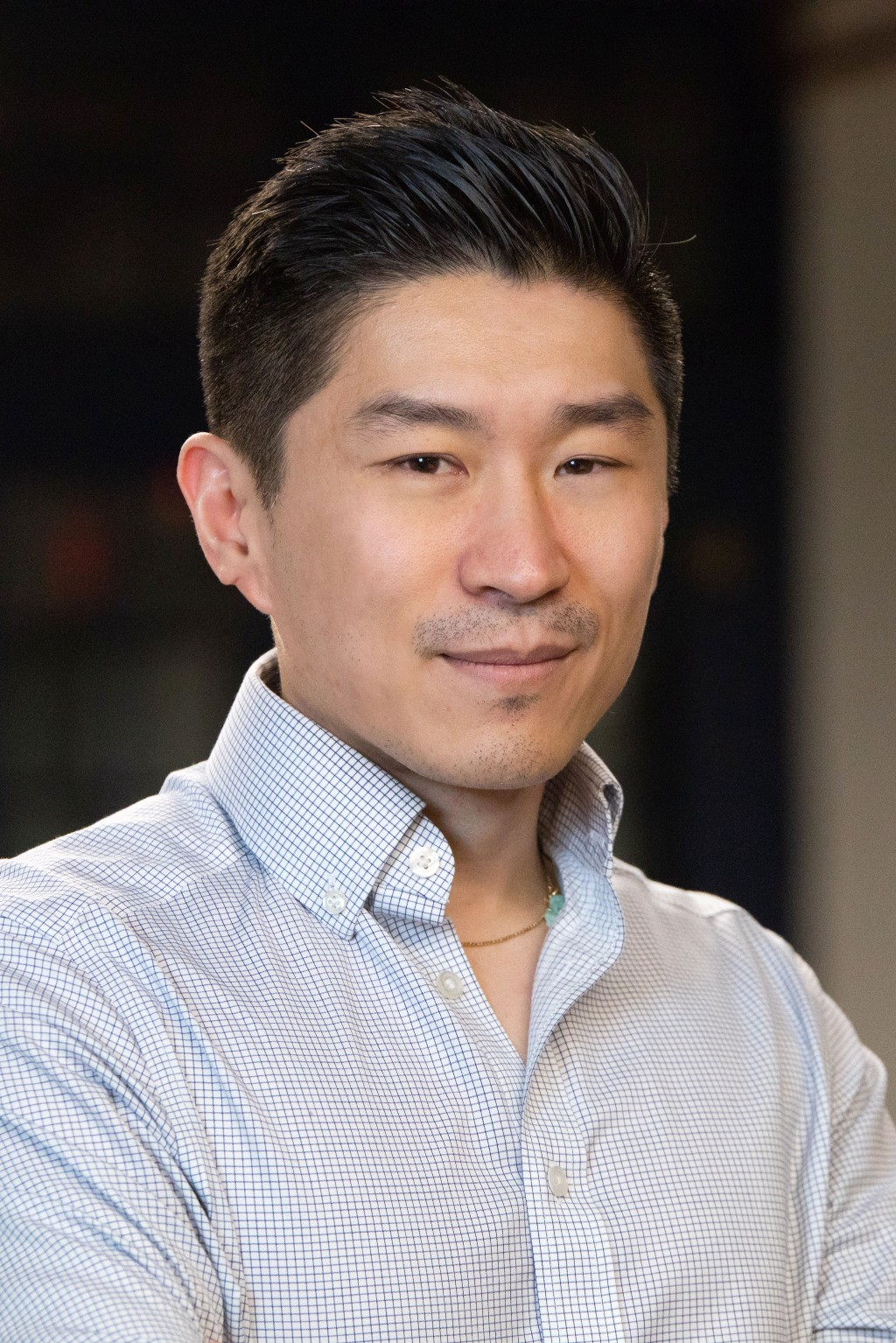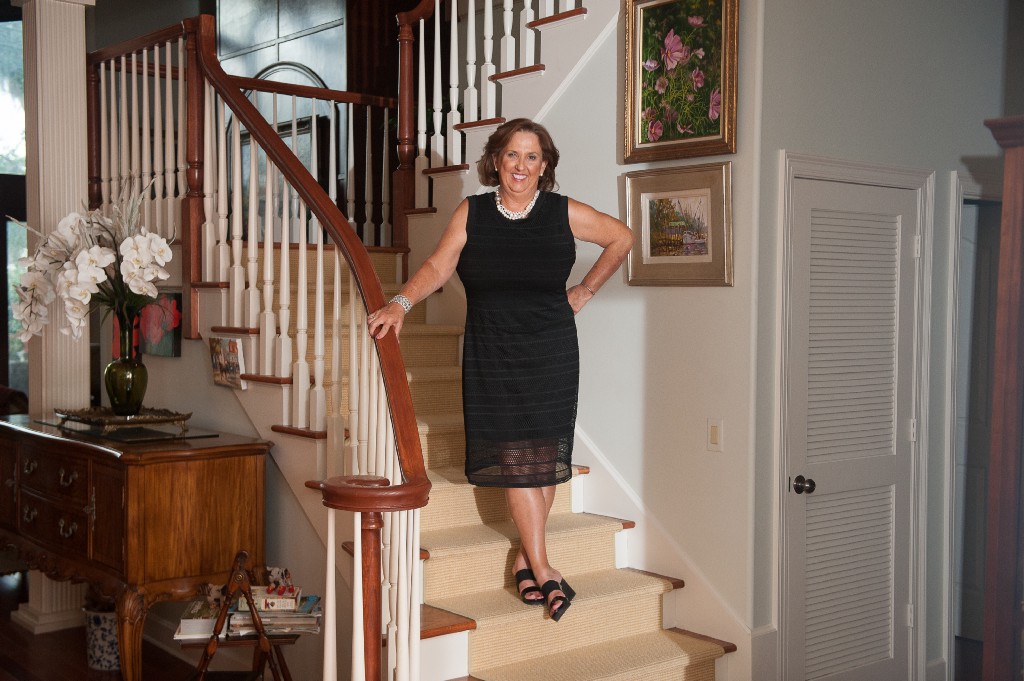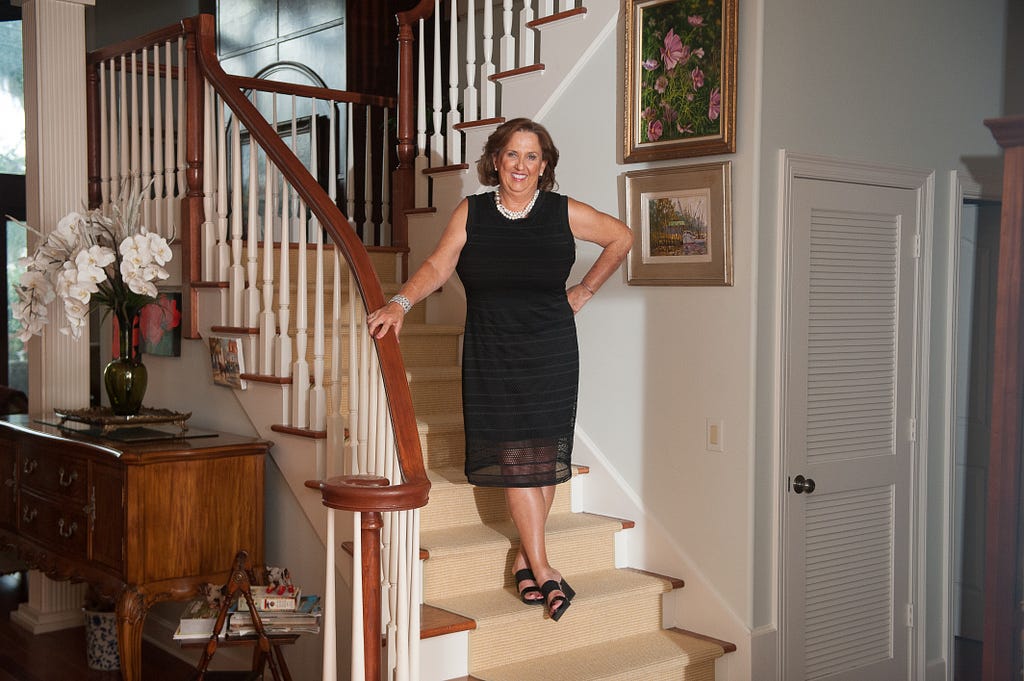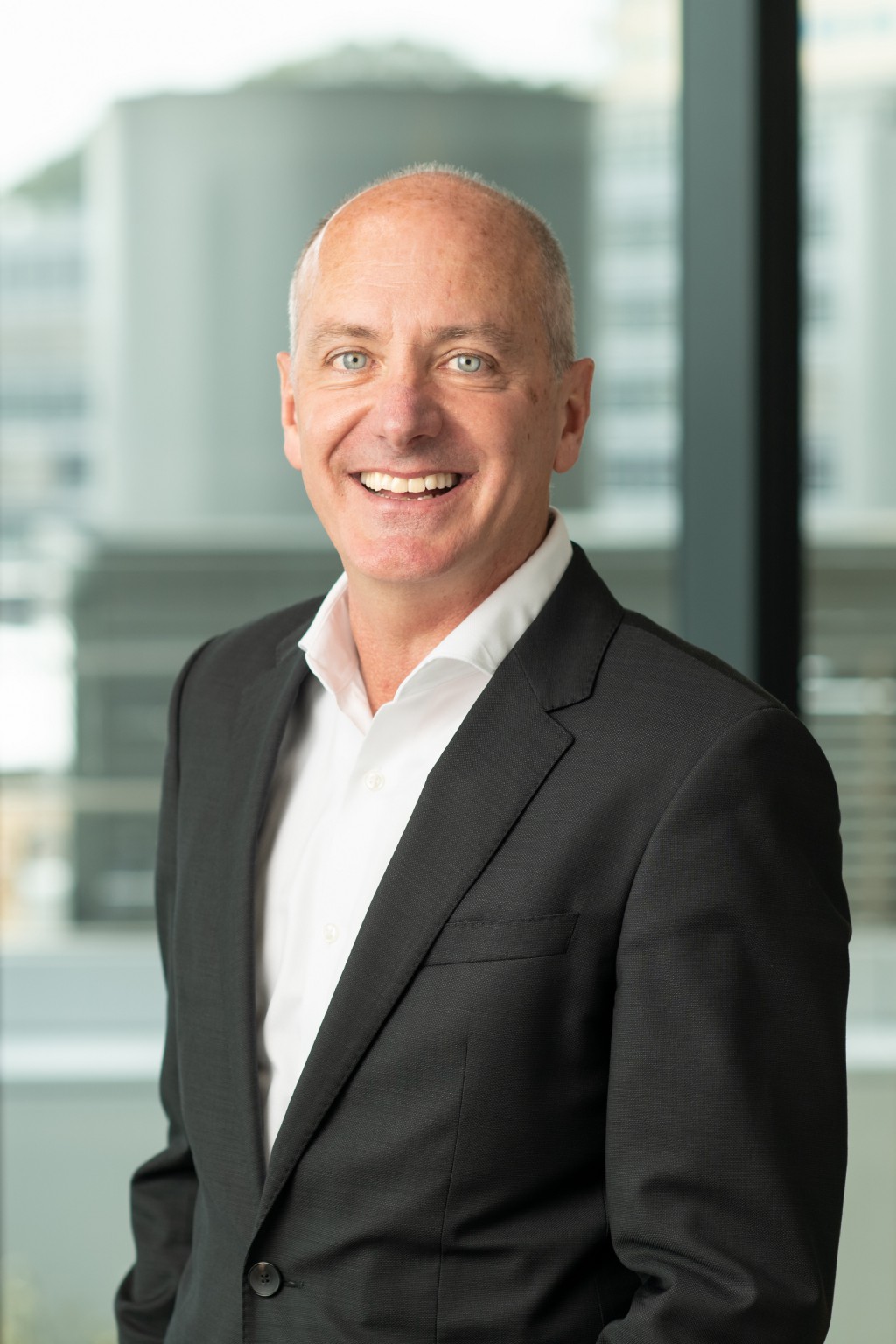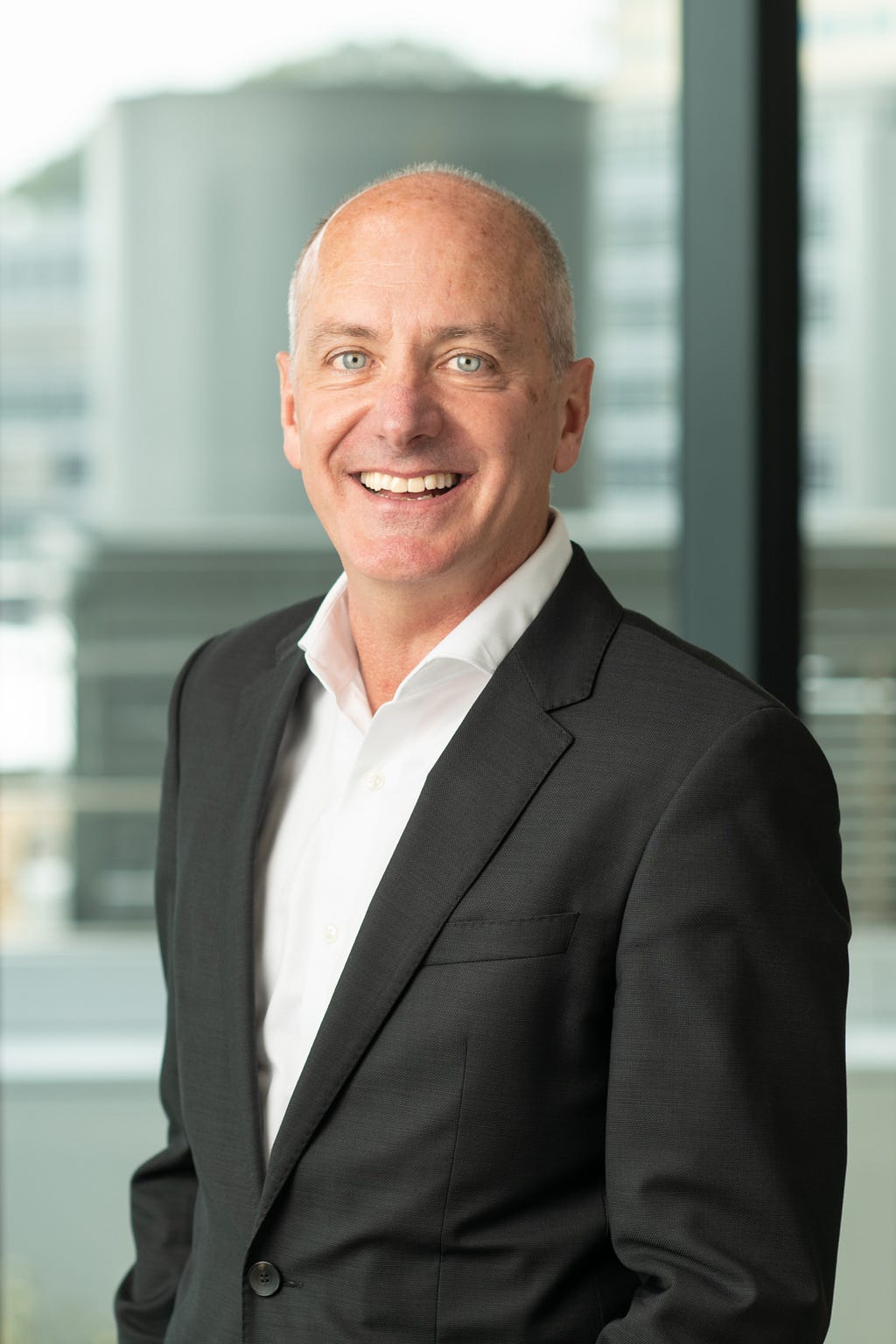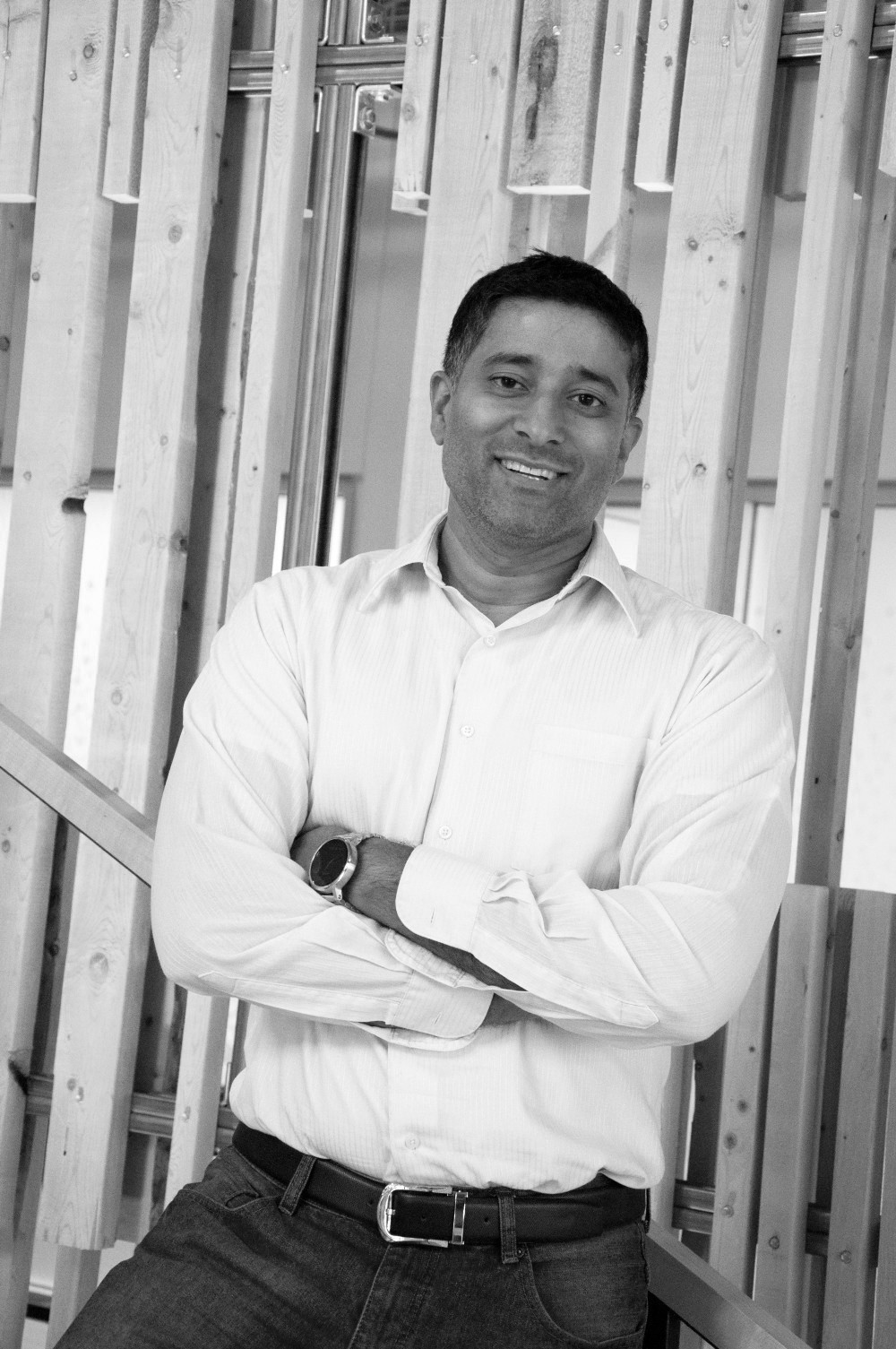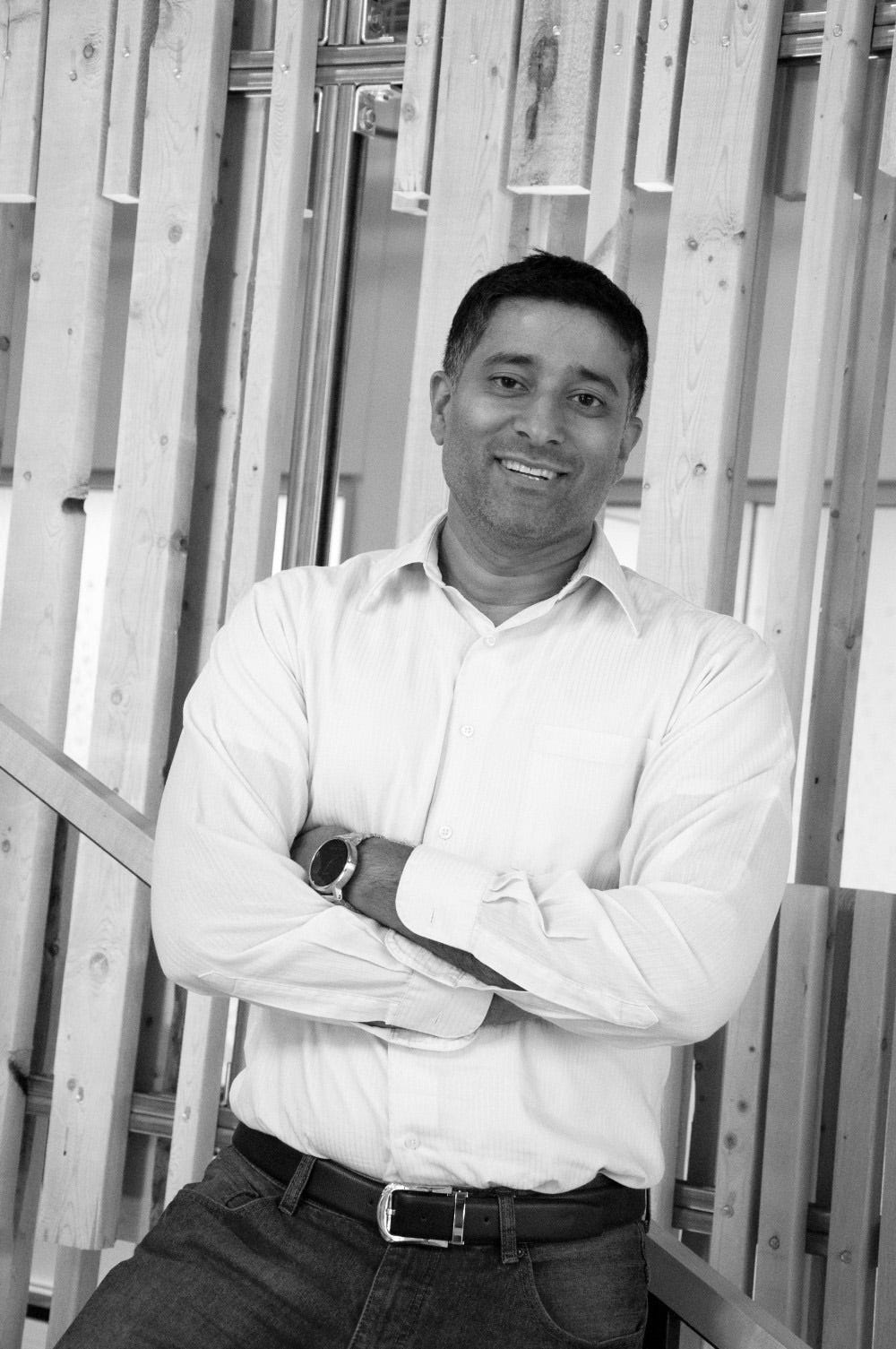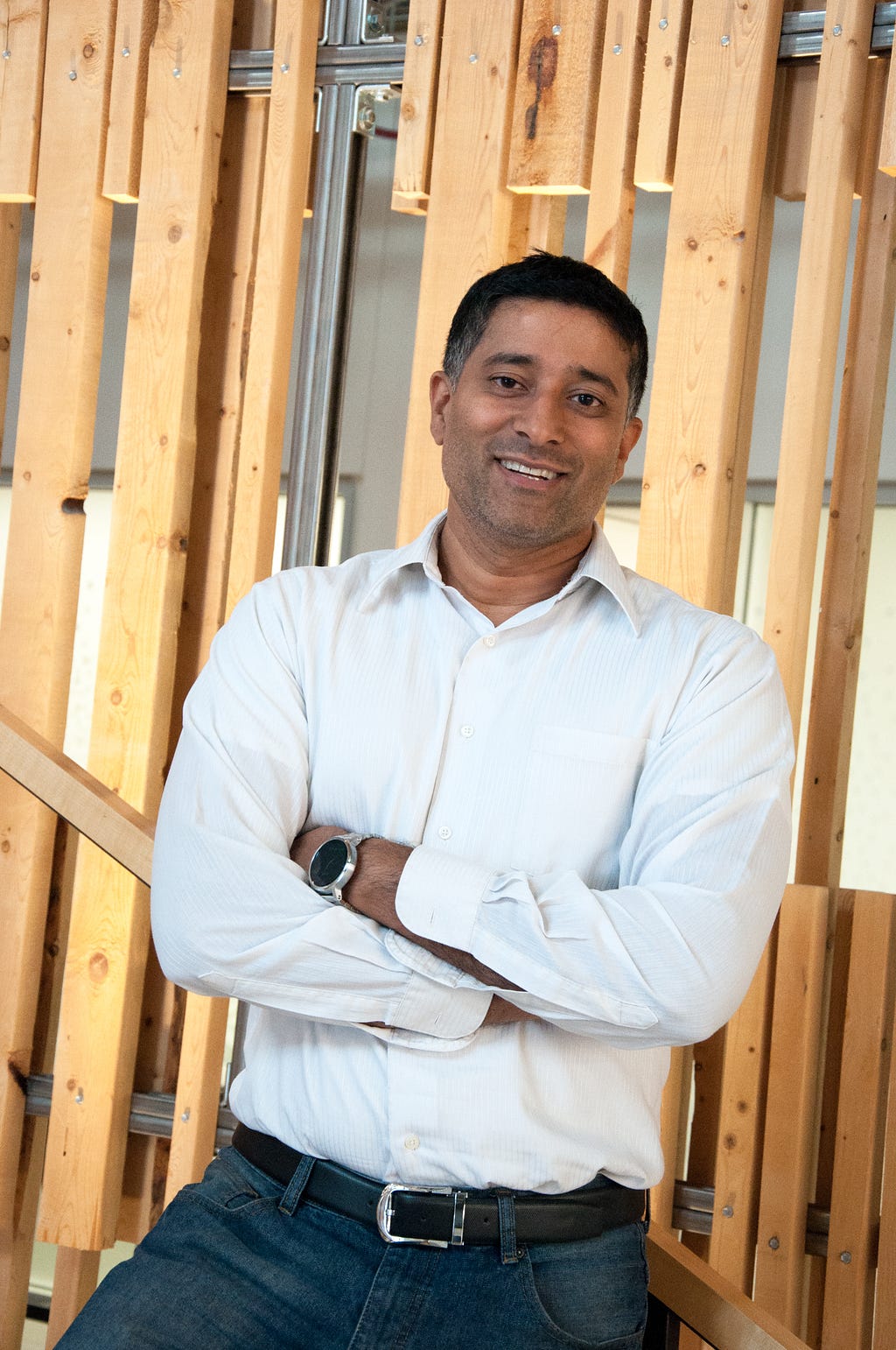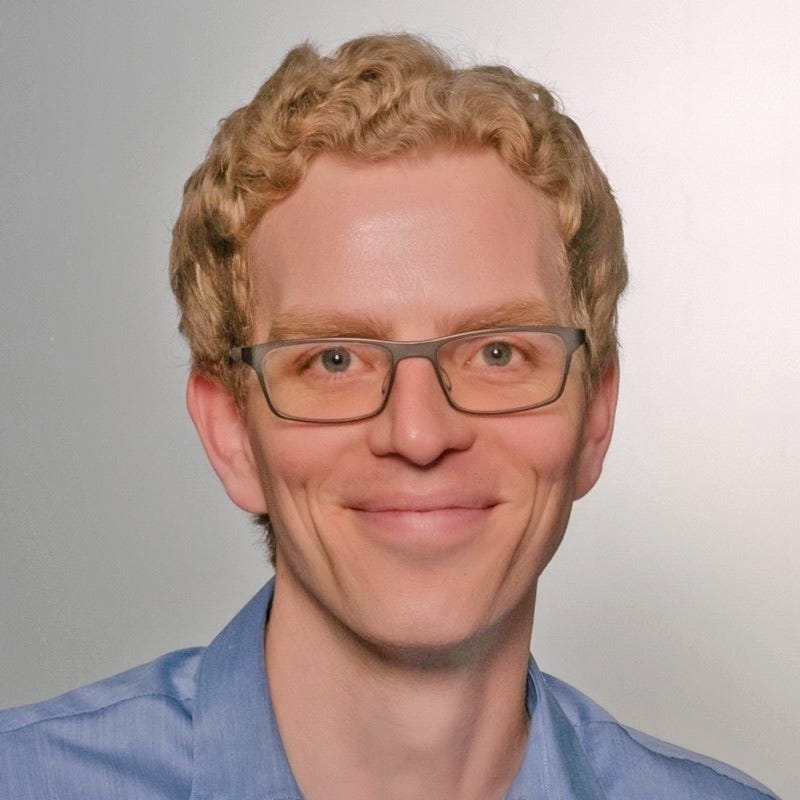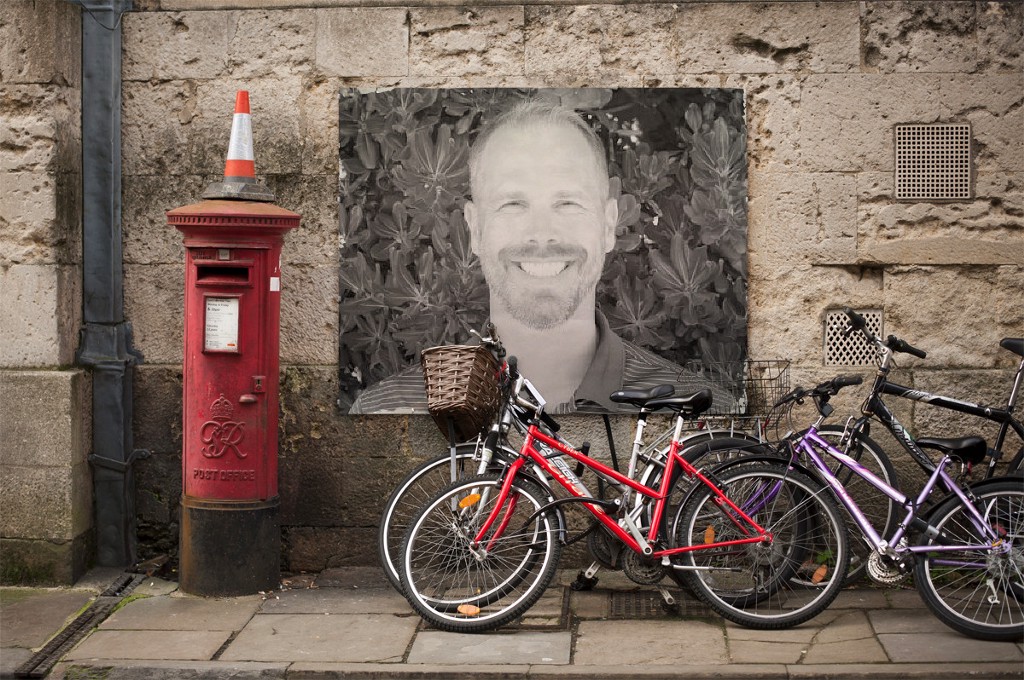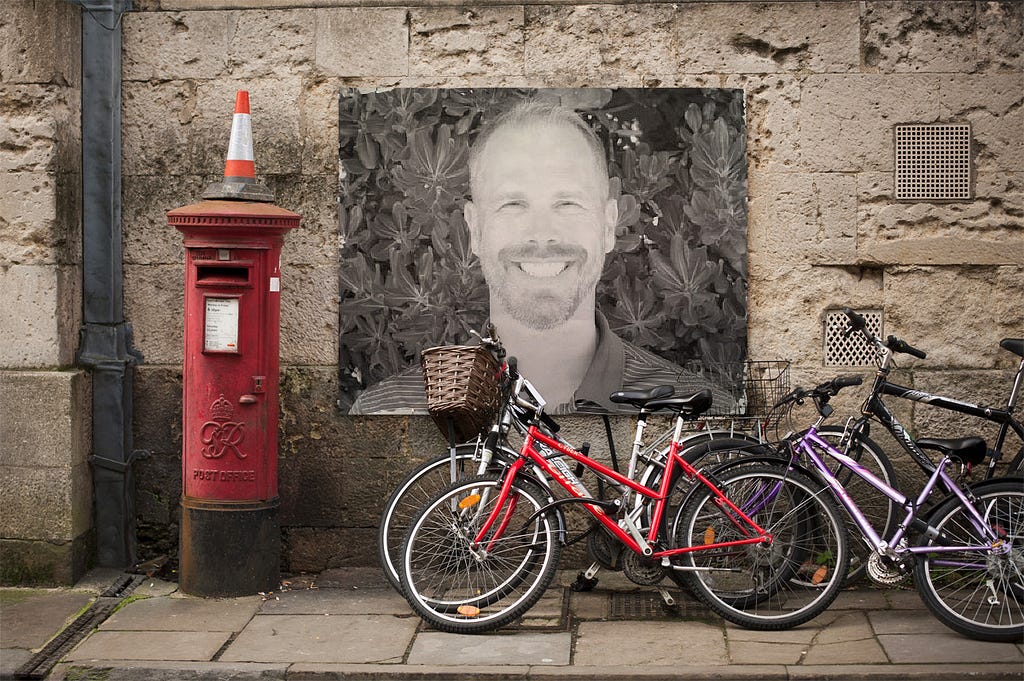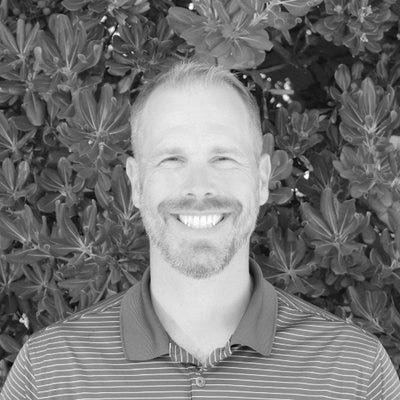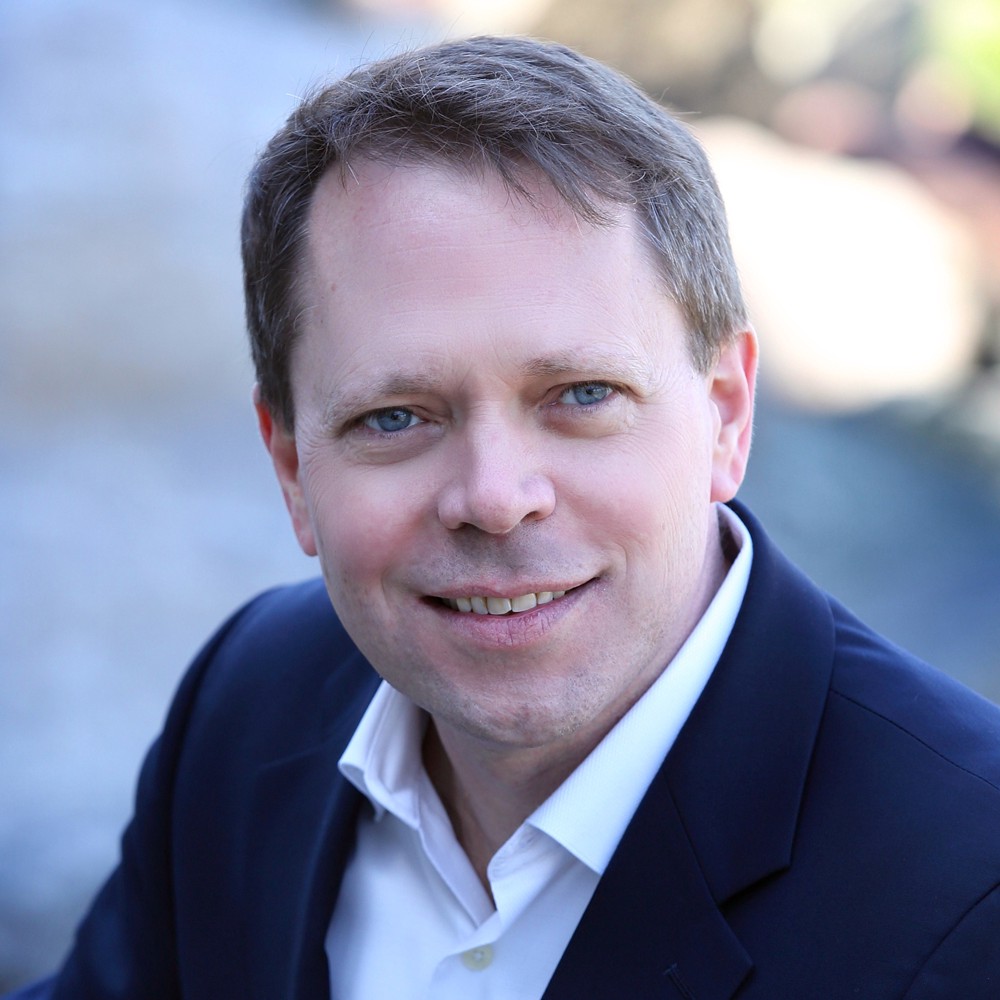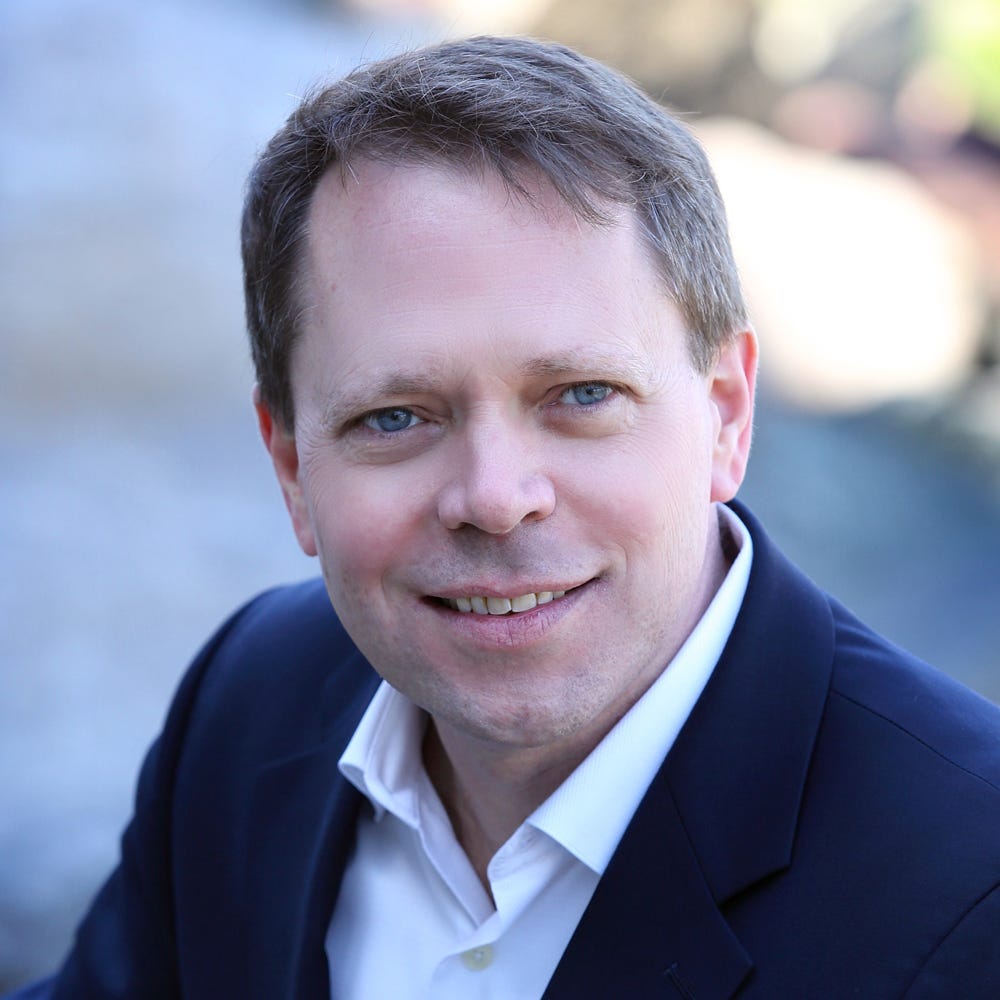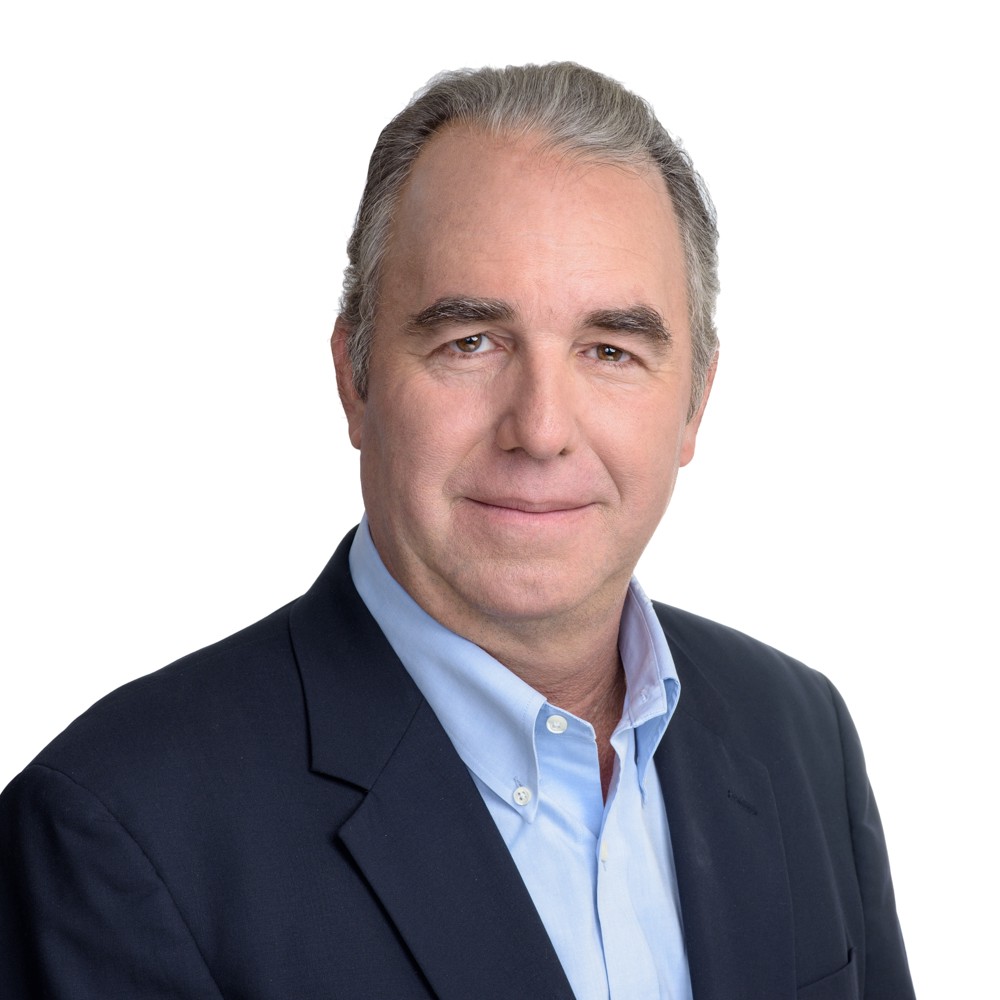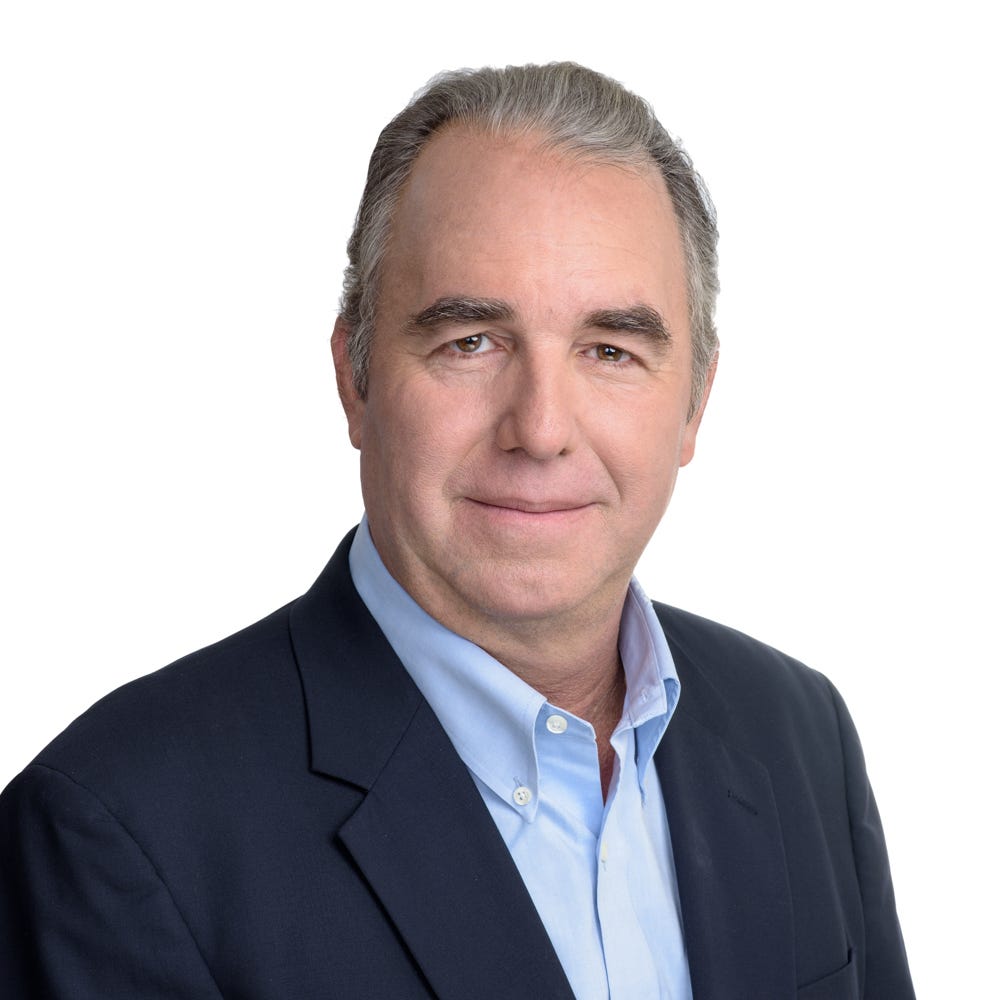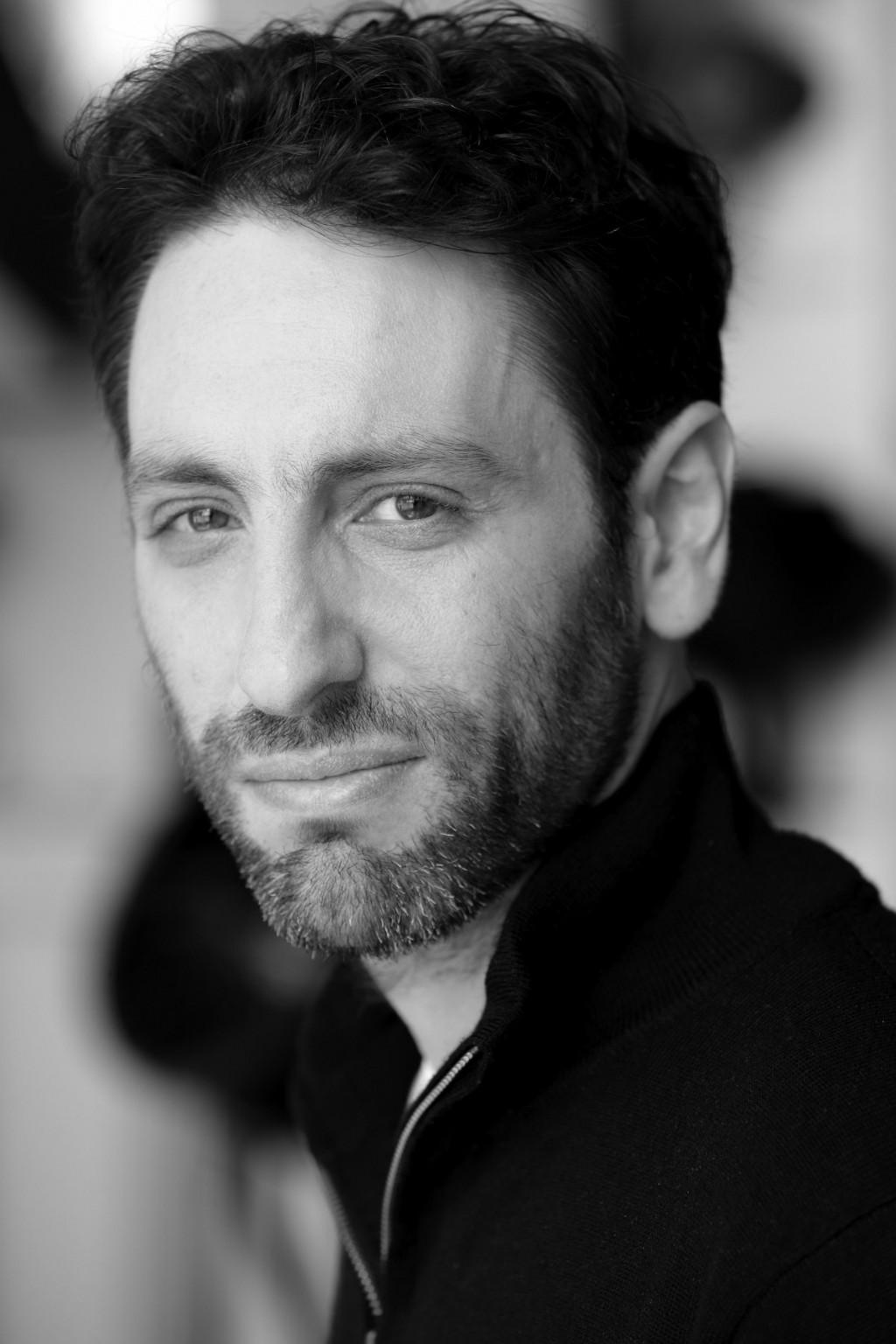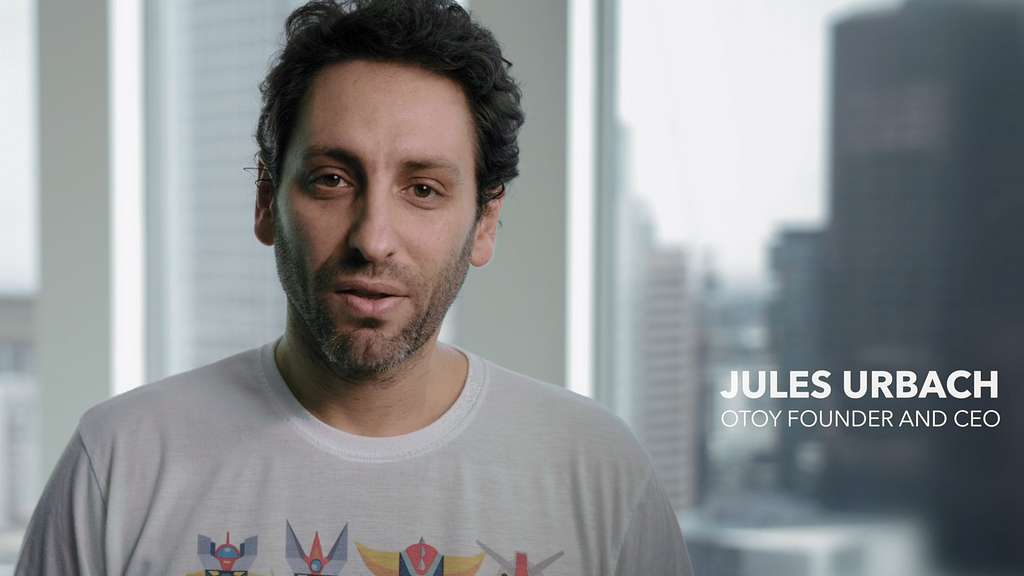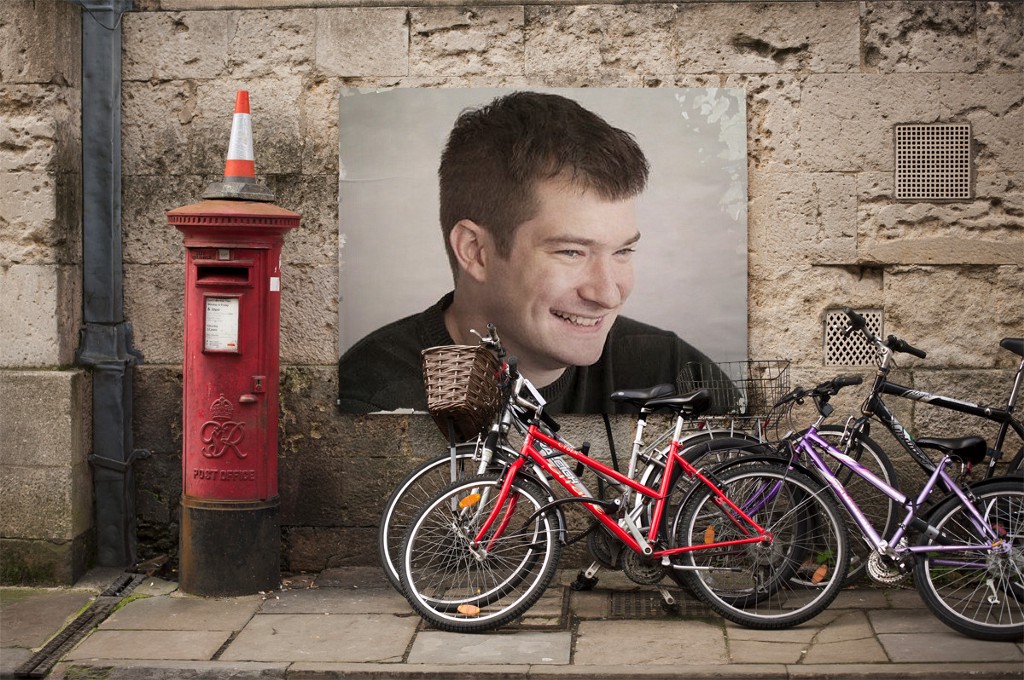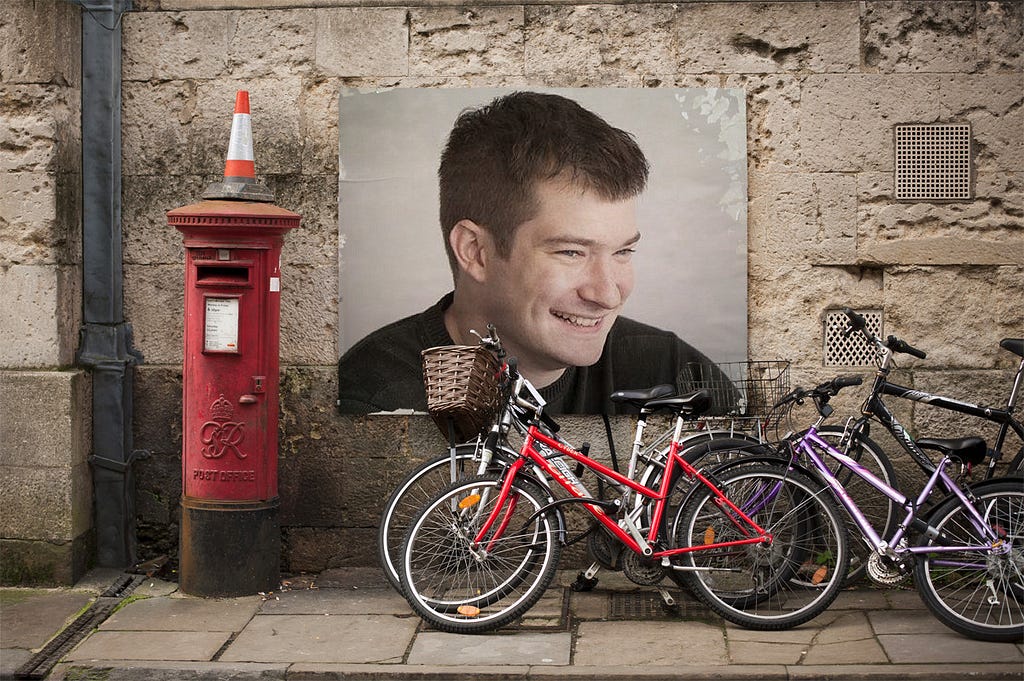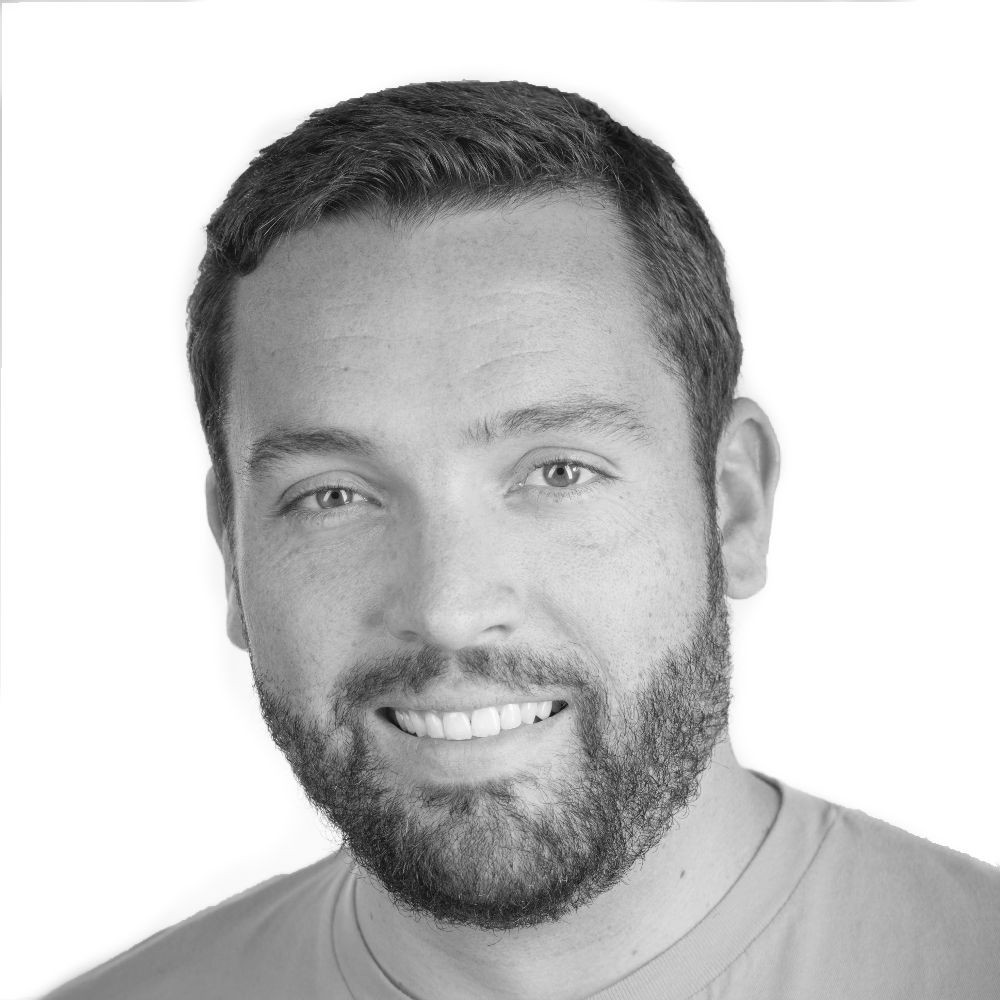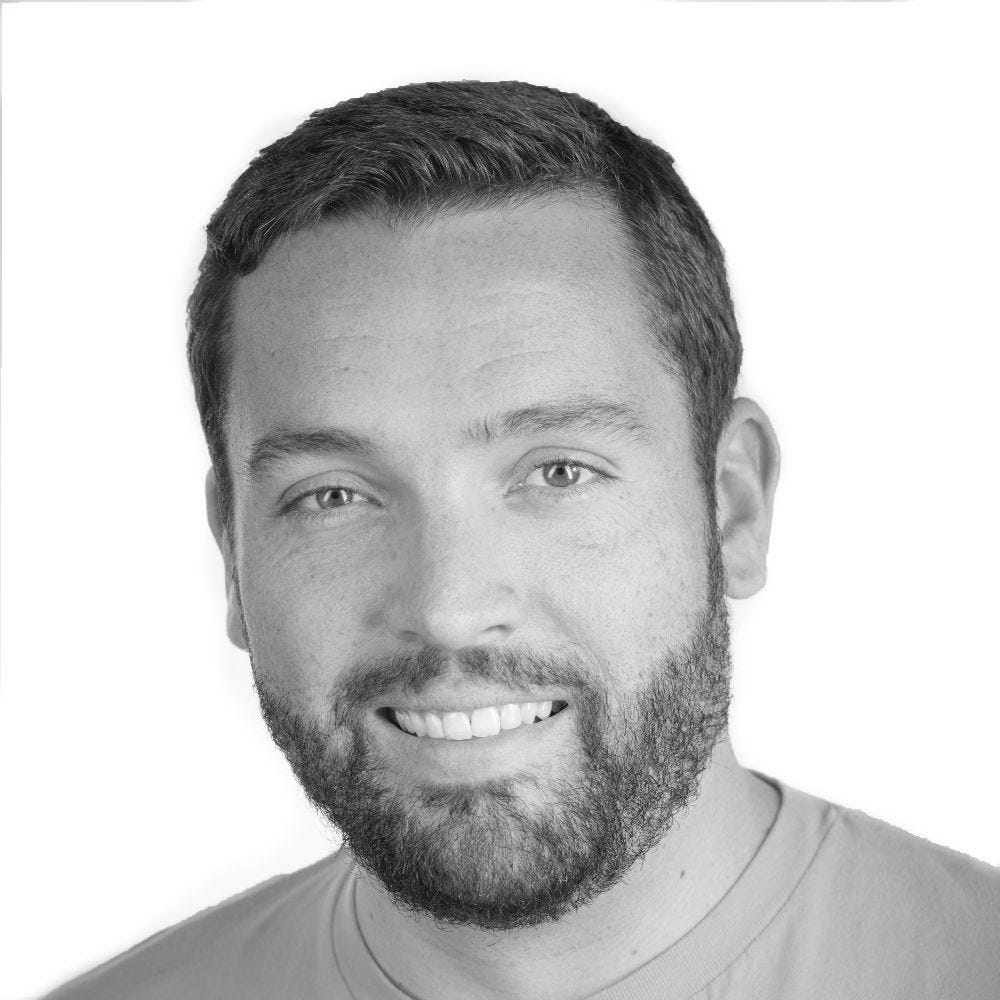“Digital marketing is the future of cannabis. It is the standard for every other industry, but cannabis is reluctant to adopt it due to the lack of traditional advertising options.” with Cain Castor

Digital marketing is the future of cannabis. It is the standard for every other industry, but cannabis is reluctant to adopt it due to the lack of traditional advertising options. Maximize on influencer campaigns, digital P.R., and email marketing. If you can provide your fans with enough digital quality, they will look into your brand, and you will stay on their mind.
As part of my series about “5 Things I Wish Someone Told Me Before I Started Leading a Cannabis Business” I had the pleasure of interviewing Cain Castor, the CEO of Good People, a full-service cannabis marketing agency. Cain has worked with numerous brands from startup to legendary market movers including Bhang Chocolates, FloraCal Farms, Origin House, and nuvata.
Thank you so much for doing this with us! Can you share with us the story about what brought you to this specific career path?
Long story short I graduated from Penn State in 2017 with a degree in finance. I always knew I wanted to start a business, but like most young people, I just didn’t know what I wanted to do, what I liked, or what I was good at. After working in project management for Fiserv in Philadelphia, I knew it wasn’t for me. I started freelancing on the side and eventually got laid off when a private equity firm bought our branch and laid off 1/3rd of the staff.
I started my agency with no set niche or plan. After failing to penetrate any market segment, I took a jump and we went full cannabis. I took a job at Origin House to learn the cannabis industry from the inside and worked on my agency on the side. After learning the processes, I took the leap and started running the agency full-time.
Within 2 weeks of relaunching into cannabis, we broke $15,000 in sales and are currently on pace for a 6 figure year.
Can you share the most interesting story that happened to you since you began leading your company?
When our team was creating our go-to-market strategy, our co-founder swore by Instagram to land cannabis clients. I thought he was absolutely crazy but I trusted his judgment because he has a knack for these things. He spent weeks developing the social media calendar for all platforms, all while I was focusing on the blog content and sales funnel.
Within 4 posts on Instagram, we had generated numerous leads and landed a large client. Moral of the story: Trust your team.
Can you share a story about the funniest mistake you made when you were first starting? Can you tell us what lesson you learned from that?
Puerto Rico had just gone medical and our team was absolutely set on diving into the market and becoming the first agency to take on their brands. If you check out our Instagram page, you can see 3 of our initial posts are in English & in Spanish. Our only issue is we didn’t have anyone in P.R. to take meetings and close deals. We spent a large portion of time logging leads and doing direct outreach before we realized that P.R. just wasn’t ready as a market.
It set us back a few months because we had the wrong focus, but if we didn’t do it, we wouldn’t have had as much success in the California market. The funniest part of it all is that even though we failed and wasted months of time, we ended up much better off.
Are you working on any exciting projects now?
Yes! Good People is working on releasing a new vape product named nuvata. There’s really nothing like it on the market. We’ve been developing the content and planning tradeshows & other public appearances for the vape, and things are running quite smoothly. The best part about the brand is its extremely colorful, and our design relies heavily on color. We feel right at home with nuvata.
None of us are able to achieve success without some help along the way. Is there a particular person who you are grateful towards who helped get you to where you are? Can you share a story?
I have to give all the credit to our co-founder, Diemmer Melendez. He’s one of the greatest creative minds in cannabis right now, and most of his proposals are so far out of the box for cannabis that it’s setting a new standard.
I met Diemmer at Penn State. He was doing freelance social media work for a few small businesses in Philadelphia. When I graduated from college, we took a trip to California and decided to start the agency. He transferred to online class so he can focus on our operations. His financial aid didn’t kick in for the entire next year, which led to him effectively dropping out of college to take on the project. While I was working at Origin House, I was only able to dedicate 4–6 hours a day on our agency. Diemmer was working every single day for 12 hours pushing us in the right direction.
Without him, we would not be here.
I also have to give a shoutout to my parents for giving me an A1 foundation and keeping me on the right path. Without them, I wouldn’t be who I am, the agency wouldn’t exist, and cannabis wouldn’t have us.
This industry is young dynamic and creative. Do you use any clever and innovative marketing strategies that you think large legacy companies should consider adopting?
Digital marketing is the future of cannabis. It is the standard for every other industry, but cannabis is reluctant to adopt it due to the lack of traditional advertising options. Maximize on influencer campaigns, digital P.R., and email marketing.
If you can provide your fans with enough digital quality, they will look into your brand, and you will stay on their mind.
Can you share 3 things that most excite you about the Cannabis industry? Can you share 3 things that most concern you?
The 3 things that excite me the most are:
- The Future
Cannabis went recreational in California in 2018, it’s been one full year since the market has been allowed to breathe. Even with intense regulations, the market is off to a sprint. Once regulations ease, more states become legal, and federal regulations are dropped, the sky is the limit.
Right now the market is supply driven. Dispensaries hold all the power because ultimately they are the only ones allowed to sell the product. Once companies can develop their own forms of e-commerce cannabis will enter into overdrive. That’s when we should expect to see the “Amazons” of the industry start to overtake the market.
- The Competition
Cannabis is getting top talent from fashion, cosmetics, sports, and other modern industries. The competition creates a need for high-quality products. The competition adds to a forever changing landscape that keeps getting better. As a marketer, this is fun because there are always new ideas. As a consumer, it’s great because there are so many new brands coming to the market every month.
- The lack of established guidelines
In fashion, a luxury brand can only be portrayed in so many ways. Every industry has unwritten rules you have to follow to be successful. Cannabis has some, but there are few because the market is still scrambling to find its final identity. We see brands taking minimalistic approaches, colorful approaches, retro approaches, it’s amazing. It allows for much more creative freedom, and riskier marketing campaigns.
Can you share your “5 Things I Wish Someone Told Me Before I Started Leading a Cannabis Business”? Please share a story or example for each.
- Cannabis as a whole is like working in one giant startup
No matter if you’re working for someone or starting your own business in cannabis, the whole thing is a startup. I’ve worked at a half a billion dollar publicly traded company, and it was still in the startup phase. Maybe this is simple, but I was not expecting that. If you want to succeed, you need to have patience, stay positive, and be flexible. If you can roll with the punches of an always changing work environment, then you will do well in cannabis.
It’s best to keep in mind that all other companies are startups too. Reply time may be slow, employees may be high out of their minds, but you have to take it at face value. Everyone is trying their best, and in a few years, things will run more smoothly.
2. Creativity makes all the difference
Your brand will go belly up quickly if your branding isn’t right, or your marketing is weak. Right now the top brands also have creative branding and marketing. When you take a look at Canndescent, their product is quality, but what takes them to the next level is their branding and packaging.
This is the future of the market is this. If you can’t keep up with this, you won’t last.
3. Industry vets know as much as the newcomers.
After working closely with people who have been in cannabis since the beginning of its medical legalization, I learned this quickly. The reason the playing field is even is that a lot of what worked in the past has changed. We are all watching the market grow the same way. While they will have key insight and fully cultivated relationships in the industry, people coming from other industries are changing the market every day.
In some cases, those caught up in the old ways of cannabis will get passed up by newcomers
4. Not everyone consumes cannabis.
Before creating your company culture around smoking all day every day, understand that not everyone who works at a weed company will use weed. Cannabis is a lot like every other industry. Your function in the business, whether its creative, management, or owner is to increase profits. While it’s ok to smoke a little sativa to lock in, or a hybrid to get your creative juices flowing, don’t encourage excessive use during the day.
I’ve made it a personal standard to avoid cannabis use (with the exception of an occasional vape hit if I’m having a rough/long day) until I’m done with all external communications for the day. The people that work for us are free to consume responsibly throughout the day, but as a leader, you have to lead by example. I don’t mind if my employees are high if they’re being productive.
Know yourself and know your limits. While some people might be able to smoke a 1 gram pre-roll and go back to work unphased, some people can’t function off one hit.
There’s also a unique challenge in marketing where its best to sample your products so you can know exactly what makes the product great, and find its biggest weaknesses. The top marketers don’t need more than a glance at a product to know how to market it, however, this is the exception.
If you’re looking for employees or partners, it will be an added help if they consume. If they don’t make sure they have ample industry knowledge to make up for this.
5. Brand new industries bring out the best and the worst.
After jumping into cannabis I’ve had some of the greatest moments in my professional career and met some of the best people around. , the option of a brand new start in a new market brings out the worst. A lot of people who don’t quite take the industry serious move over for a fresh start. Some people come to avoid their past and work at companies that don’t do background checks.
I’ve seen people in leadership positions that are extremely unqualified. When looking into their past, you find lawsuits, firings, and a worrying track record from each place they’ve worked.
There will be a lot of frauds, people who over promise, and people who talk the talk but don’t walk the walk. The key is fully vetting your opportunities. If you’re taking on a client who makes bold claims, look deeper into it. When hiring a candidate, make sure you know exactly who you’re getting.
What advice would you give to other CEOs or founders to help their employees to thrive?
Trust your team. Your company is your baby, your livelihood, and most importantly, your legacy. If you want your business to thrive, assemble a team of people who are talented, and let them run the show. There’s nothing worse than hiring a team of smart people with great ideas and telling them what to do. This will kill creativity and create the wrong idea for your company.
Instead, as CEO focus on the bigger picture, creating a kick-ass company culture, and making your employees feel valued. If you can create a great environment where employees love to come every day, you will see the results in your profits.
You are a person of great influence. If you could inspire a movement that would bring the most amount of good to the most amount of people, what would that be? You never know what your idea can trigger. 🙂
Give more opportunities to people who don’t fit your perfect employee avatar. Other industries tend to hire within a defined bracket of experience, skill set, and interests. While you want to make sure your team can synergize, the unlikely candidate usually tends to be more appreciative, work harder, and remains loyal.
While it may seem like the USC graduate with the 4.0 might be a great choice for your position, they know their value, and there will always be other opportunities for this candidate. Roll-up your sleeves and get into the nitty gritty! Hire the designer with no agency experience, 4 years of service experience, and high school degree as your Jr. Graphic Designer.
What is the best way our readers can follow you on social media?
Please follow @weRgoodpeople on Instagram to keep up with our upcoming activities. If you want to speak with me directly and talk some bud, DM me @Cain.Castor on IG.
This was very inspiring. Thank you so much for joining us!
“Digital marketing is the future of cannabis. was originally published in Authority Magazine on Medium, where people are continuing the conversation by highlighting and responding to this story.

